Capital:
Lima
Currency
Nuevo Sol
Best time to visit:
Il Perù è un Paese che si può visitare in qualunque periodo dell’anno: il clima cambia molto a seconda della regione. Da dicembre a marzo piove spesso in montagna mentre fa caldo lungo la costa. Tranne che per il nord, la costa scompare da maggio a metà settembre nascosta dalla garùa (nebbia costiera).
In a word:
La noche es larga (the night is long)
Vaccines
La malaria è diffusa soprattutto in Amazzonia. Nel Paese è anche presente la dengue. Prendete tutte le precauzioni necessarie per proteggere la pelle dalle punture di zanzara.
Warnings:
– Gran parte del territorio peruviano si trova ad un’altitudine elevata (Machu Picchu 2500 mt, Lago Titicaca 3820 m, Cuzco 3320 mt). Considerate il pericolo di soroche.
At the table:
La patata è originaria del Perù perciò non stupisce di trovarla in ogni pietanza e in ogni forma. Per uno spuntino veloce evitate i chioschi di strada e puntate invece verso una polleria (rosticceria che serve polli allo spiedo) o una panetteria per una empanadas (fagottini ripieni di carne o formaggio). Se ci tenete ad assaggiare il ceviche (pesce e frutti di mare marinati crudi, il piatto nazionale), fatelo in un buon ristorante. Tra i dolci segnaliamo l’ottimo suspiro limeno, una sorta di budino al caramello guarnito con meringa.
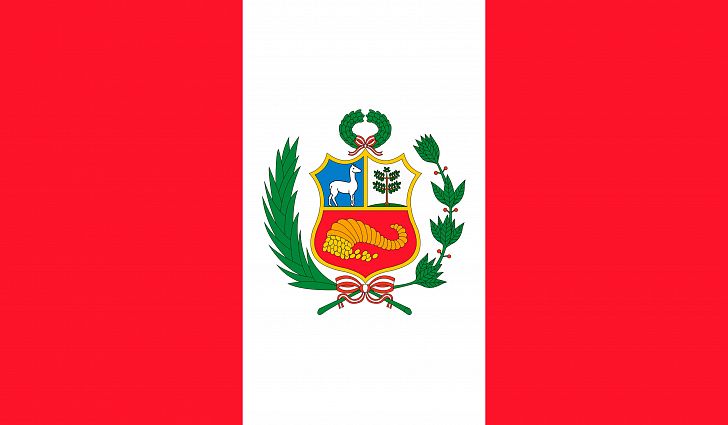
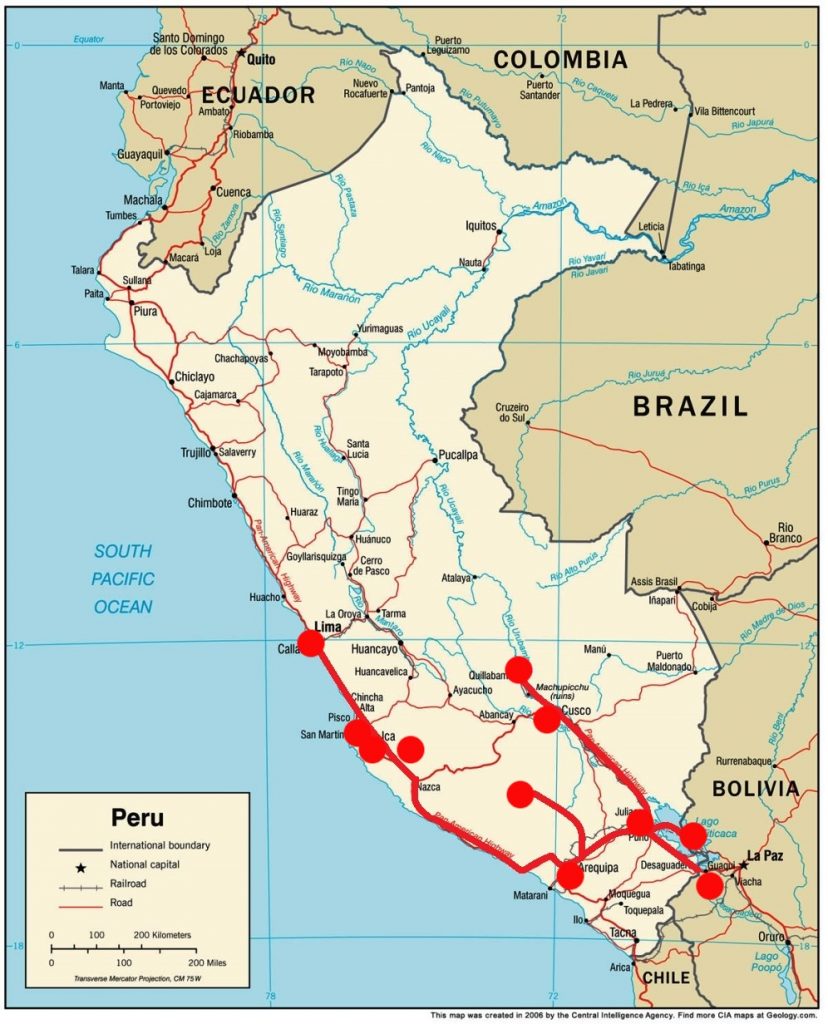
Essential experiences:
Fly the Nazca lines with an airplane; Living with an old tribe in Lake Titicaca; Do sand surfing in the Huacachina desert; Conquer the magical Machu Picchu
We start from the capital: Lima by van. First taste of South American Andean while going south. In these three weeks we will experience some of the most varied experiences ever; we will be darting on surfboards from high desert dunes, to fly with a small plane to discover mysterious lines visible only from above, we will sail among the waves of the Pacific towards the Little Galapagos or among those of the famous Lake Titicaca to know ancient tribes and their lives up to the magical ruins of one of the wonders of the modern world: Machu Picchu.
Our suggested itinerary (18 days) | |
three days: | Lima, Islas Ballestas, Paracas, Huacachina (dune buggy), Nazca (flight over the Nazca lines) |
three days: | Arequipa, Chivay, Colca Reserve |
four days: | Puno, Isla Amantani, Isla Taquile, Sillustani |
five days: | Cuzco, Aguas Caliente, Ollataytambo, Macchu Picchu |
| three days: | Pisac, Cuzco |
Early in the morning we begin our visit to Lima; many colonial churches of ancient charm, the San Francisco Church Complex, dating back to the 16th century and containing a series of very sinister catacombs.
We are just in time to watch the presidential guard change in the Plaza de Armas. It too retains a flavor of a distant past!
Before continuing our journey to Paracas, we stop in the Miraflores district for a relaxing stroll in one of the most trendy places in the capital!
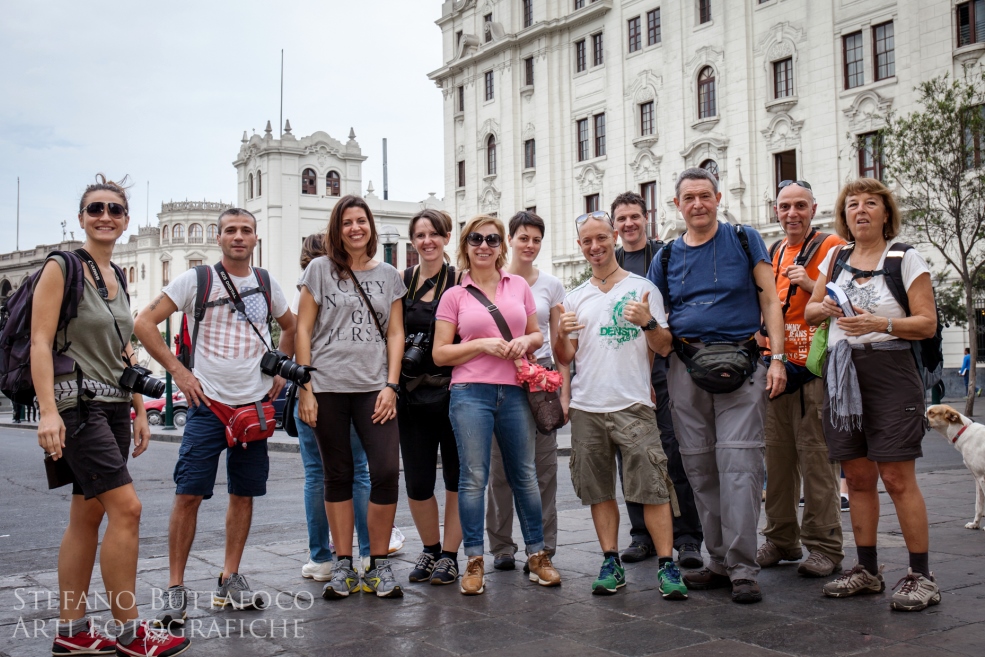
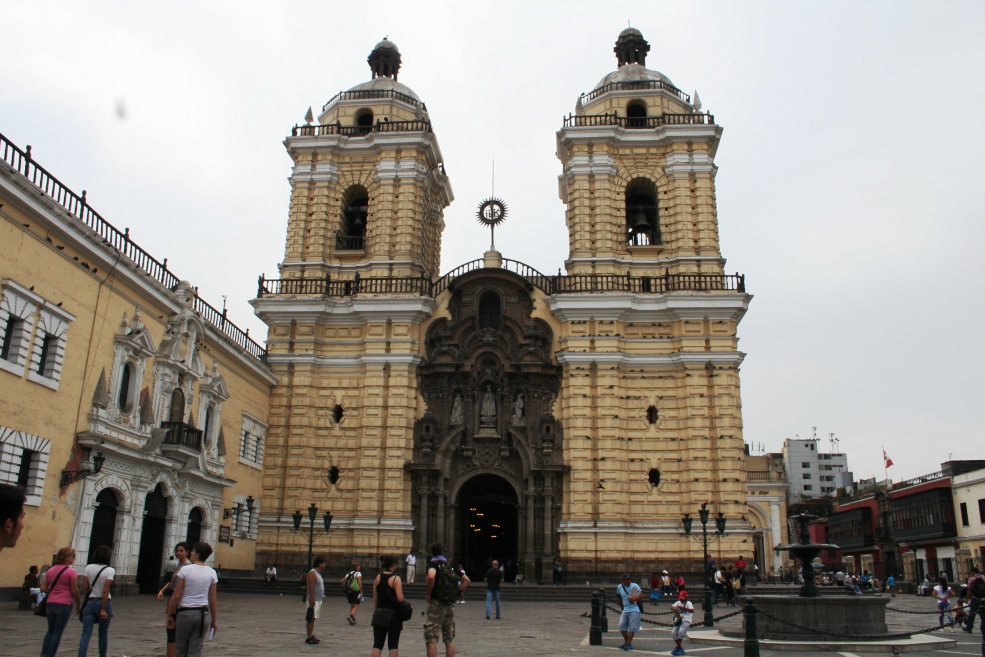
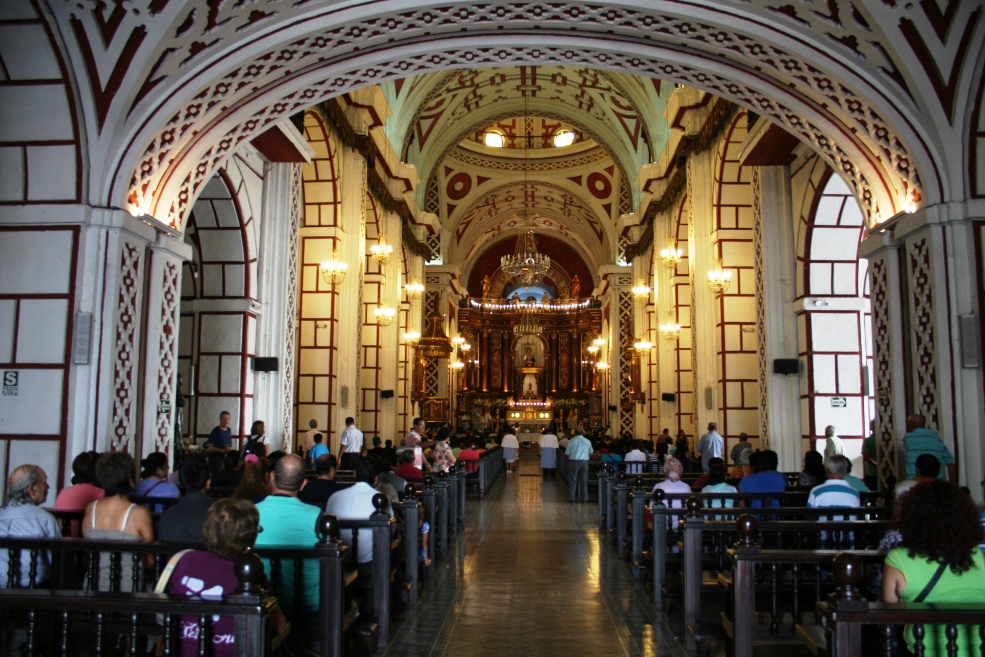
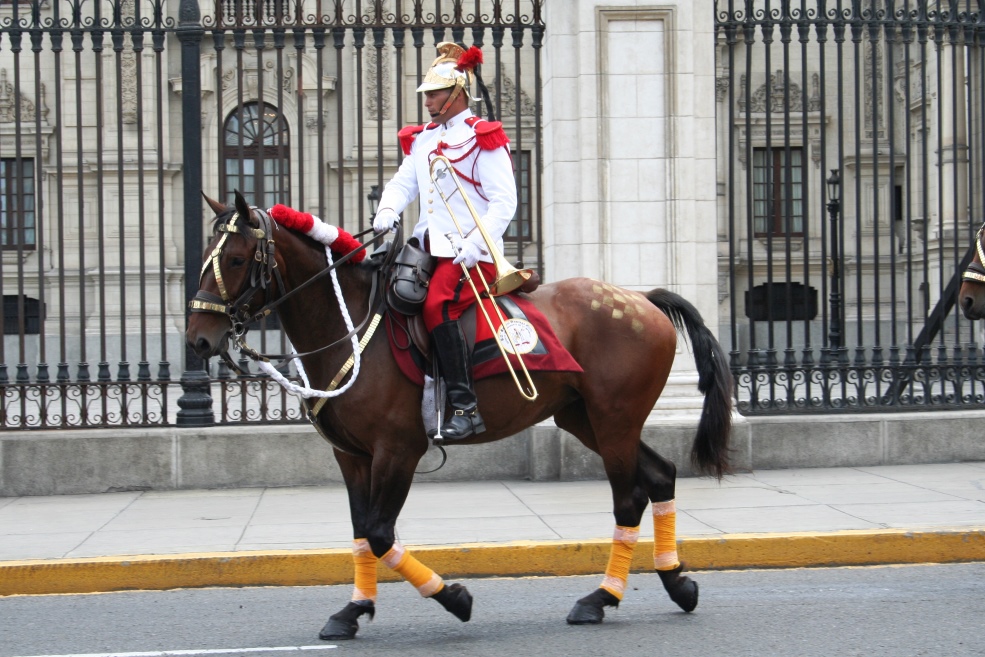
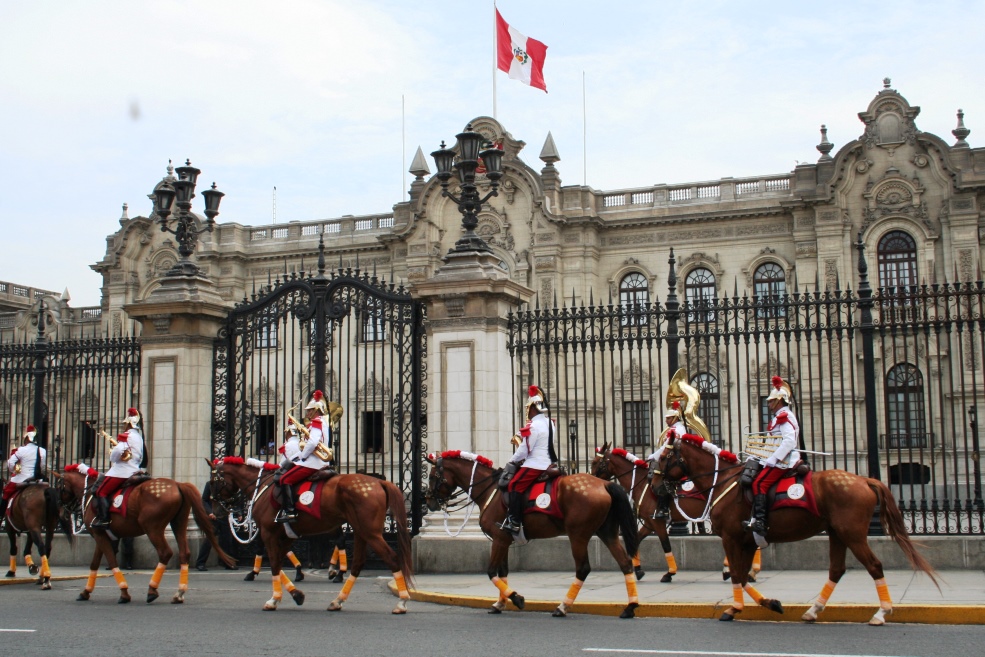
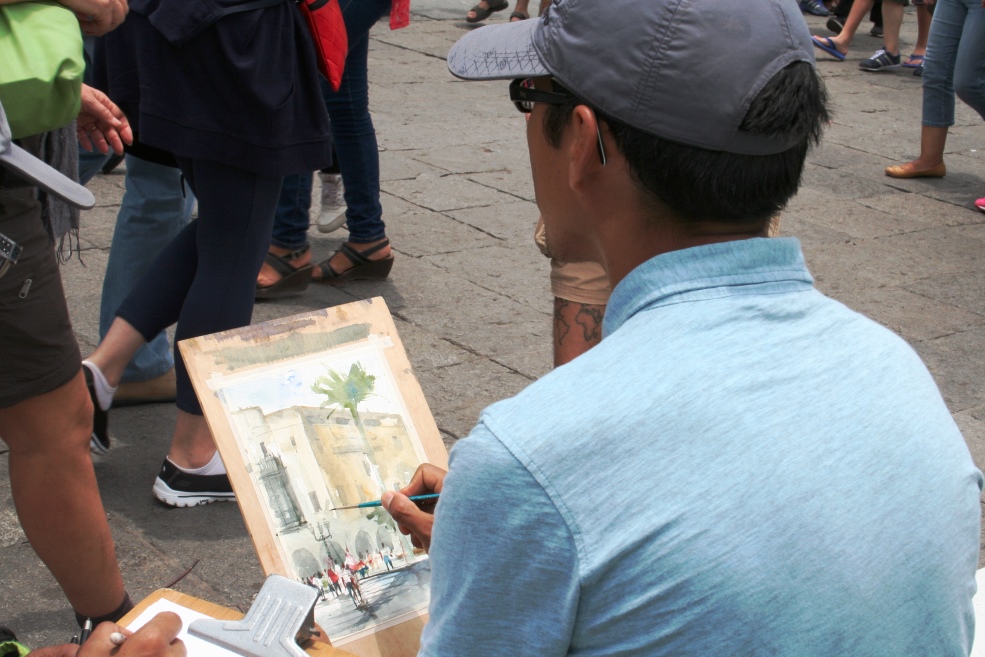
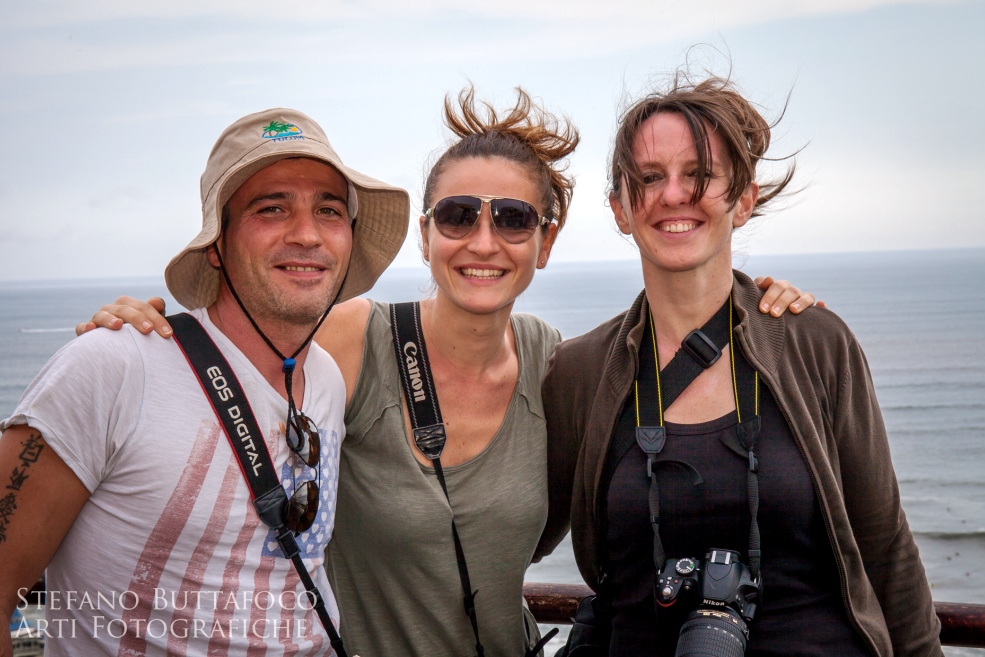
We board at 08.00 from Paracas to discover the Ballestas islands, considered the small Galapagos, located off the town of Pisco.
I didn't expect such an amazing show! Colonies of sea lions and sea lions rest lazily on small ageless pebble beaches or on prehistoric rocks full of algae and guano.
Majestic flocks of cormorants fly in every direction ...
The sky is a blinding blue, the rare white clouds help make our photos even more picturesque ...
... the animal sounds, their smells capture us and make us imagine the first explorers who sailed from distant ports to unknown places on old sailing ships, driven by the desire for discovery!
We return to the Paracas Embassy while a group of dolphins greets us not far from our boat ...
An hour later we are speeding along the dune buggies in the sultry Huacachina desert ...
The drivers of these off-road vehicles are really crazy! They made you go up on huge sand dunes and when you thought you had reached the maximum of emotions: here began the descent, amid the cries of my traveling companions and the recoil shots on the back!
We can also do sand surfing on large dunes! What a funny experience!
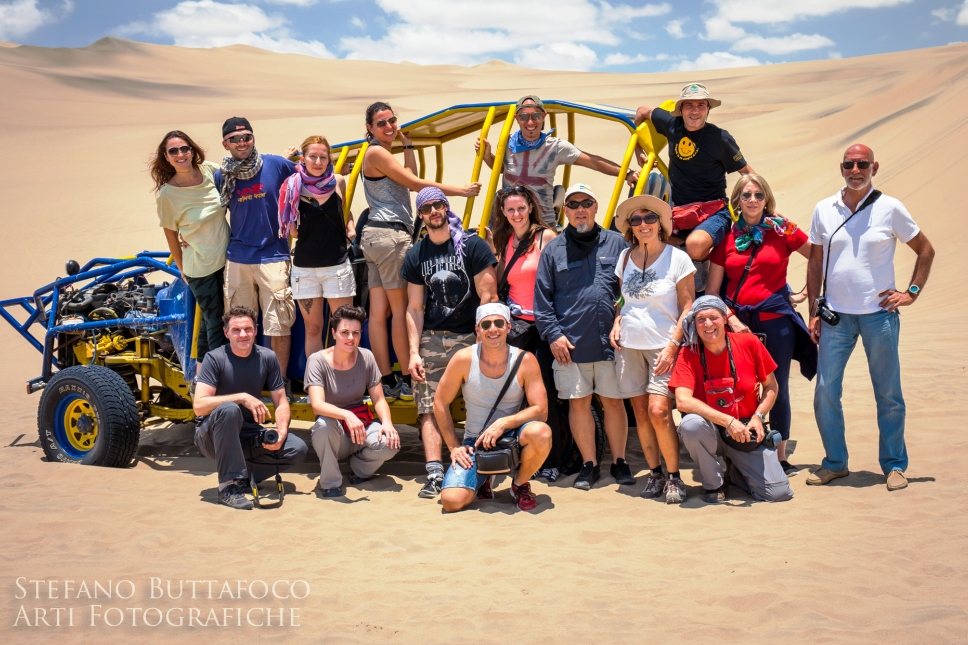
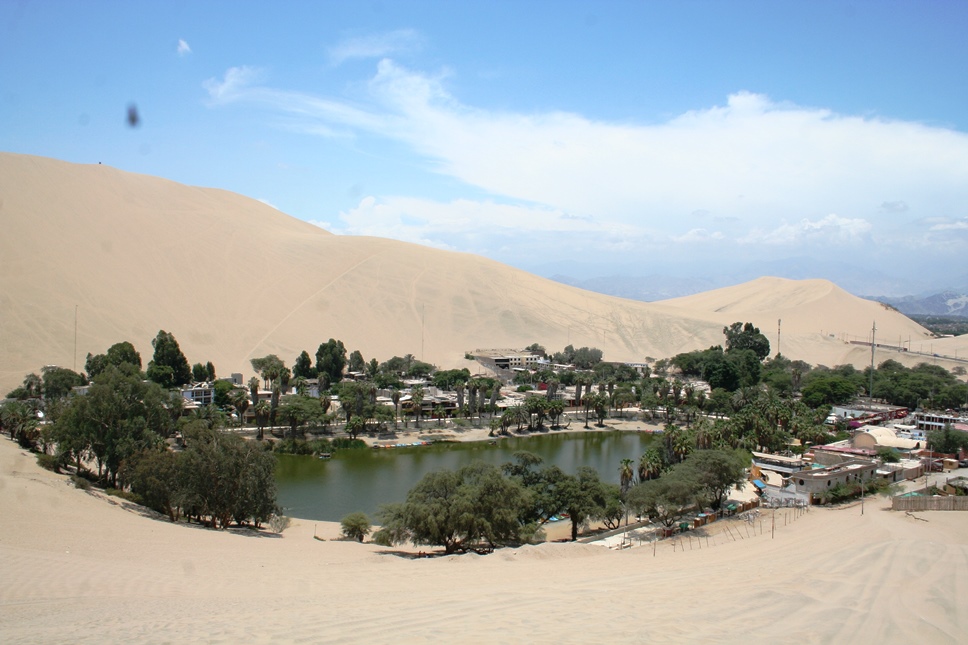
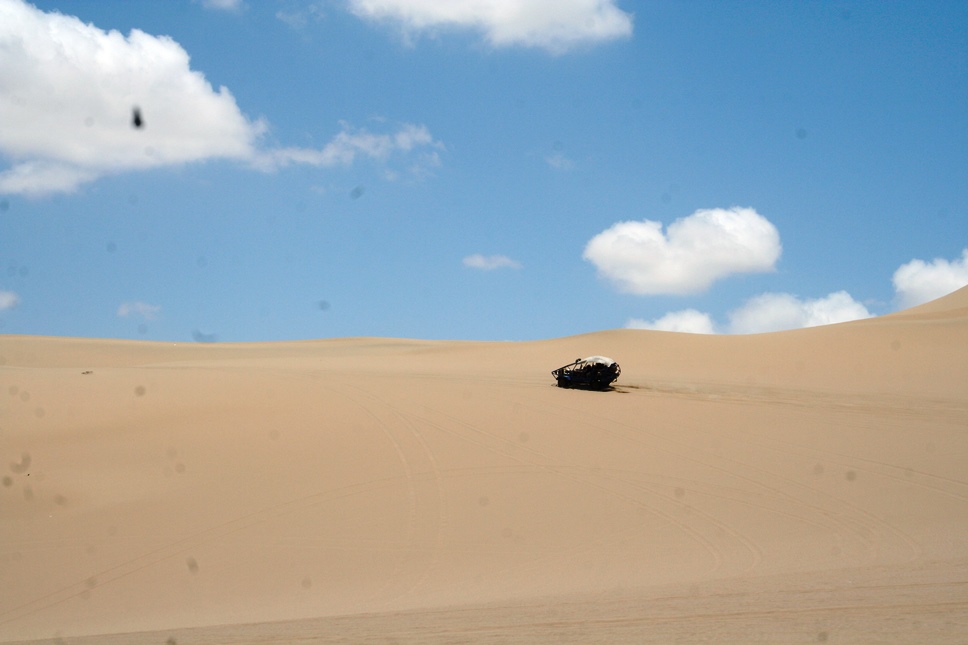
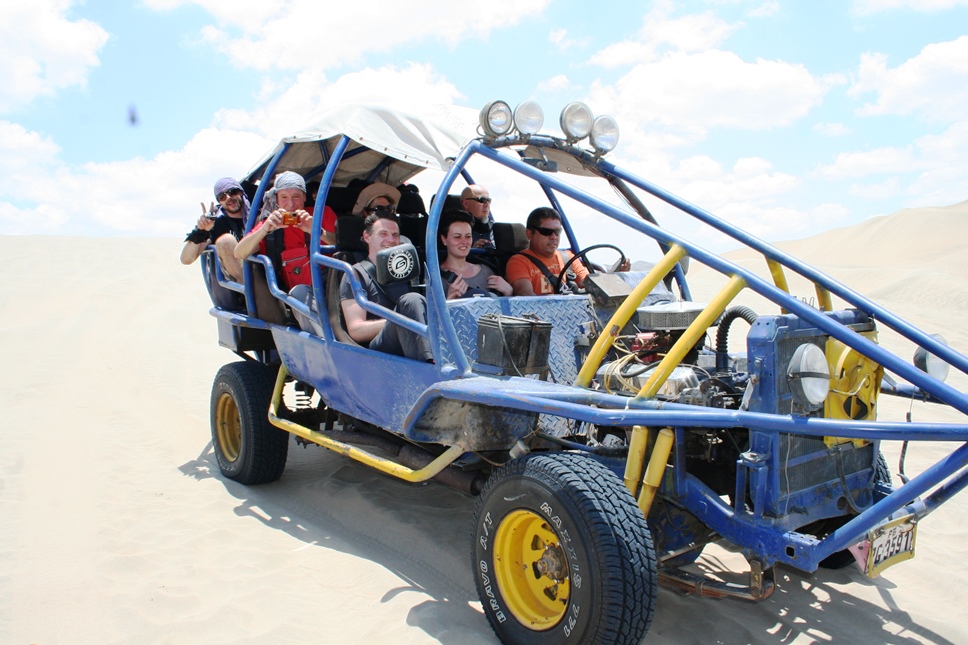
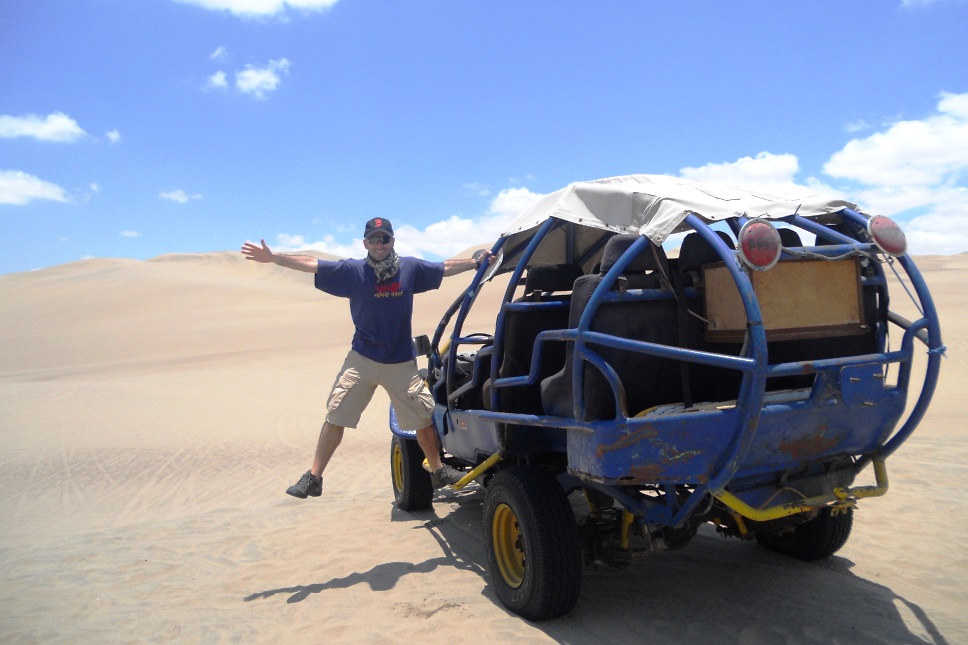
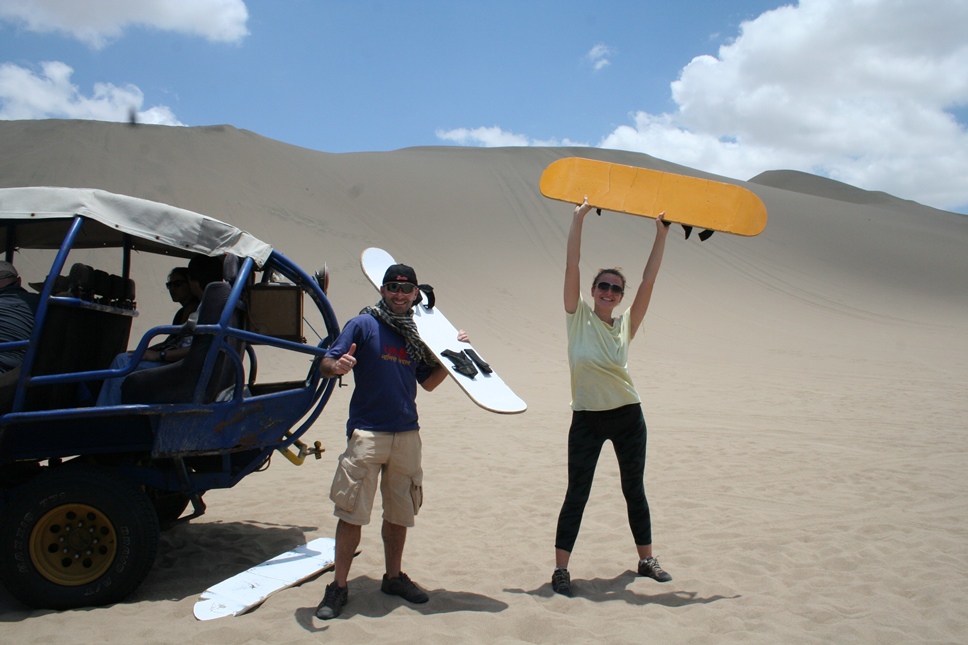
But the strong experiences have not yet ended for today! The distortion of the stomach has only begun! After the waves of the sea and the dunes of the desert the immensity of the sky awaits us!
Three hours of journey along a lunar landscape disturbed only by the gray asphalt tongue of the Panamericana, brings us to the gates of Nazca.
Shortly after, on board a Cessna 102, we leave track 25 towards the first of a dozen figures with a mysterious charm.
Here is the whale, the tree, the astronaut, the hummingbird ... Incredible what lies behind these lines of indefinite age! It is said that the Incas had great scientific knowledge ... these lines remain, at the moment, one of the thousand mysteries of the world!
The flight is quite challenging and puts a strain on our stomach again!
But it's time to relax a little and, walking along the main avenue of this small village, we get confused among its people breathing in a very serene atmosphere! What a day, guys!
Ten hours of travel are waiting for us today, which will soon turn into twelve due to the various unexpected events: first a convoy of eight trucks that proceeds as exceptional transport ... then the miners coming out of the various copper mines of which the area is so rich ...
Along the 572 km that separate Nazca from Arequipa along the Pan-American Highway, I was struck by the hundreds of crosses along the roadside ...
It is a very demanding and dangerous journey, without protections and guard rails, without lighting, through rocky hills and with so many tight and discontinuous bends ...
How many souls this famous street must have stolen...
In twenty minutes on foot we reach the Mirador de Yanahuara.
From here you can enjoy a sublime view of the "El Misti" volcano, 5822 meters high, similar to Mount Fuji, it is really impressive, it dominates the whole scene and puts you in fear!
Monastery of Santa Catalina. A huge monastery of Dominican nuns, very old and still in operation. They are cloistered nuns but have decided to open up an area to the public to meet the monastery's high maintenance costs!
Our guide tells us many anecdotes and stories from the past, making the visit very exciting; at that time, the second-born females of noble families were sent to these enclosed places accompanied by a maid and a rich dowry; having a daughter in the convent was a symbol of great pride for the family.
Andean Museum. The history of the ancient Incas and their traditions is told through the discovery of different bodies of children donated to the gods.
The most famous, also because it is better preserved, is Juanita, a girl who was sacrificed in about 1450 and whose body was found in 1995 by a team of American scholars.
Not far away is the Mercado de San Camilo: everything is sold, even huge bags of coca leaves! The area dedicated to fruit is an explosion of colors, the area of meat is impressive!
We continue to wander between the Iglesia de la Compañia, the Plaza de Armas and the Cathedral all day but it's time to return, tomorrow we have an alarm clock at 03.30!
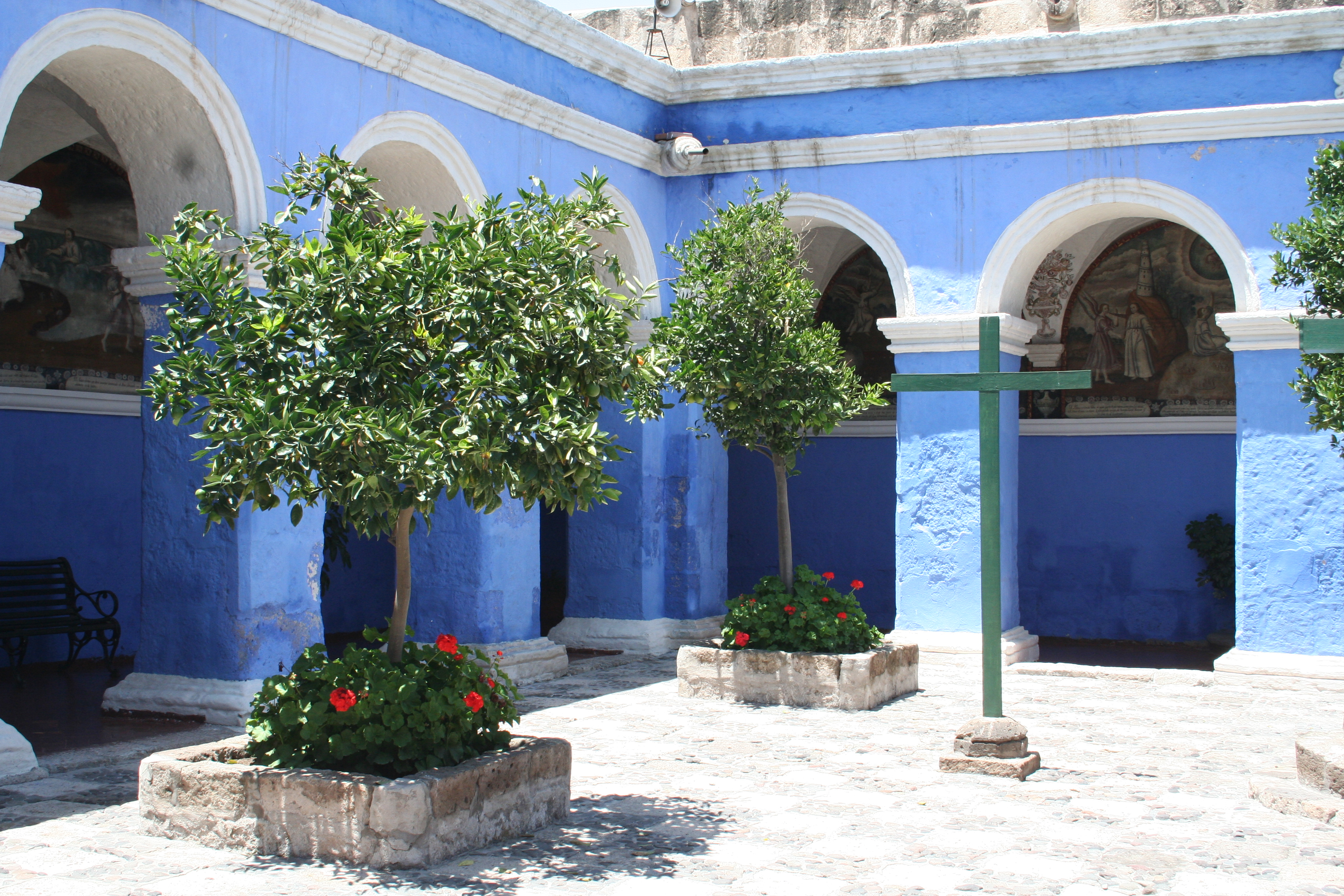

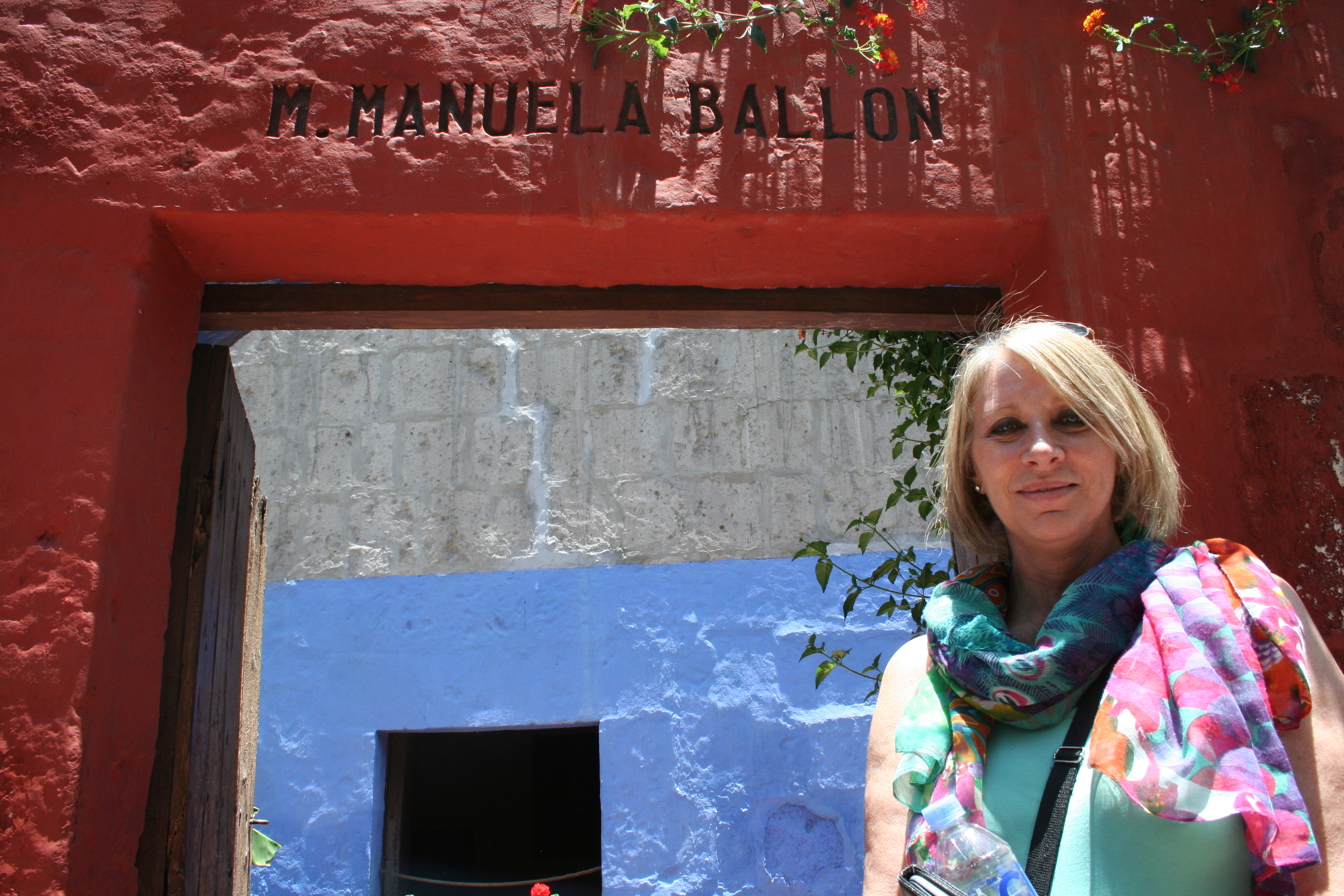
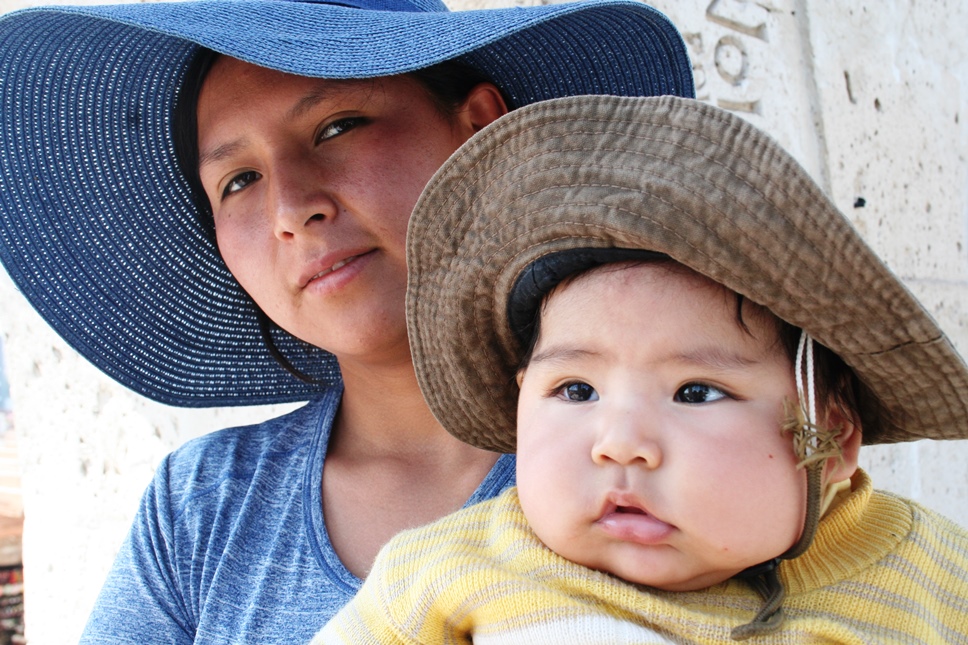
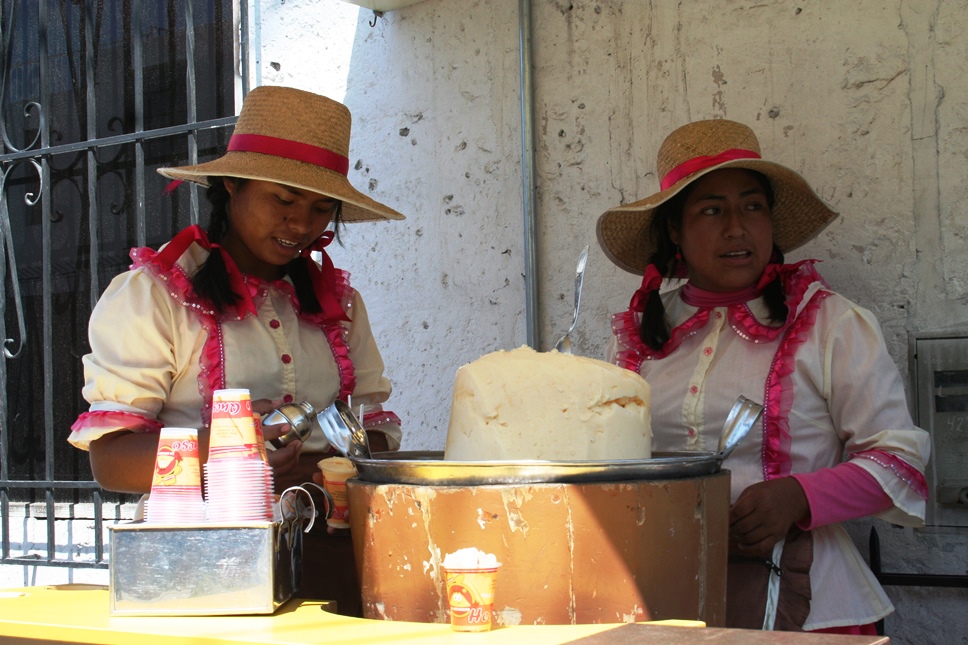
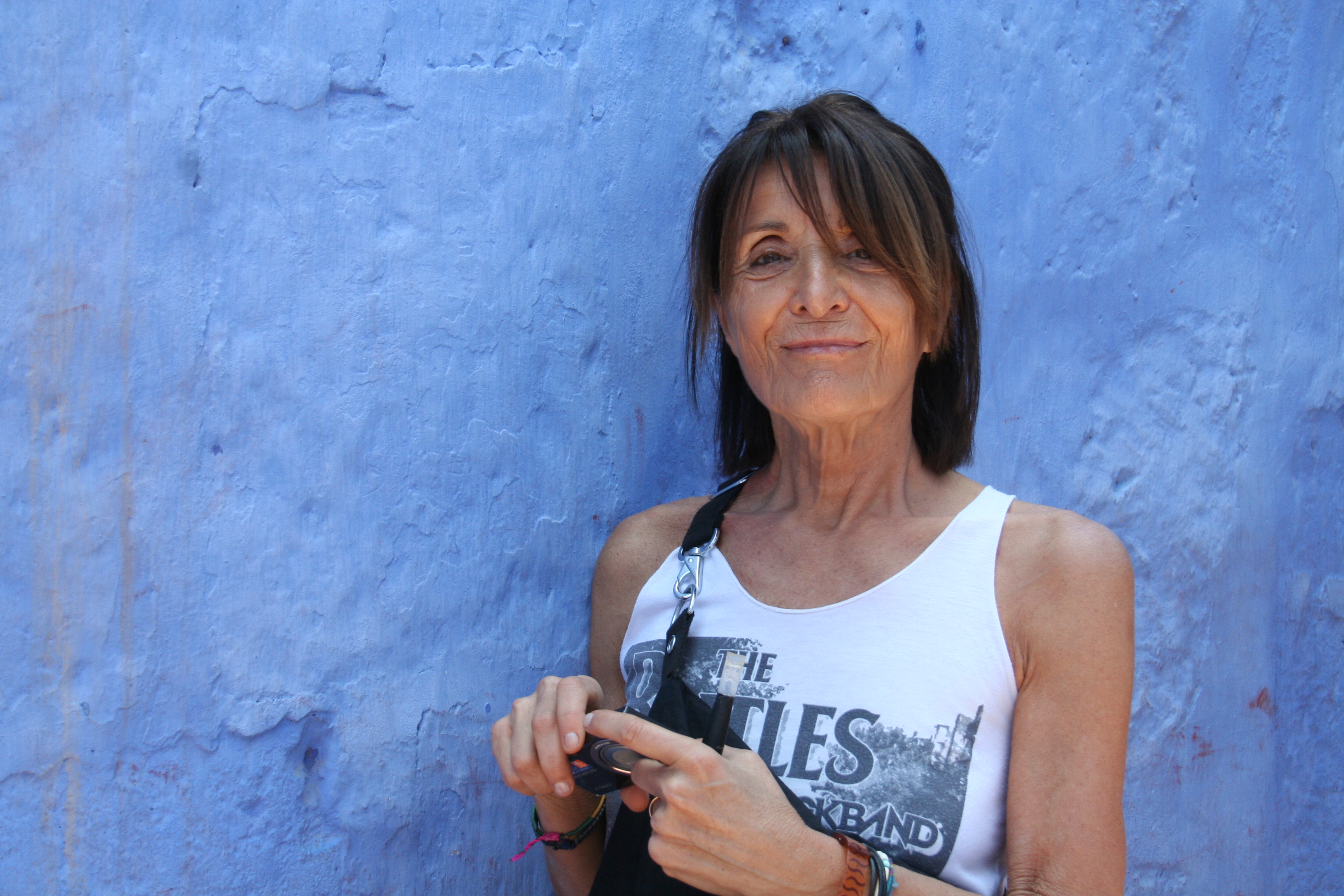

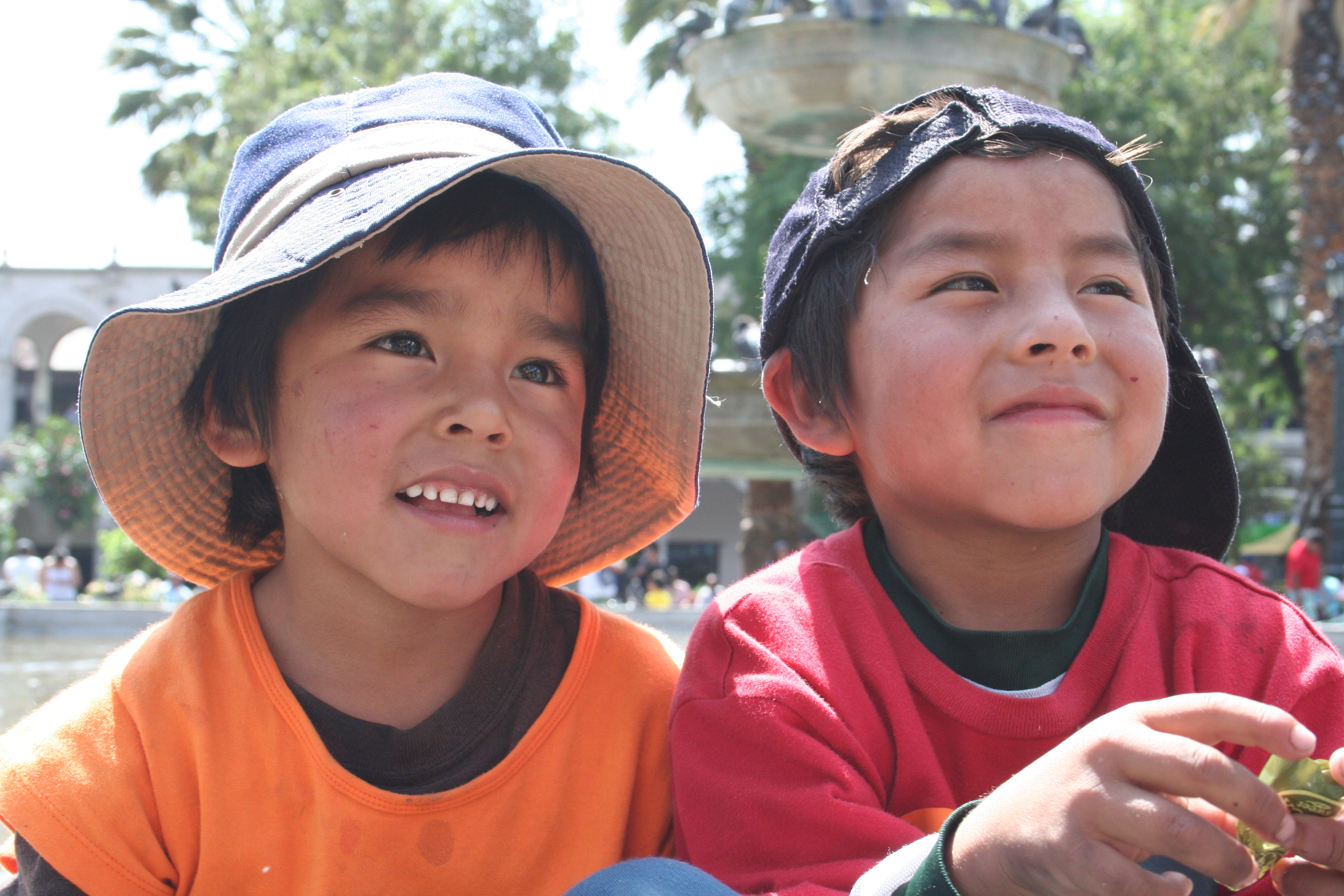
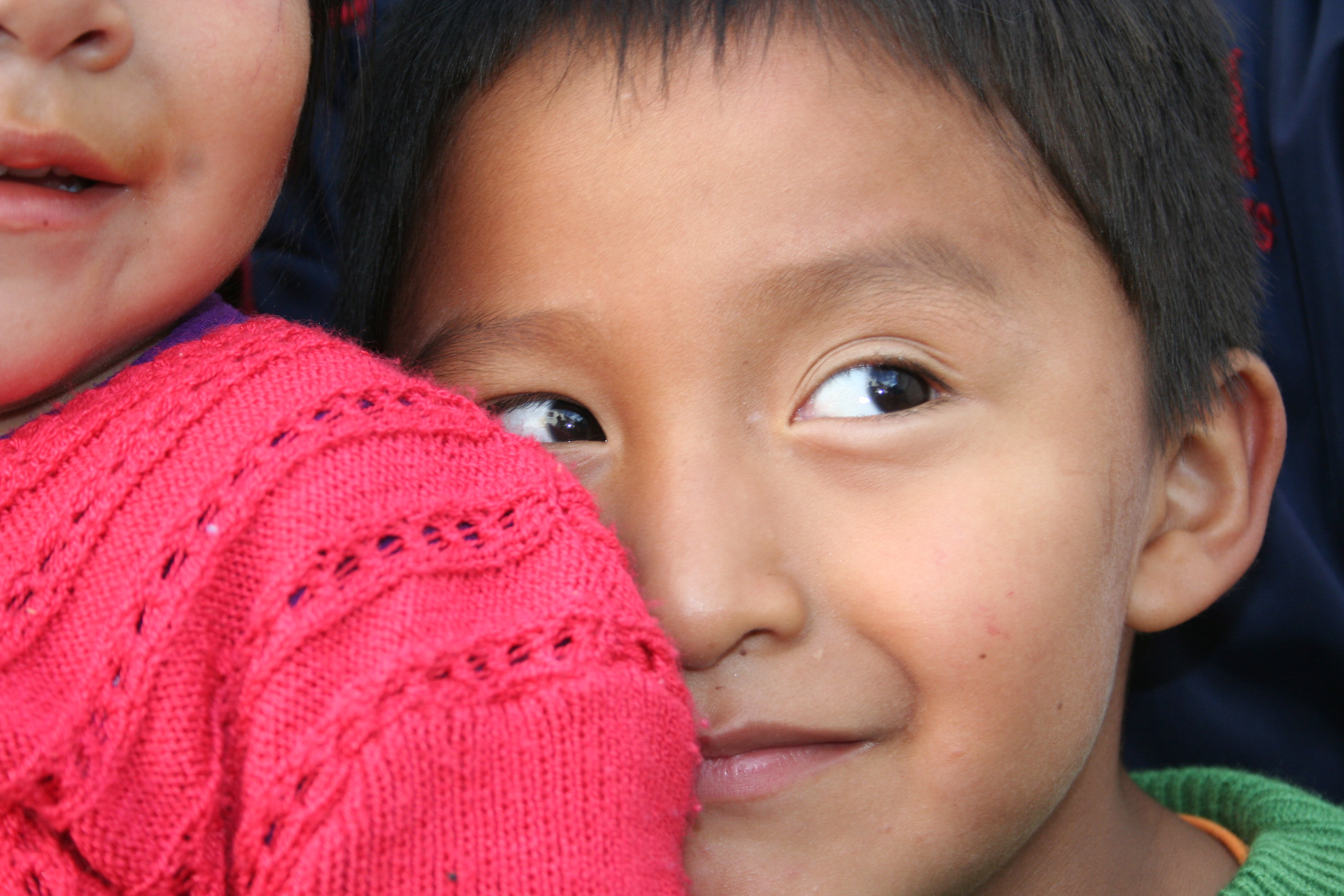

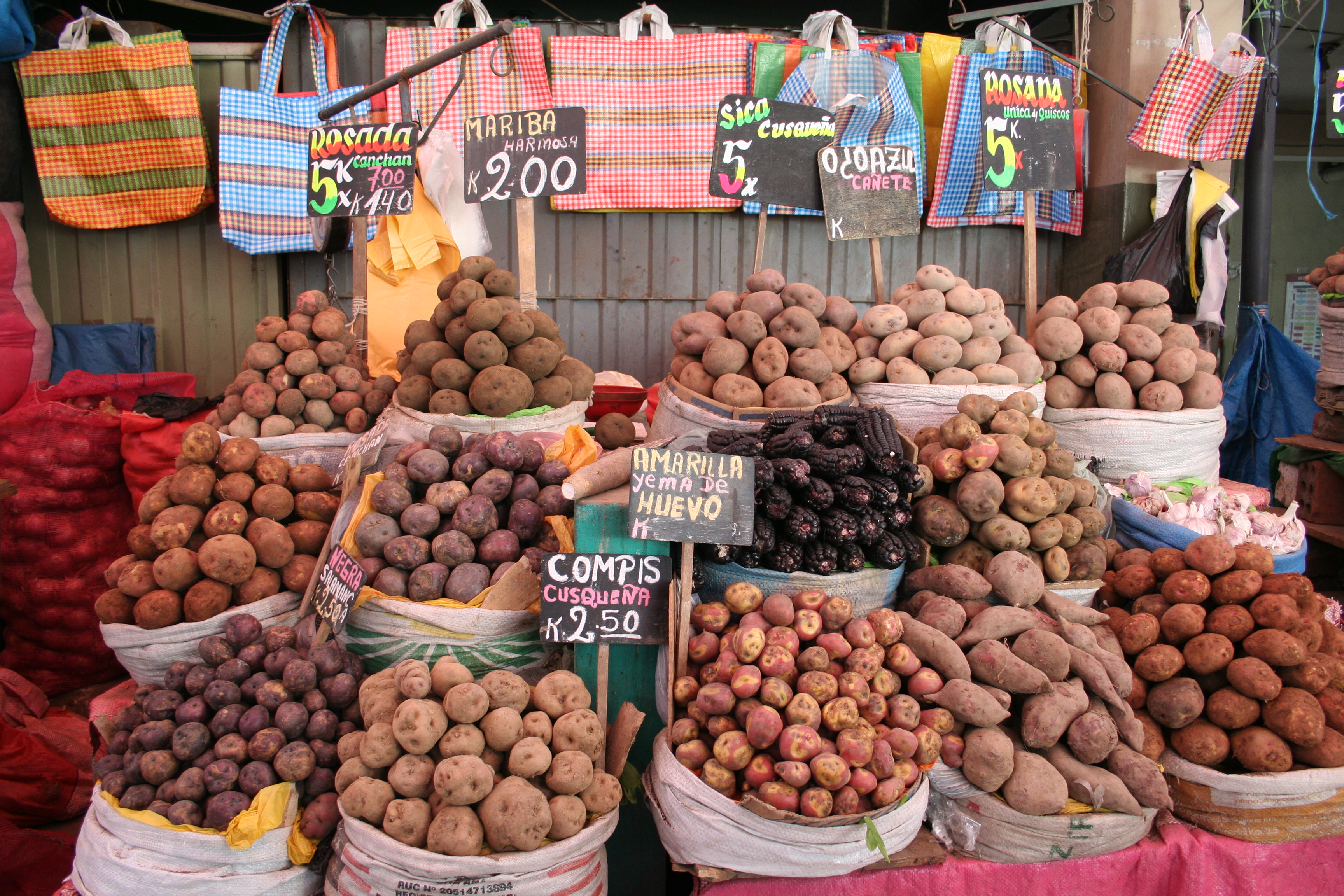
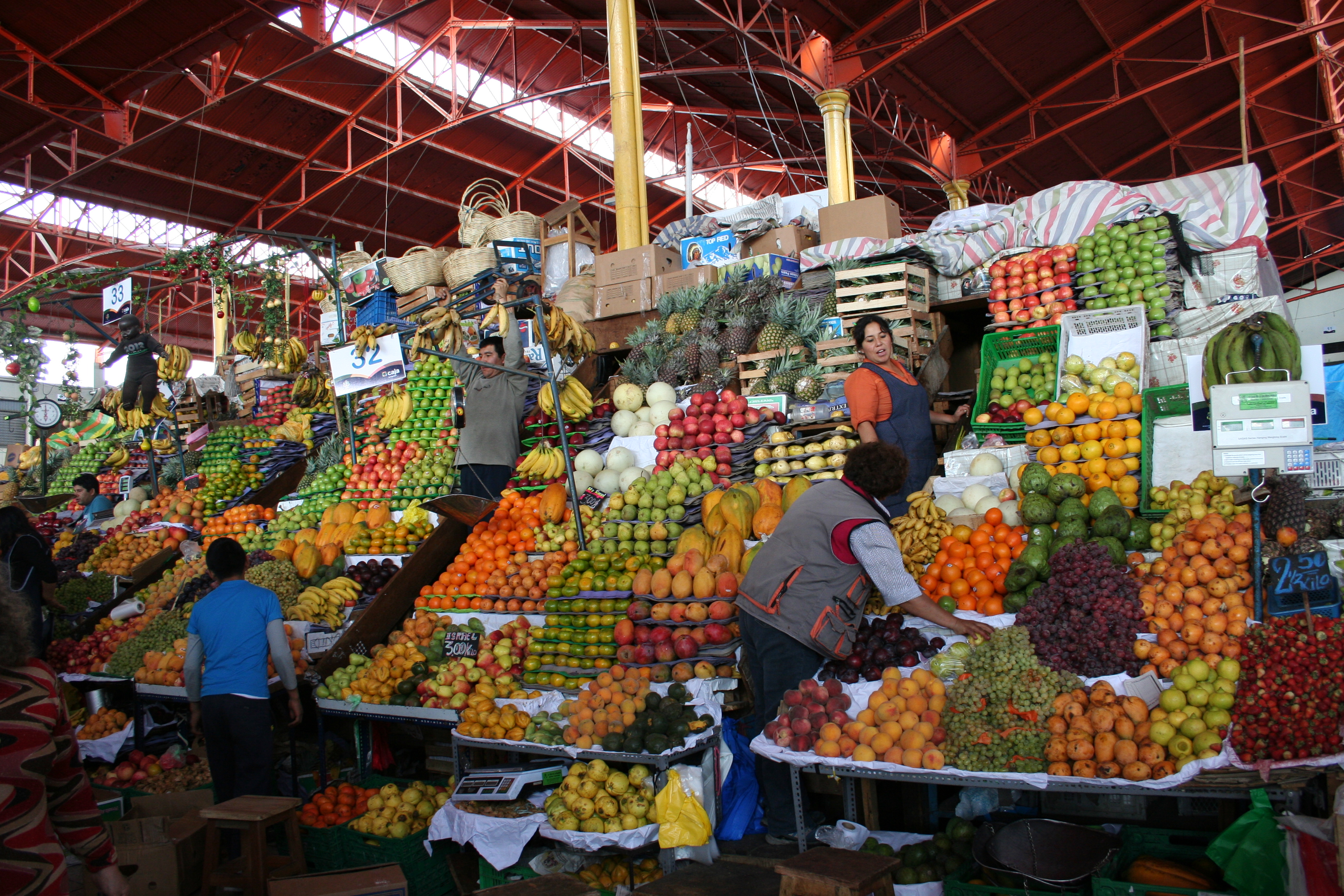
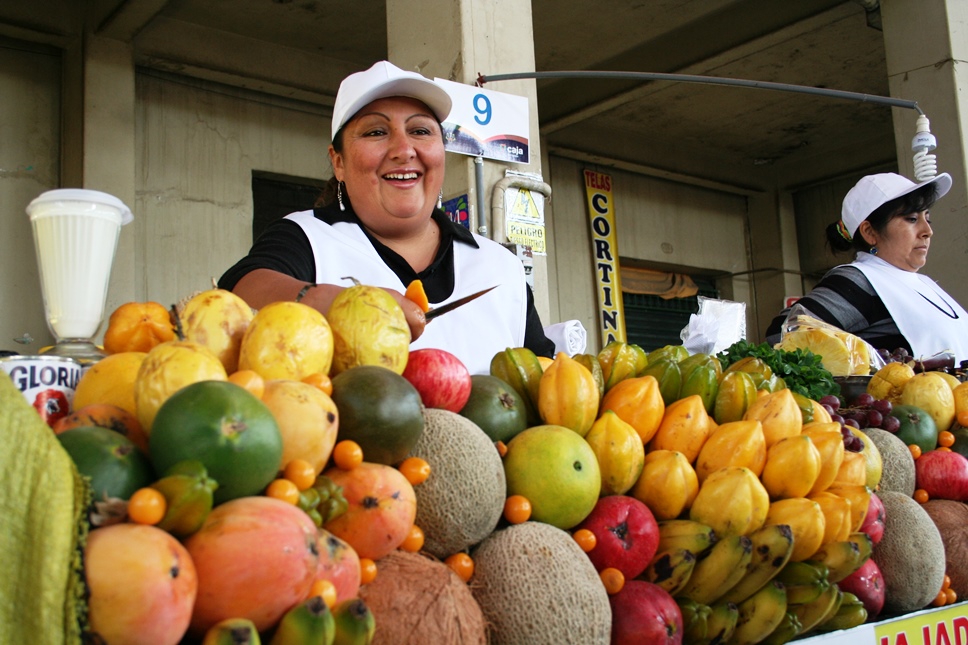
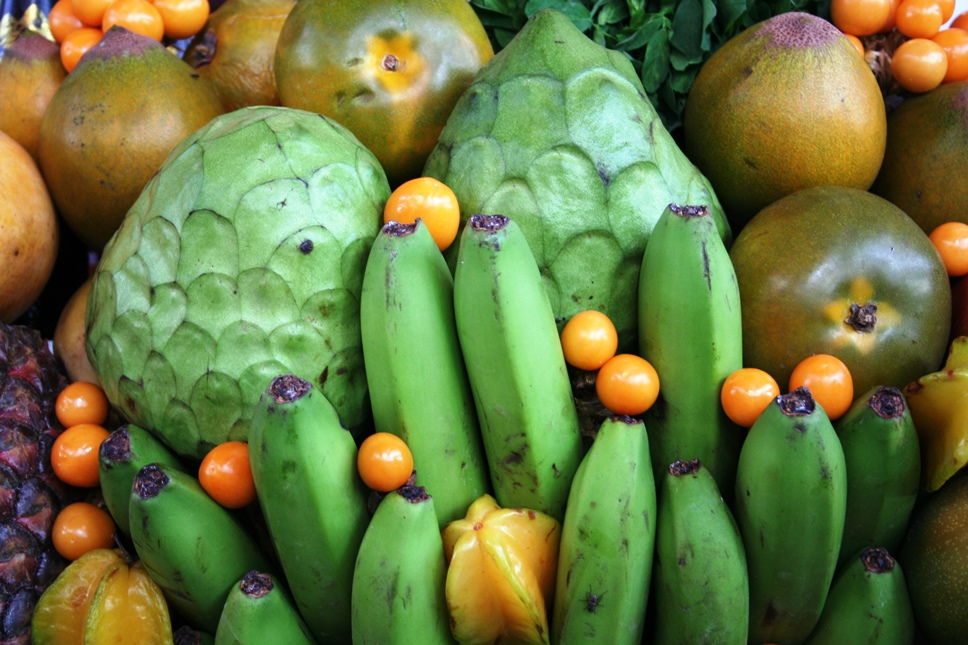
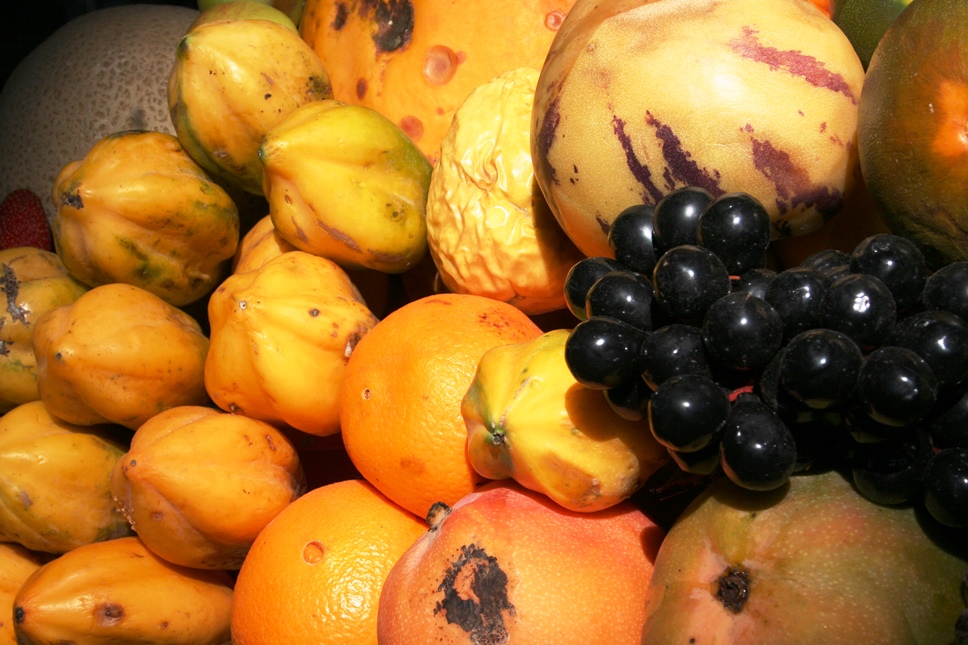
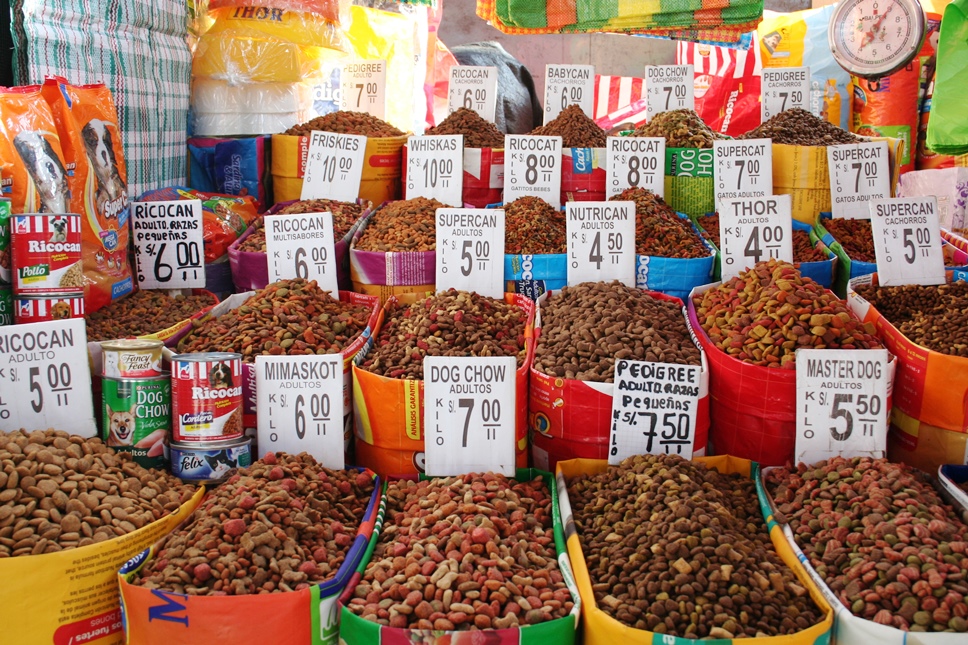
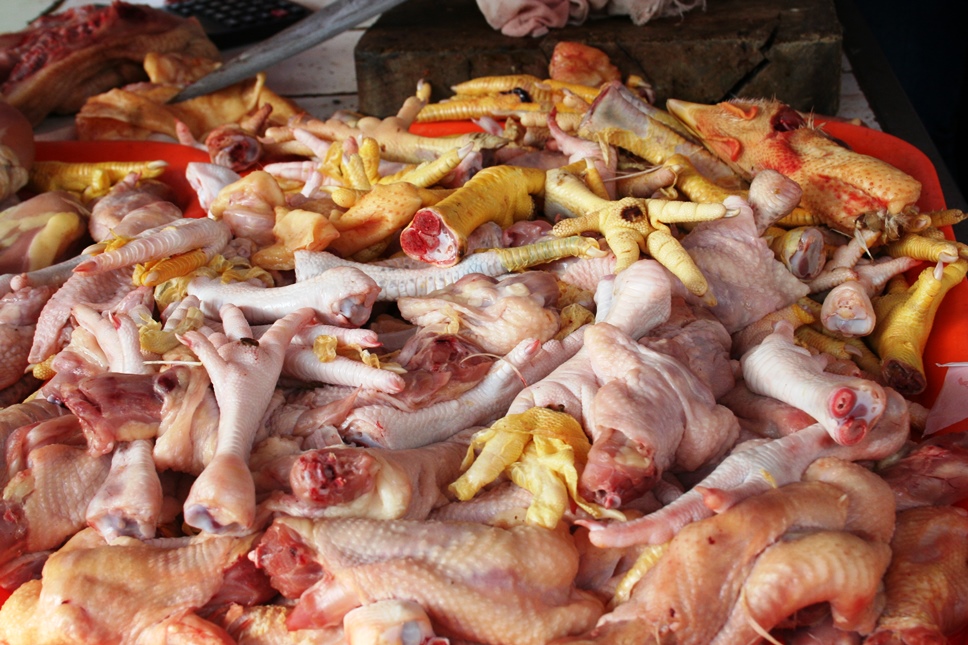
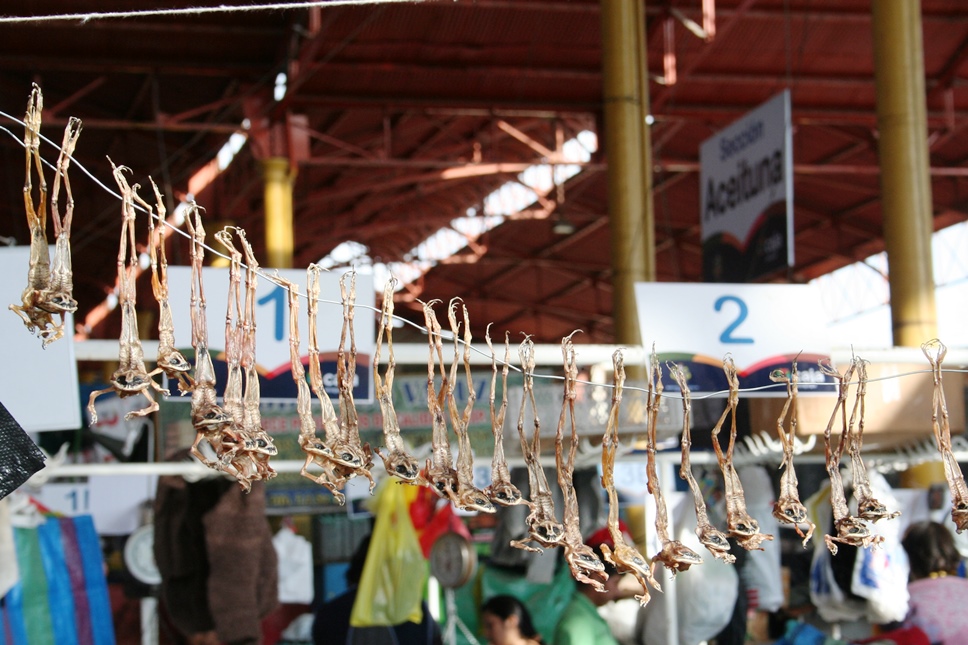
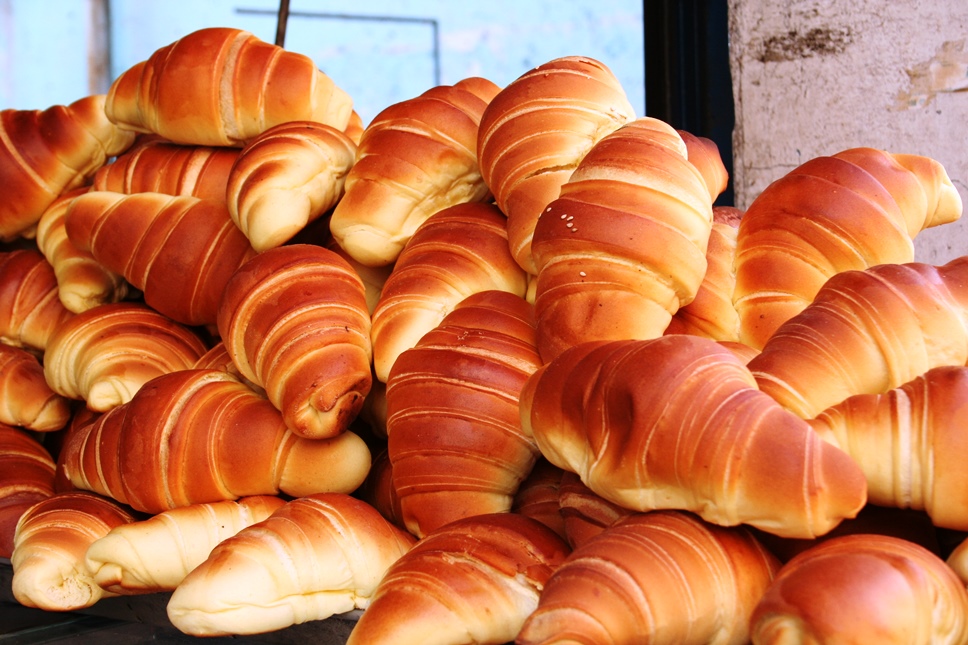
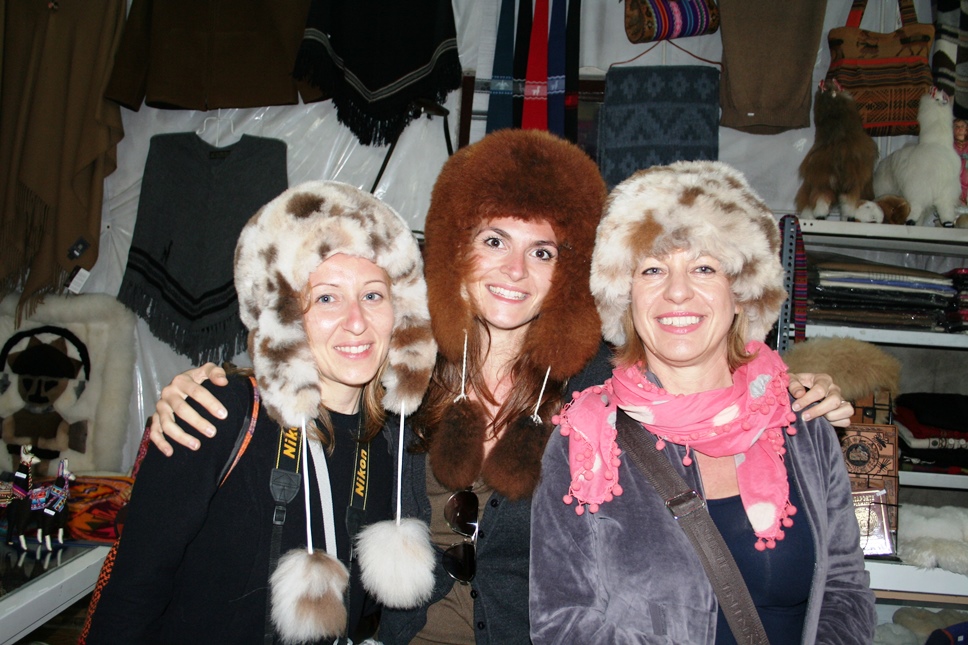
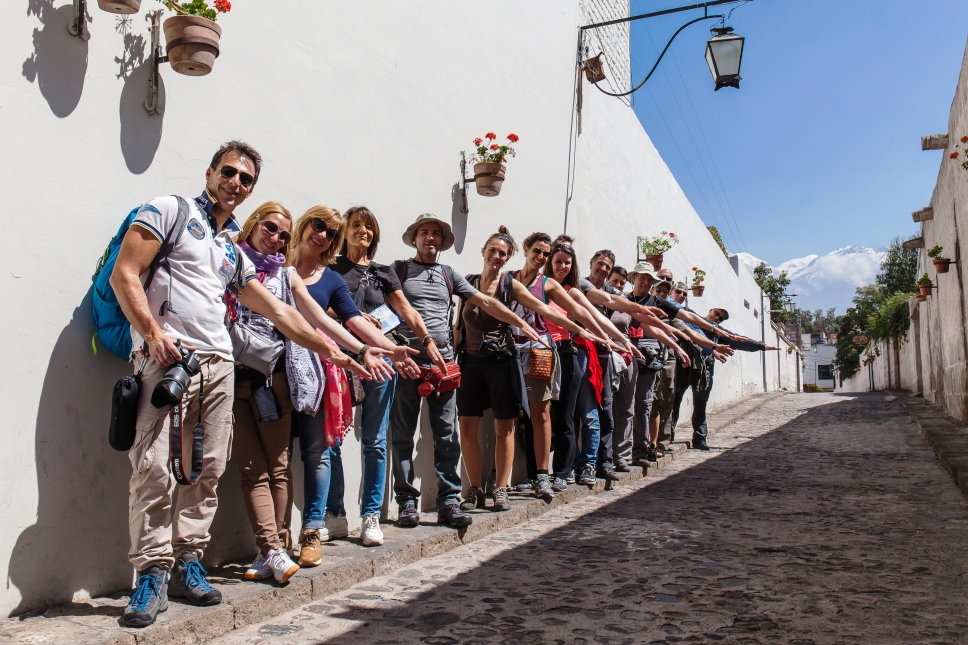
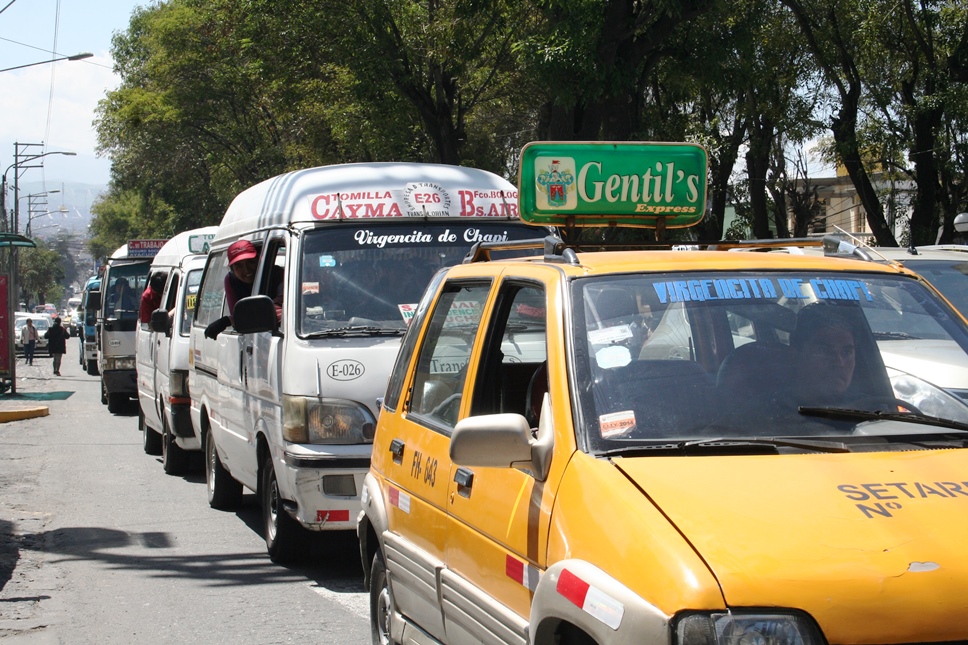
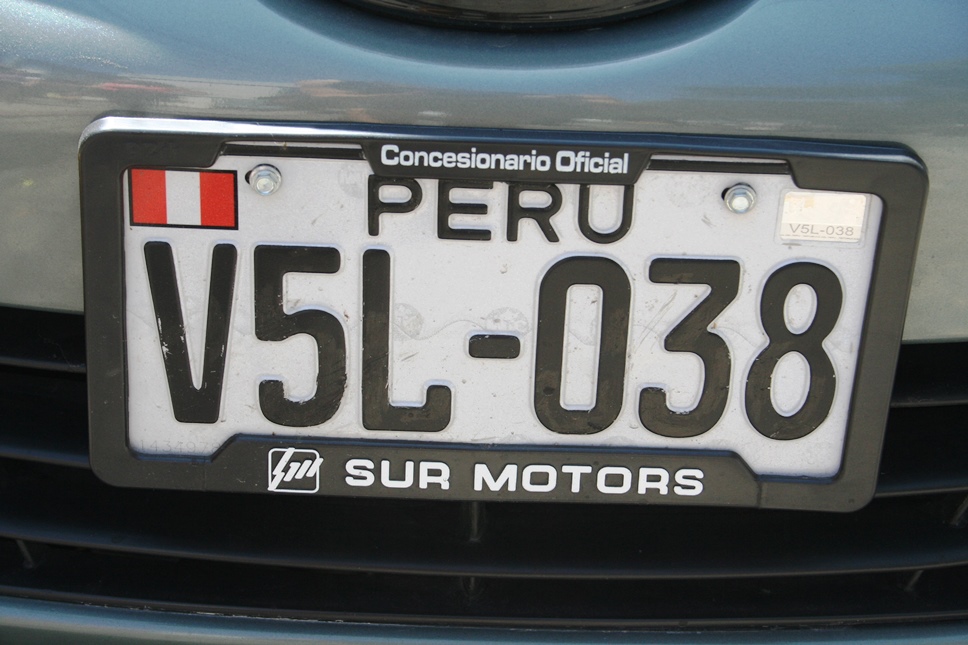

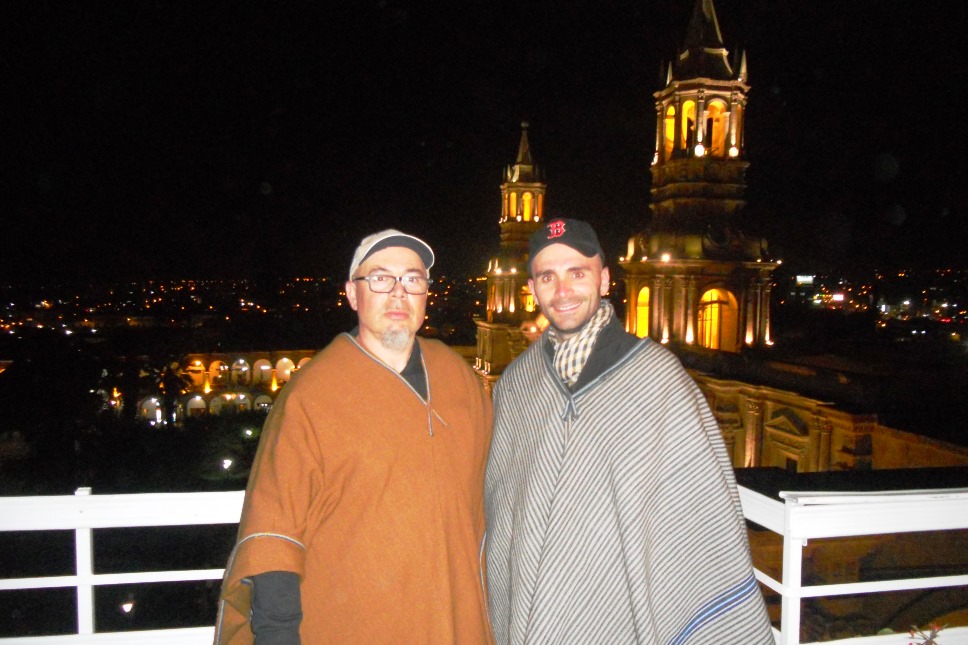
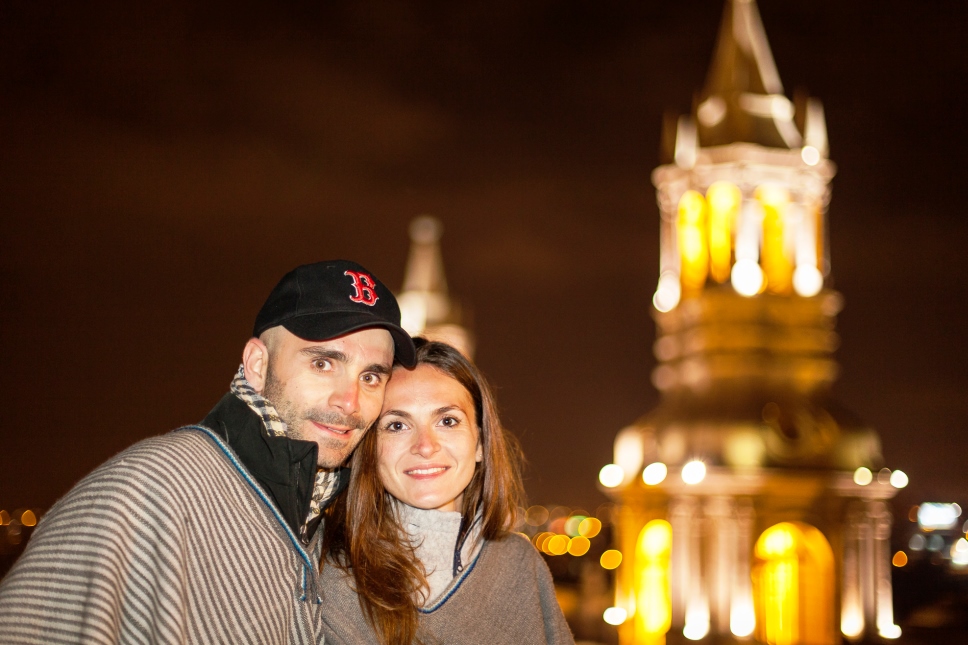
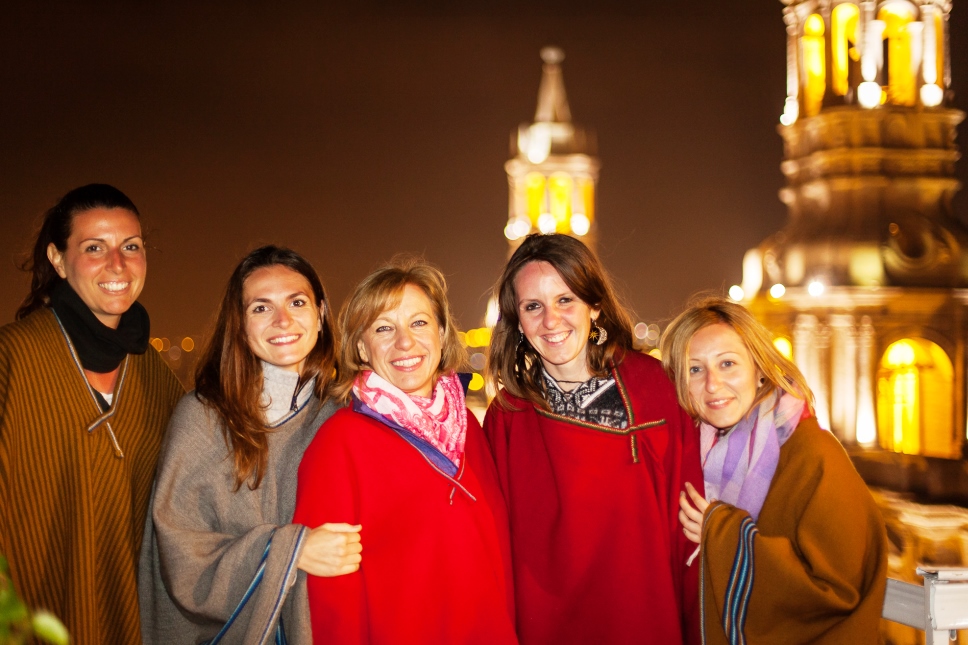
We depart at dawn heading for Chivay!
Around five o'clock it begins to dawn just as we cross the Patapampa Pass (4910 meters). Along the way we meet numerous alpacas with a very sweet smile and a hair so soft that it seemed like cotton.
In the morning we enter the Reserve of the Colca after various vicissitudes with our bus that on more than one occasion has remained stuck on the difficult dirt road of the Reserve.
We do a trekking of about 40 minutes during which we admire beautiful landscapes. So many miradores where the eye plunges into the various canyons and precipices ...
Once at the Cruz del Condor, the waiting begins! The sun is very strong, it is very hot and after two hours we can't even see one, but nature is like that, it's unpredictable and you can't control it.
We leave again and after a couple of hours we reach our destination: Chivay!
We leave our backpacks at the hotel and go directly to the spa; outside there is a bit of wind, the air is fresh but once you put the costume on we dive into those sulphurous waters!
Today we go back to the Patapampa Pass, once at the top we stop for some photos.
Every little movement must be done calmly, even a small effort can make you turn your head and beat your heart, we remember that we are 100 meters higher than Mont Blanc!
The landscapes we see are beautiful and we are enchanted to admire them!
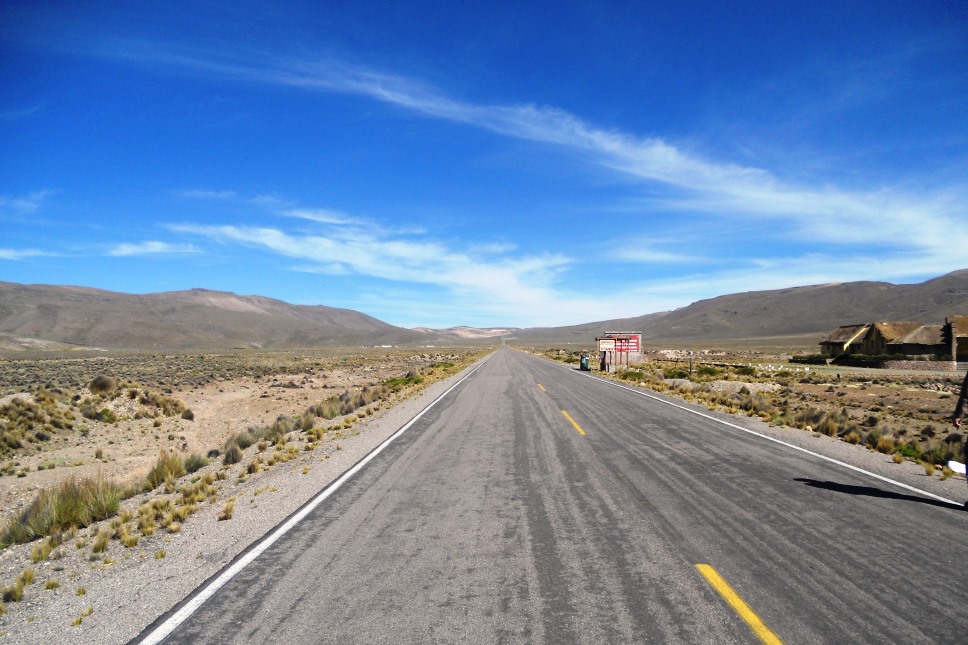
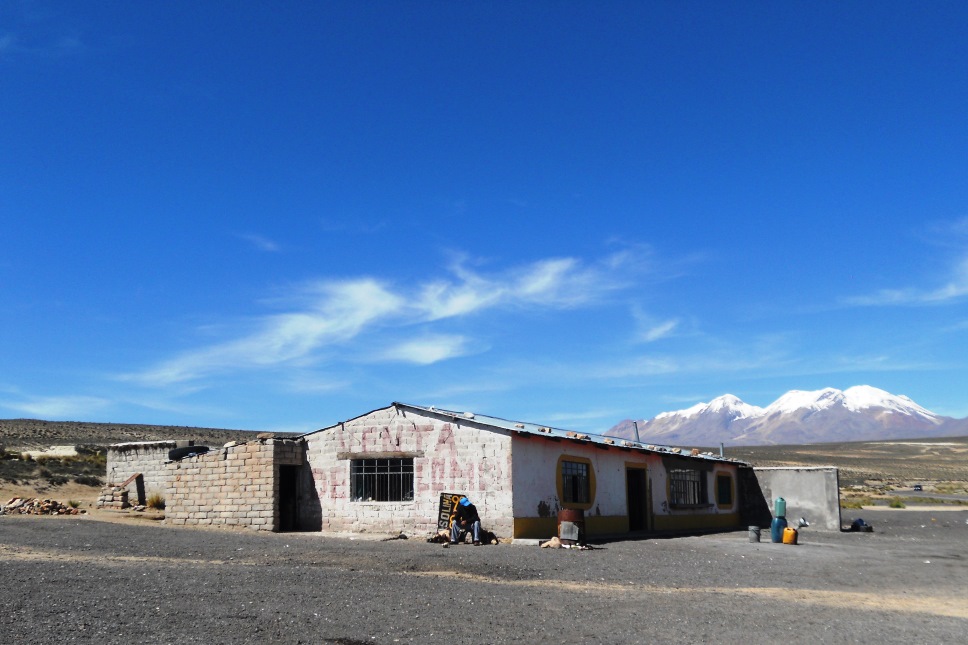
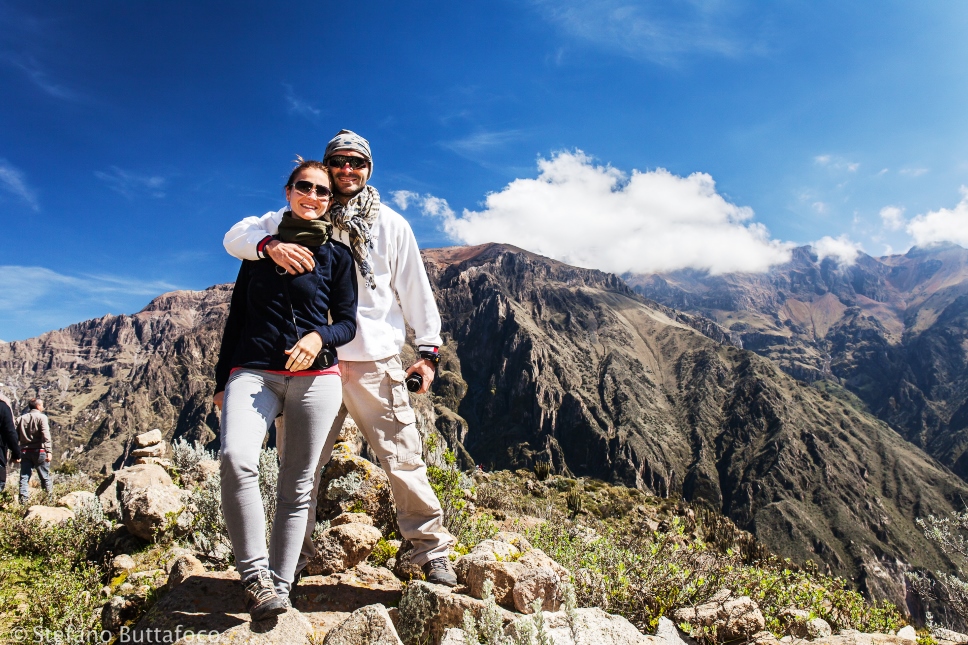
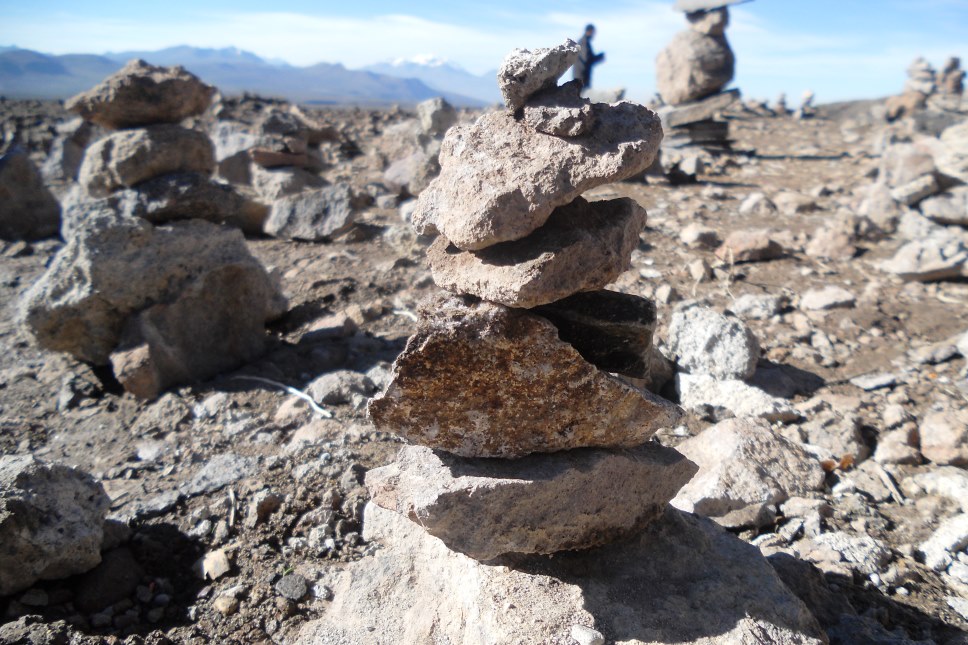
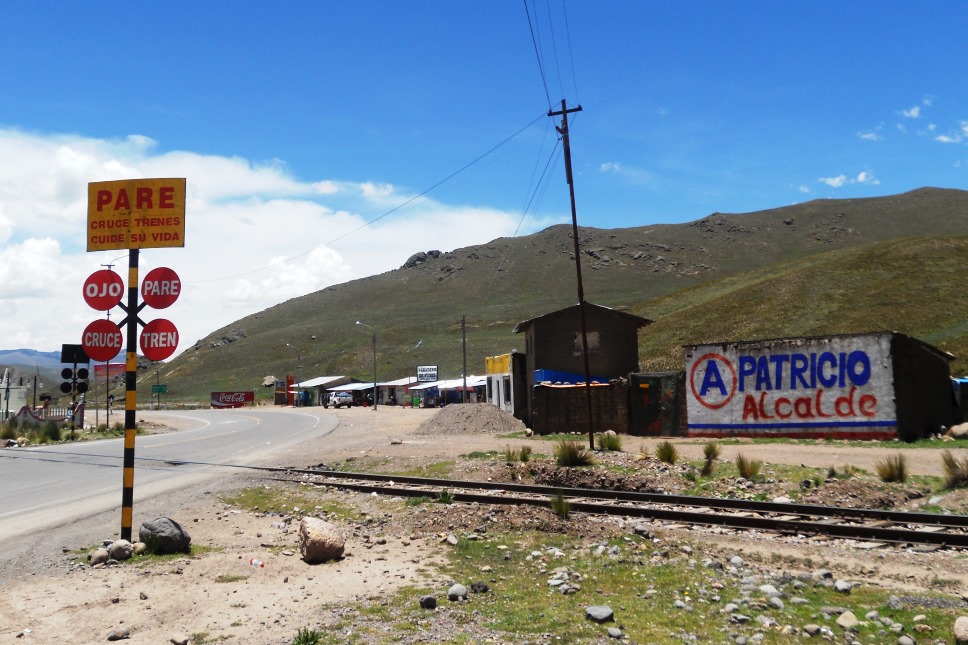
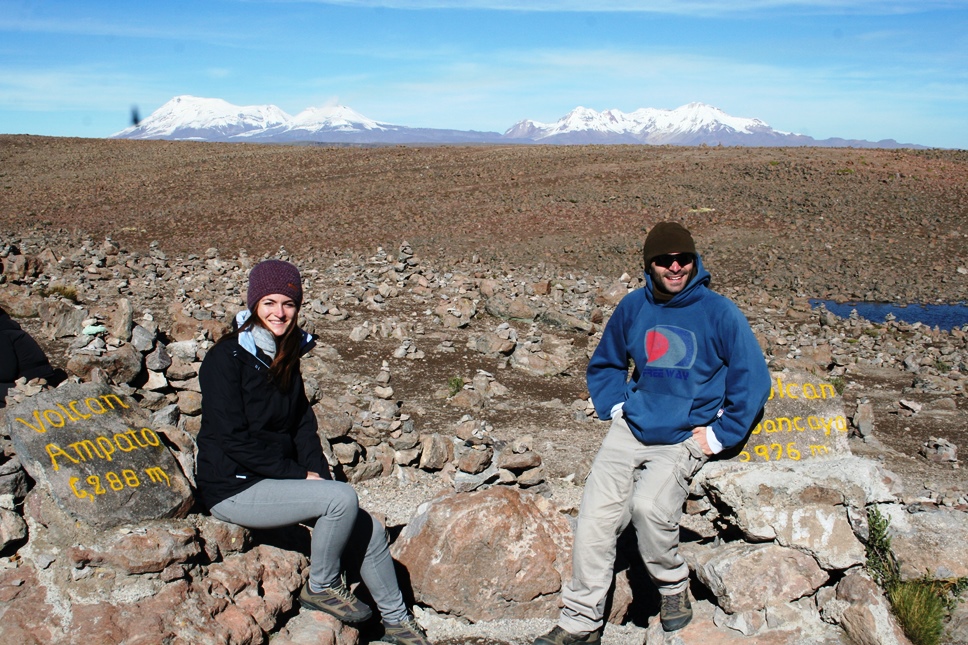
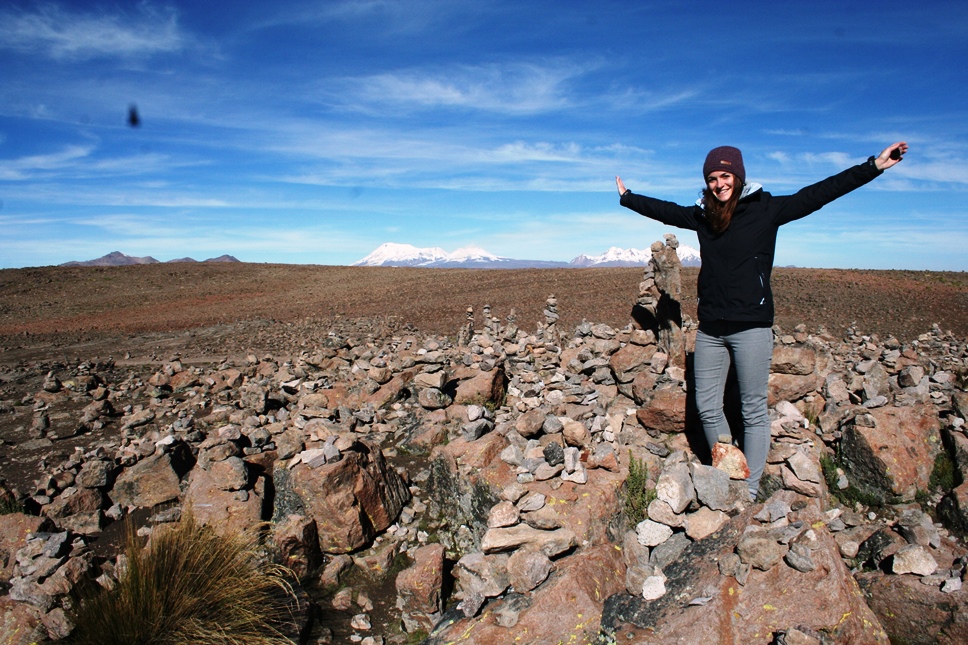
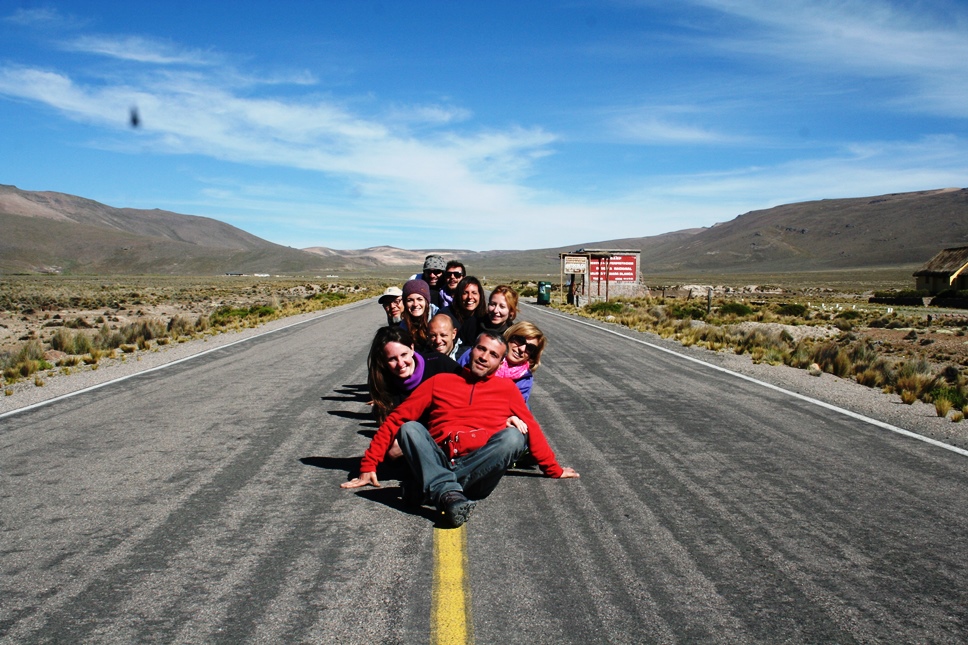
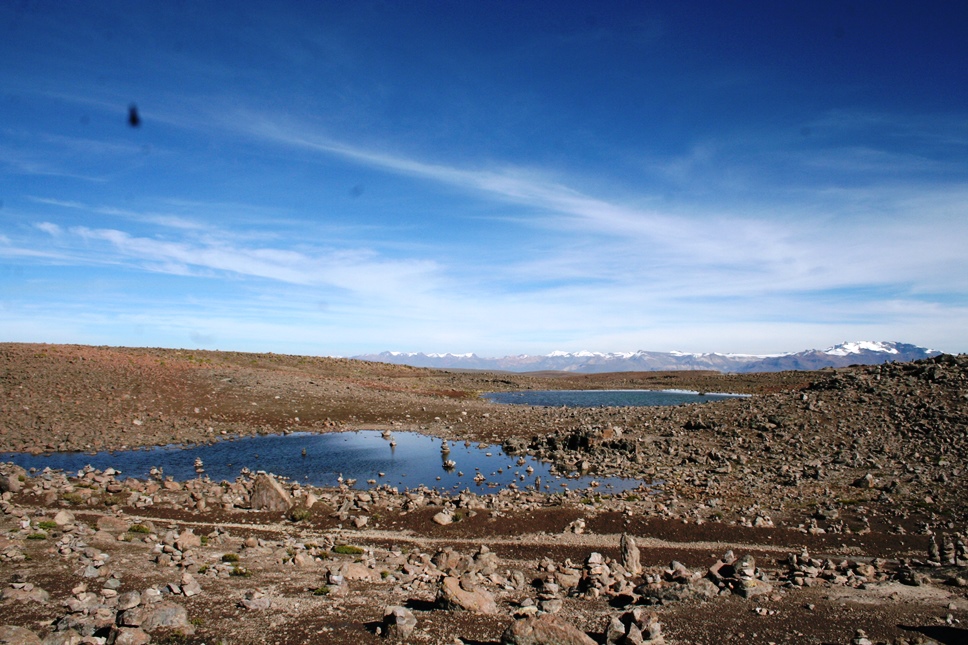
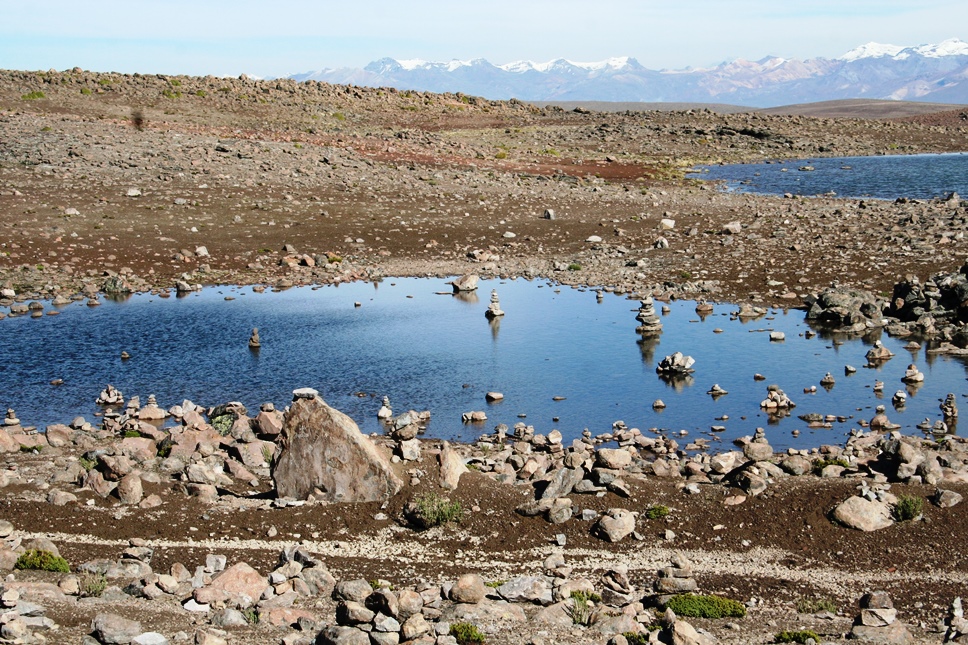
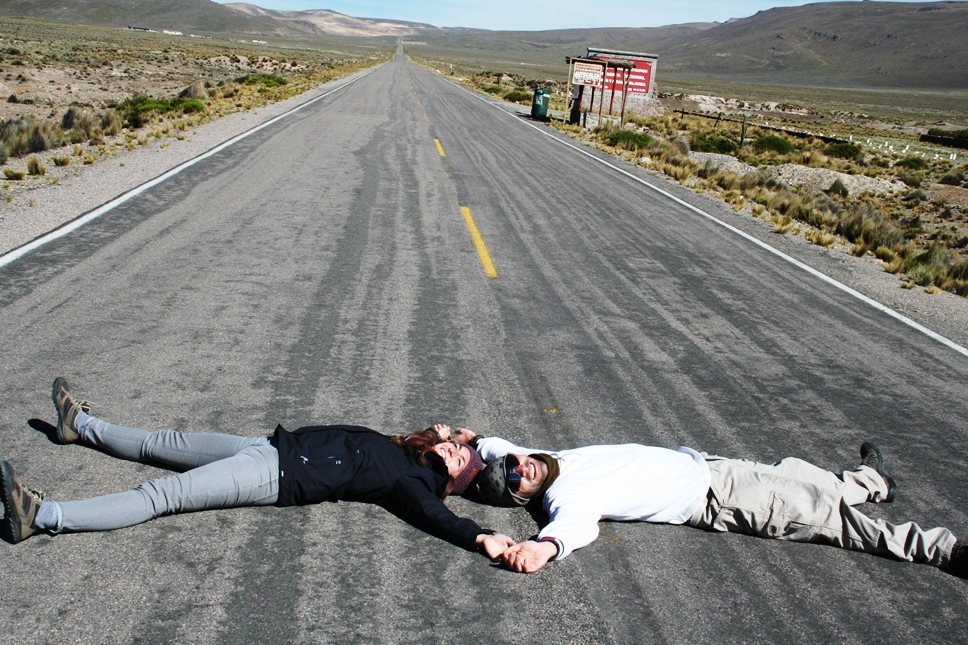
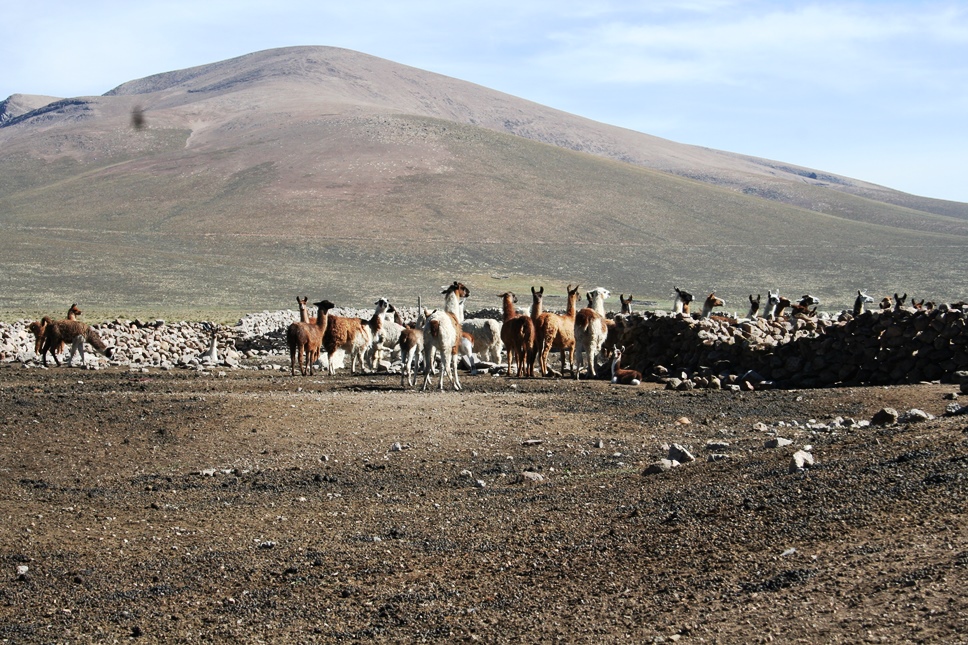
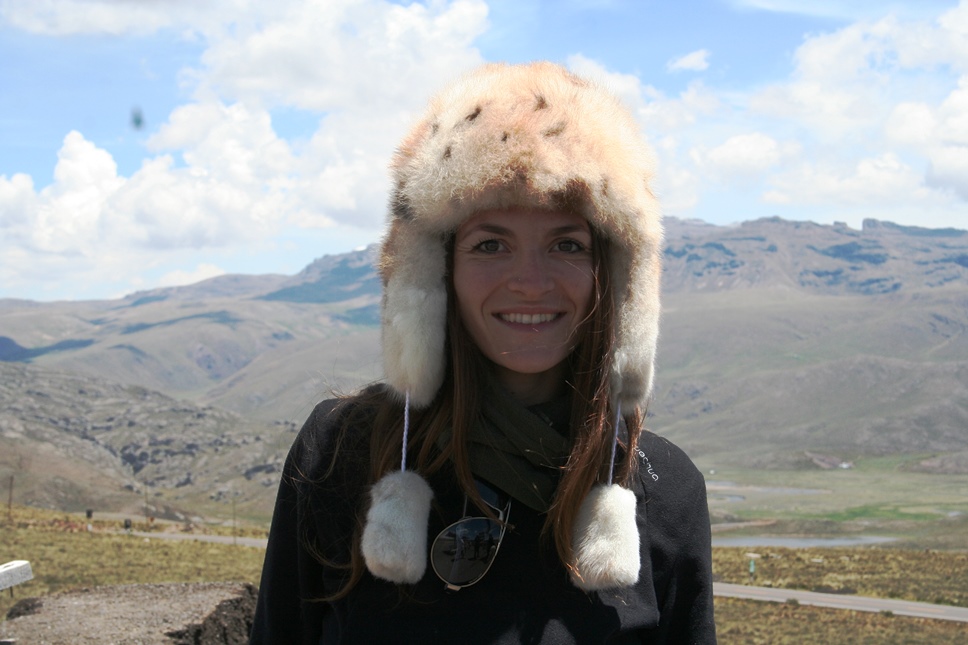
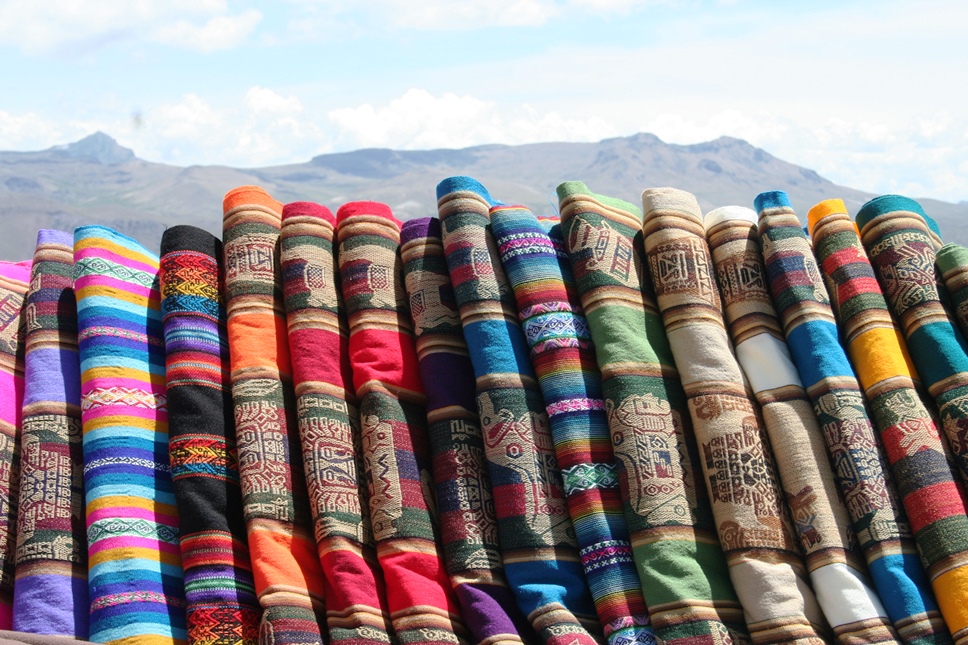
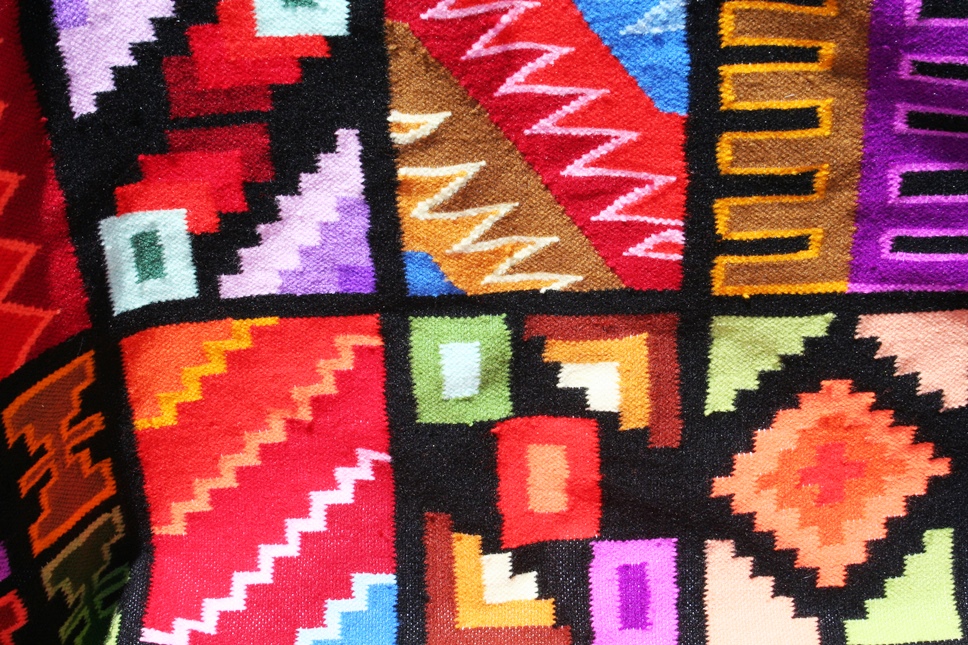
In the early afternoon we arrive in the festive and colorful Puno.
Here the carnival is very much felt; in front of the Cathedral there are big women sitting with big skirts and a bowler hat on their heads, they look at the square in front of them and shortly after we understand why ... from far away comes a musical band and a parade of couples in local costumes dancing very animatedly.
We walk along calle Lima, the main street, between masked boys and shaving foam wars to reach the central market and make some supplies to give to the families that will host us in the next days on the islets of Lake Titicaca.
We board a Peruvian boat on the beautiful Lake Titicaca.
It is huge and majestic and often gives you the impression of sailing on a blue sea, here pollution almost does not exist.
We first stop at Uros island. It is a set of artificially created floating islets; the village chief explains to us how they are carried out, how life and maintenance are carried out.
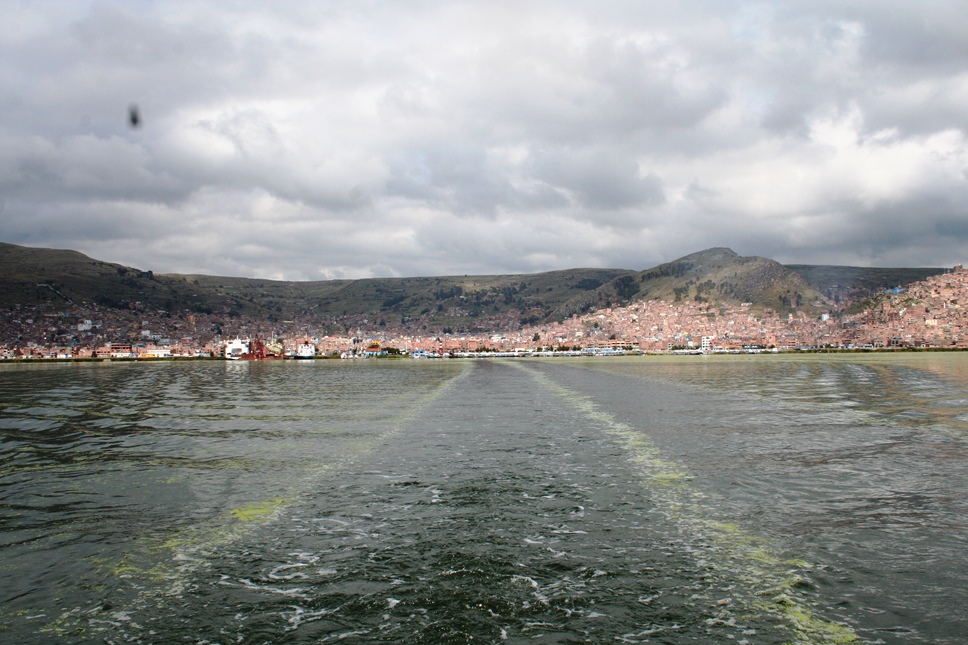

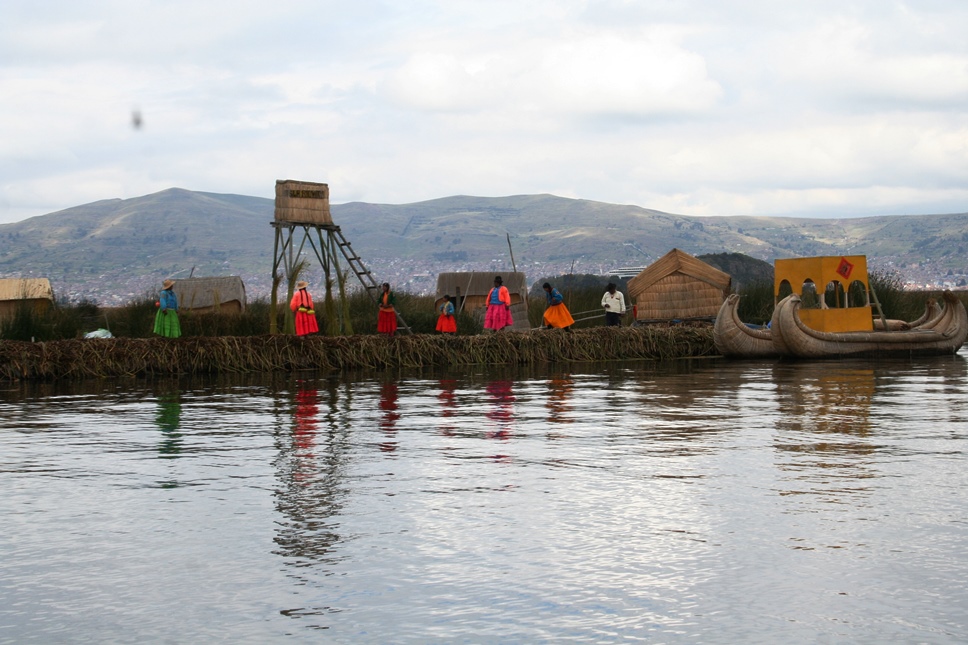
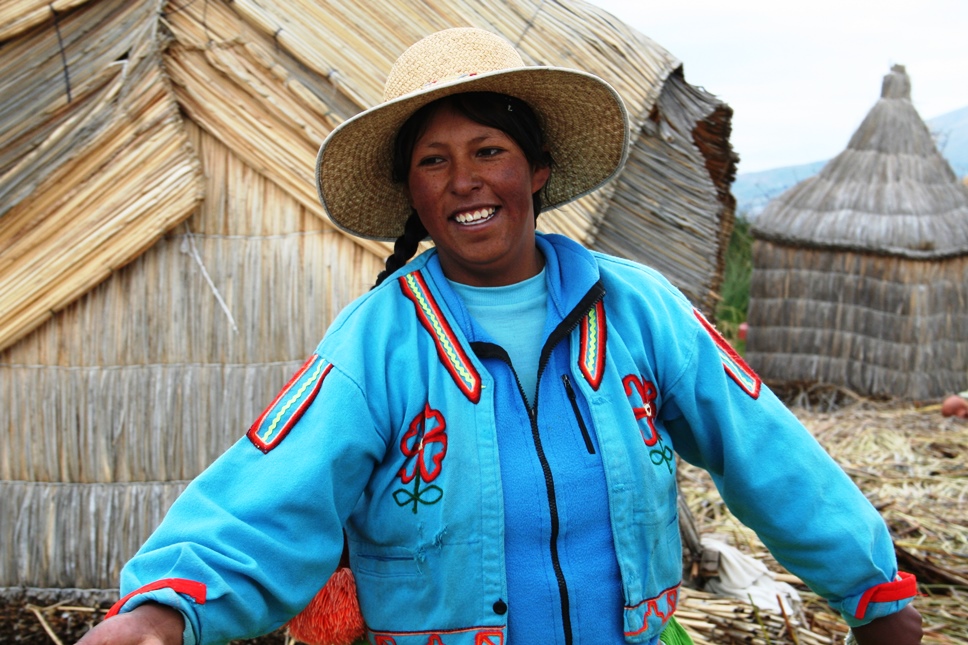
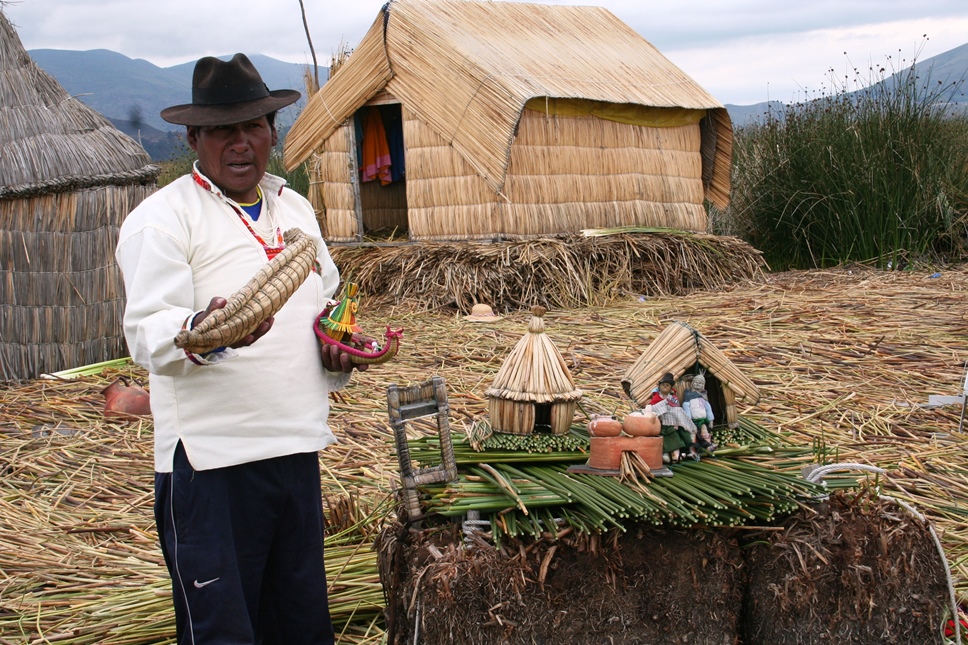
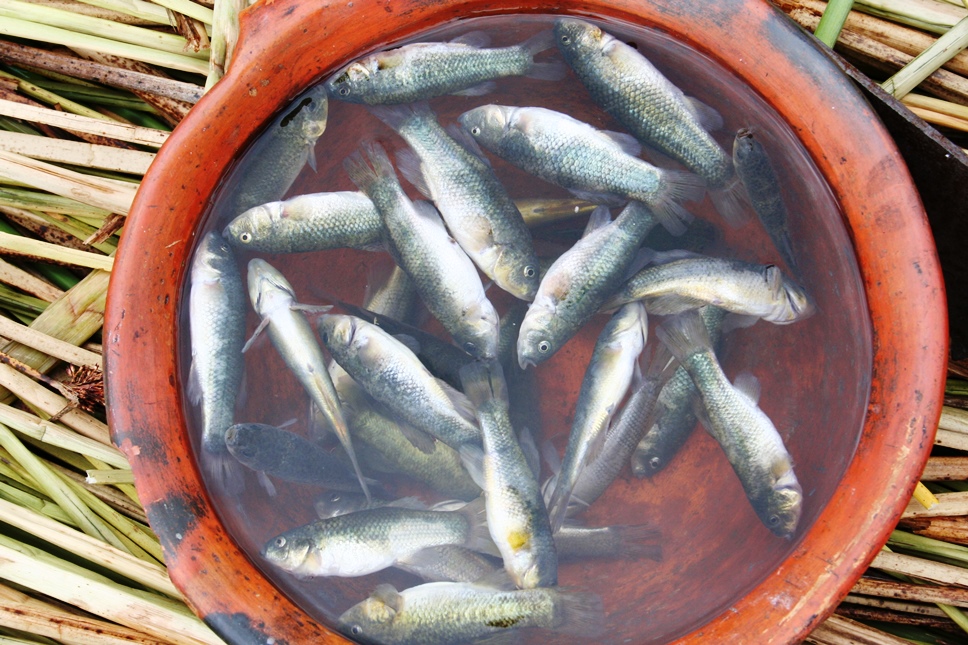
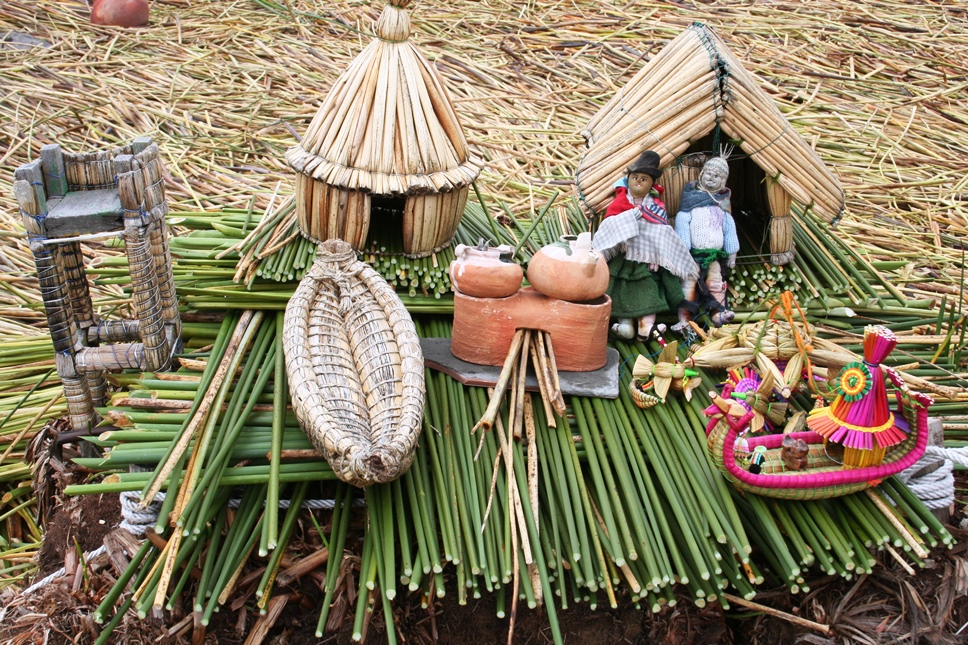
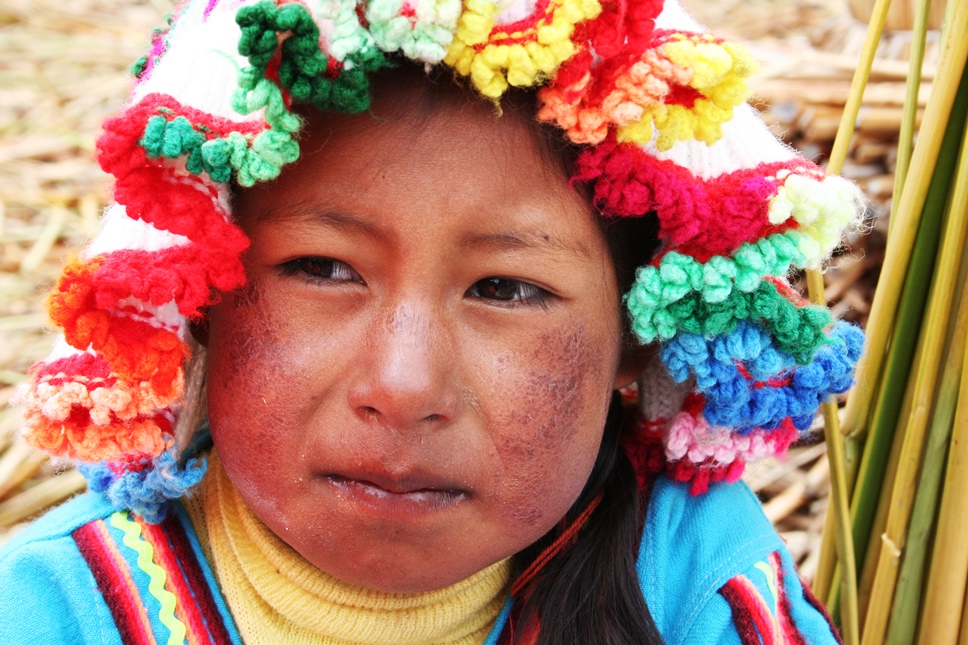
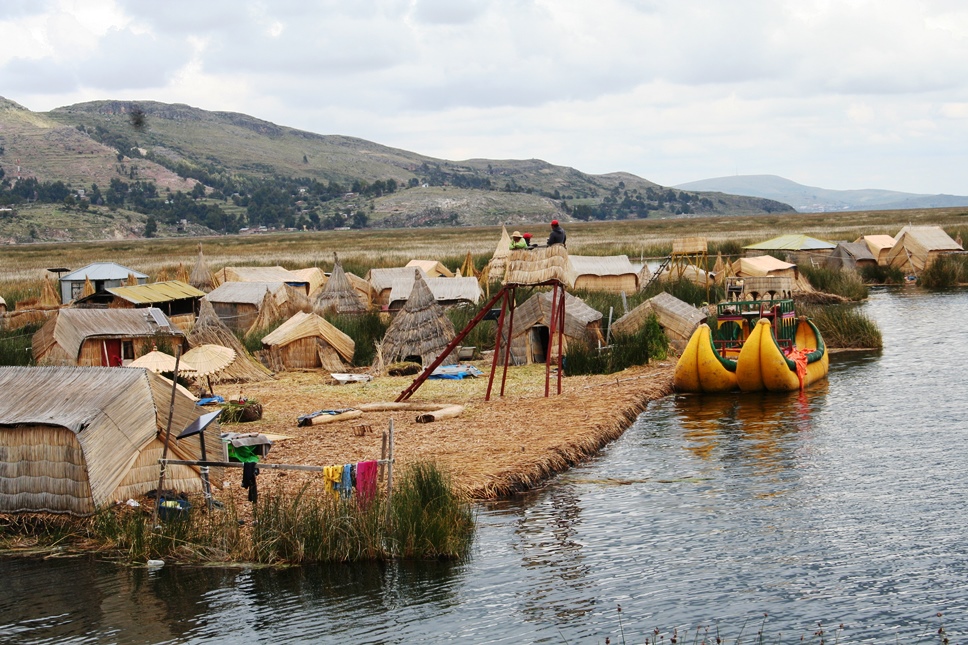
We leave again and only after three hours we arrive in Amantani, the biggest island, the one where we will spend this night! At the pier the representatives of the Colquecachi community come to meet us: Irma and Silvestre will host us and give us, very soon, the welcome with an excellent lunch of local vegetable soup, a plate of fried cheese and rice and a mate of a spice not well identified.
Soon we reach the summit of Pachamama to enjoy a wonderful sunset over Lake Titicaca and the surrounding islands.
The evening was a very beautiful and intimate moment; Cinzia and I helped Irma to peel the beans and prepare our dinner ...
She thanks us making us wear traditional clothes: first a skirt, then another, then he tightens everything with a very narrow belt, then he gives us a white shirt with colored designs on the collar and to complete the work: a long black shawl!
Men: a simple poncho! We gather in the village square to dance and have fun together in great harmony ... but not too much, after all we are always at 4000 meters high!
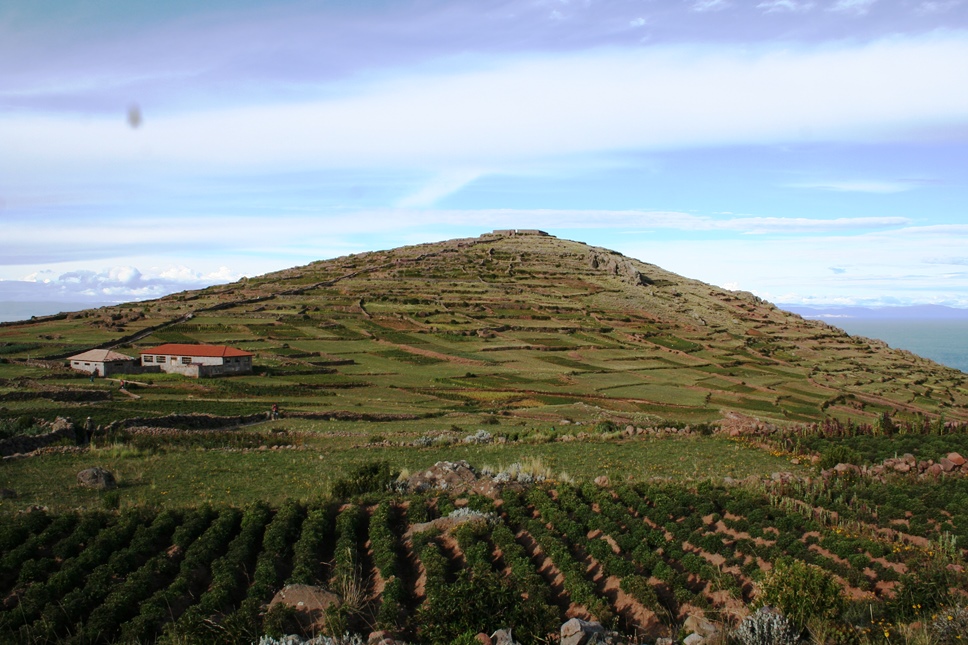
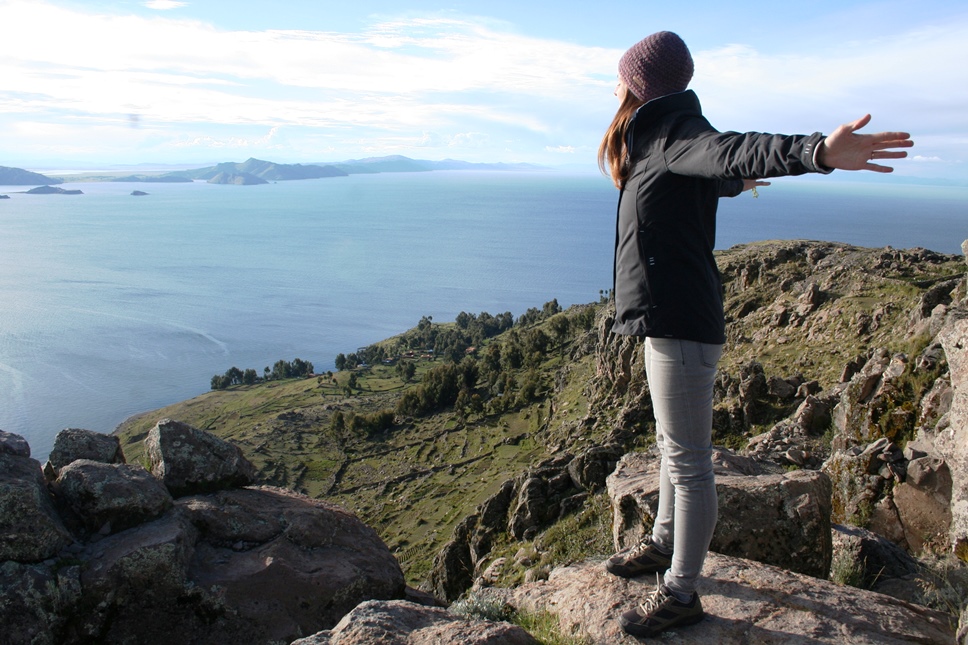
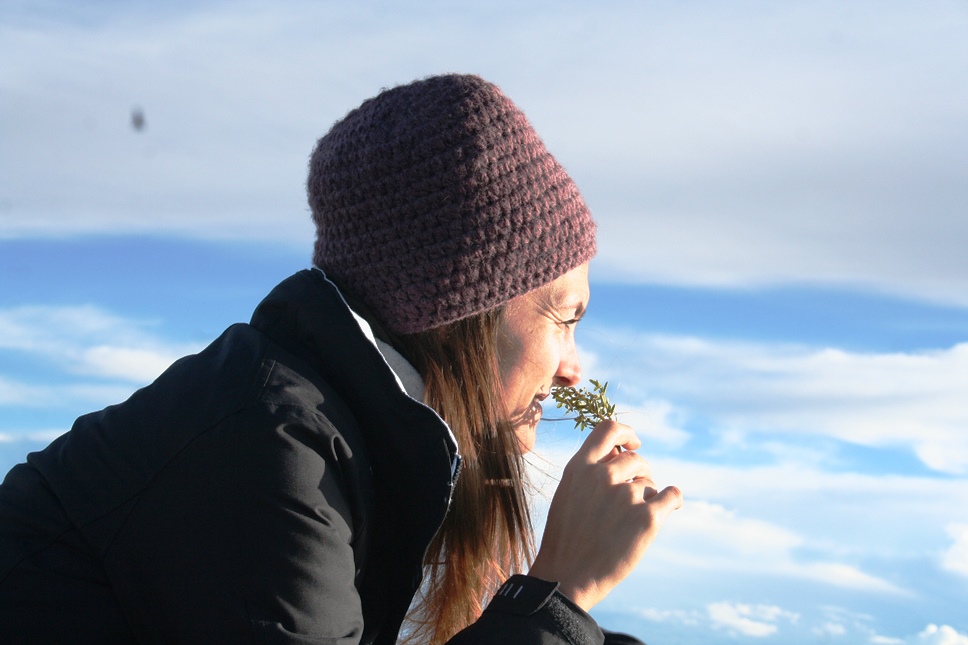
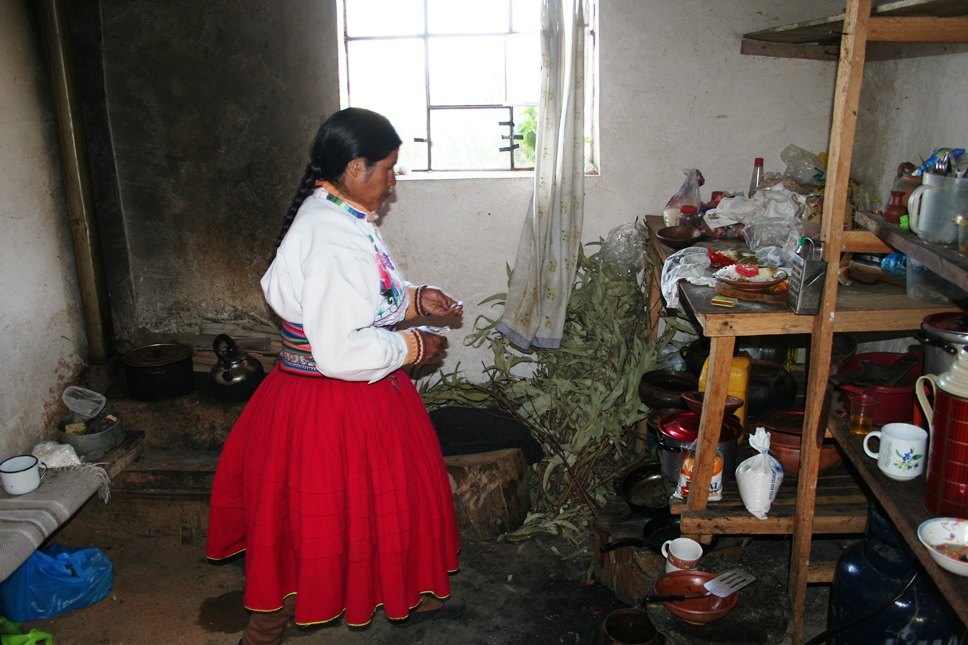
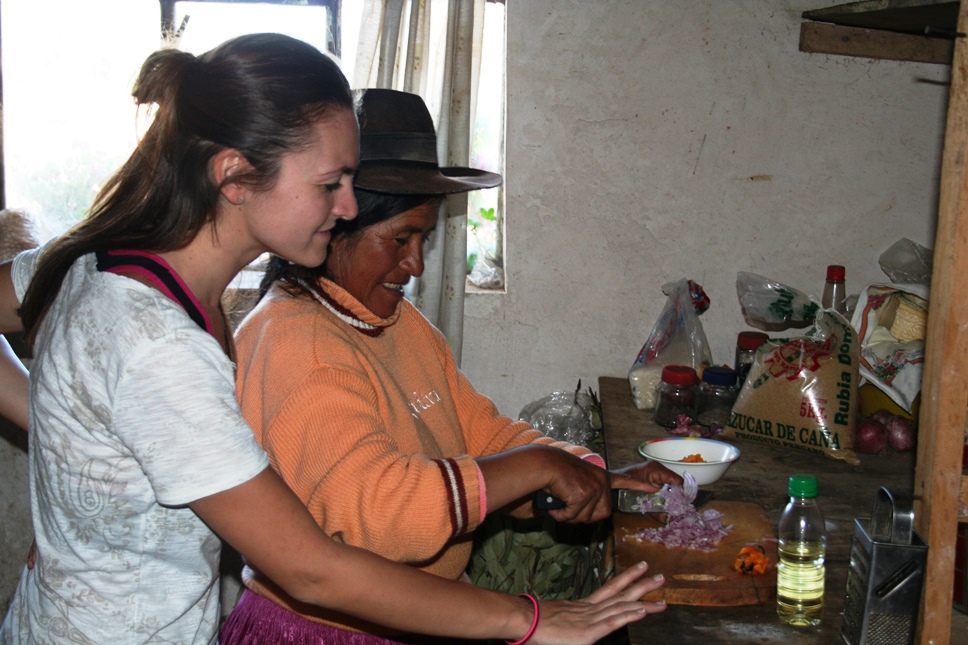
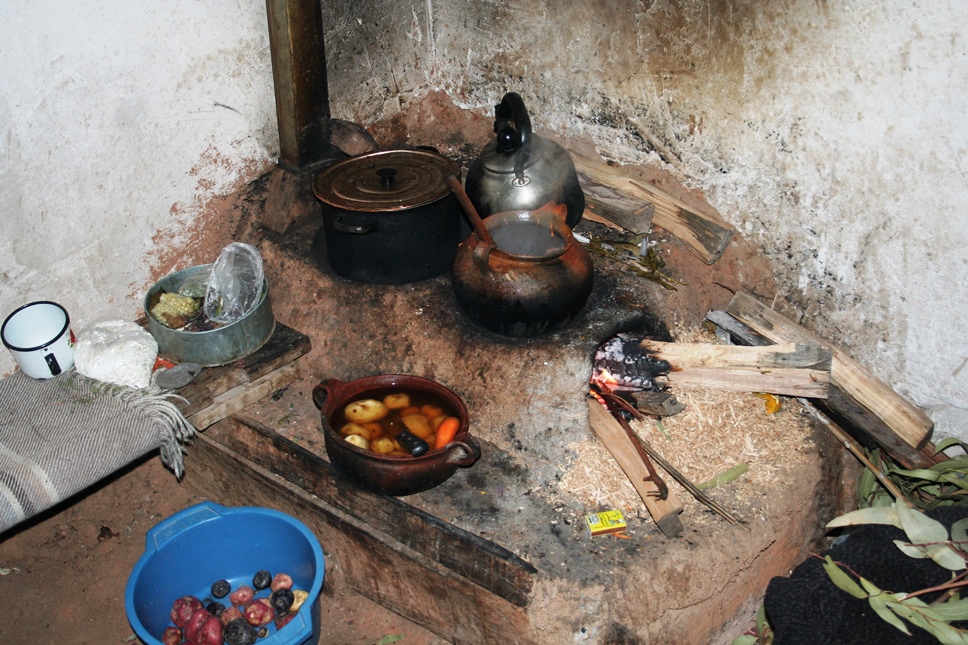
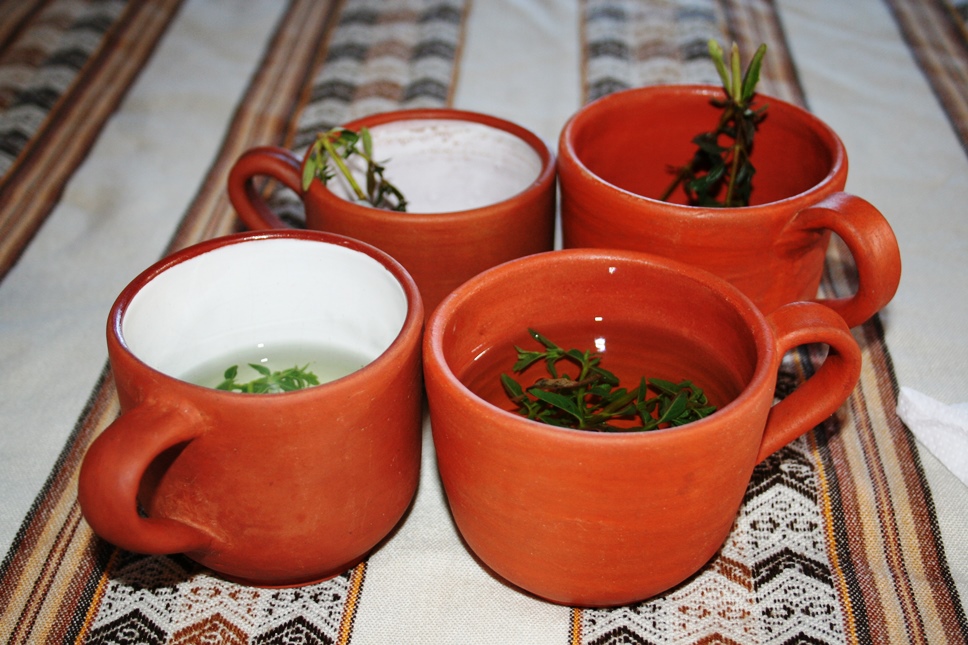
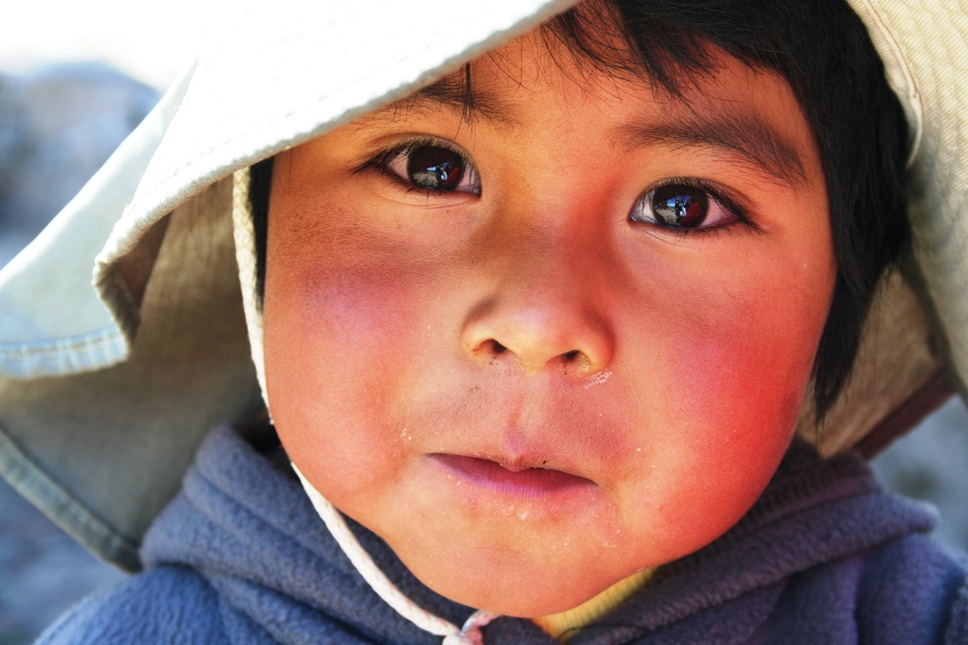
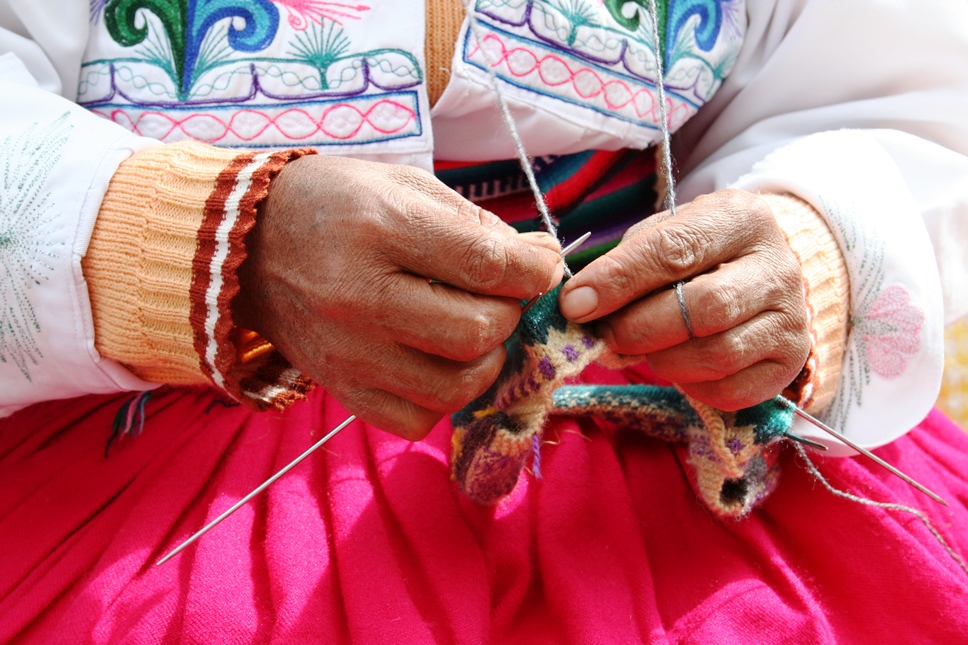
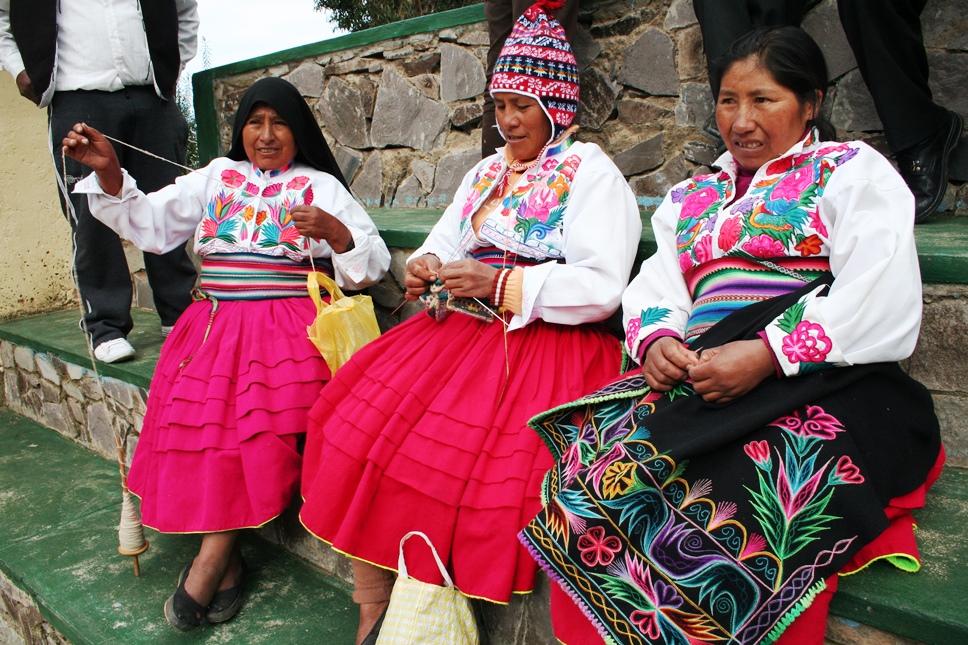
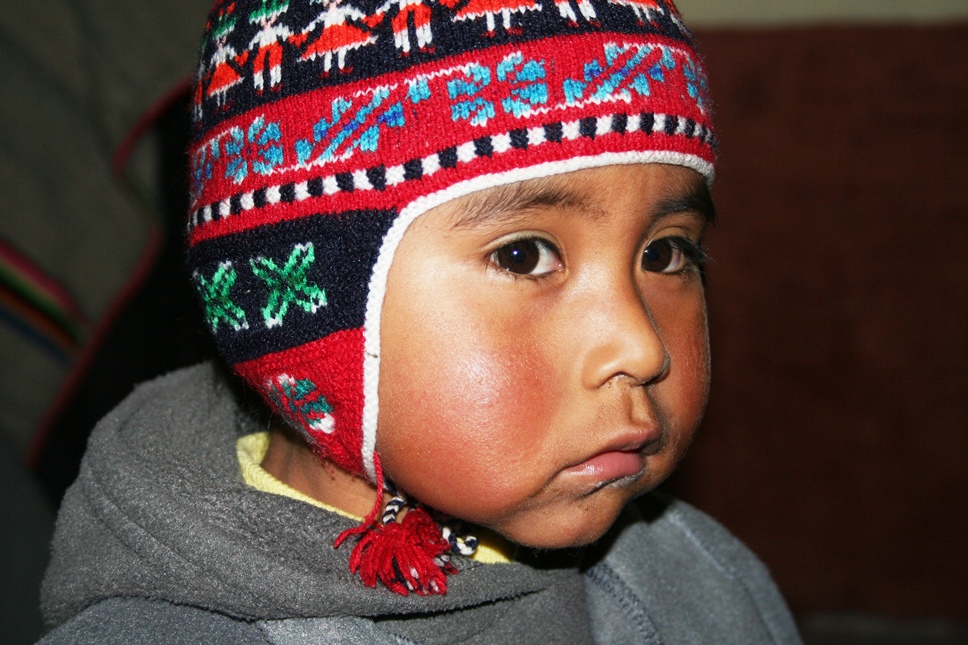
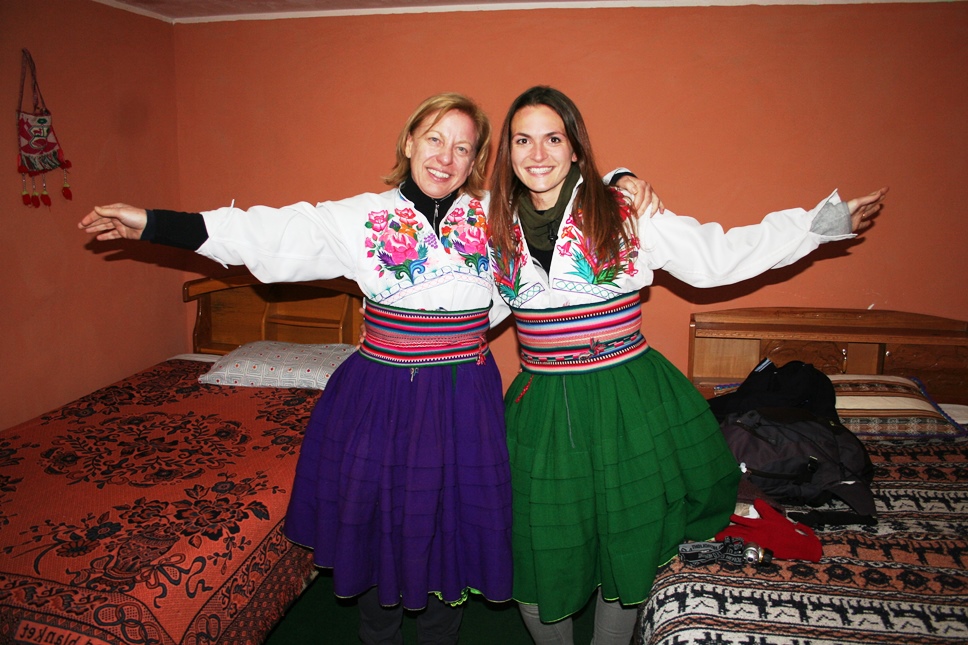
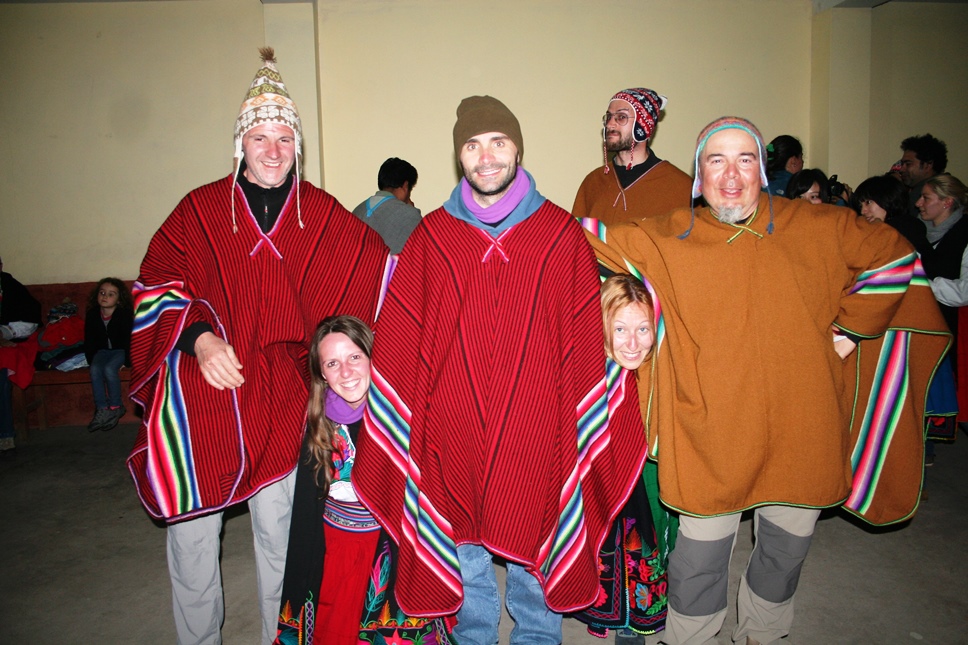
The alarm goes off very early in the placid island of Amantani. The rays of a hot sun filter through the slender window overlooking Pachamama.
We suffered from the cold tonight also because here there are no heating systems or fixtures ...
I look out of the window, sometimes a lady passes by, they are short, plump and dressed in colorful local clothes; many wear a long black veil. The nearest city is Puno, three hours away on Titicaca, many have never left this island!
Many ask us where we came from and I countered by asking them if they knew where Italy was. No one knew her!
Eventually we embark and after half an hour of navigation on the rough waters of the lake we arrive at the small island of Taquile.
There is a little path that goes up and takes you to the suggestive main square, it looks like a small Tibetan lake! Despite being so close to the great island of Amantanì, the local community has totally different traditions and customs!
Based on the color of the men's hat, you can tell if they are married or not; the same goes for women: if you look for a wife, bet on those with pompoms along the big skirts: they are free!

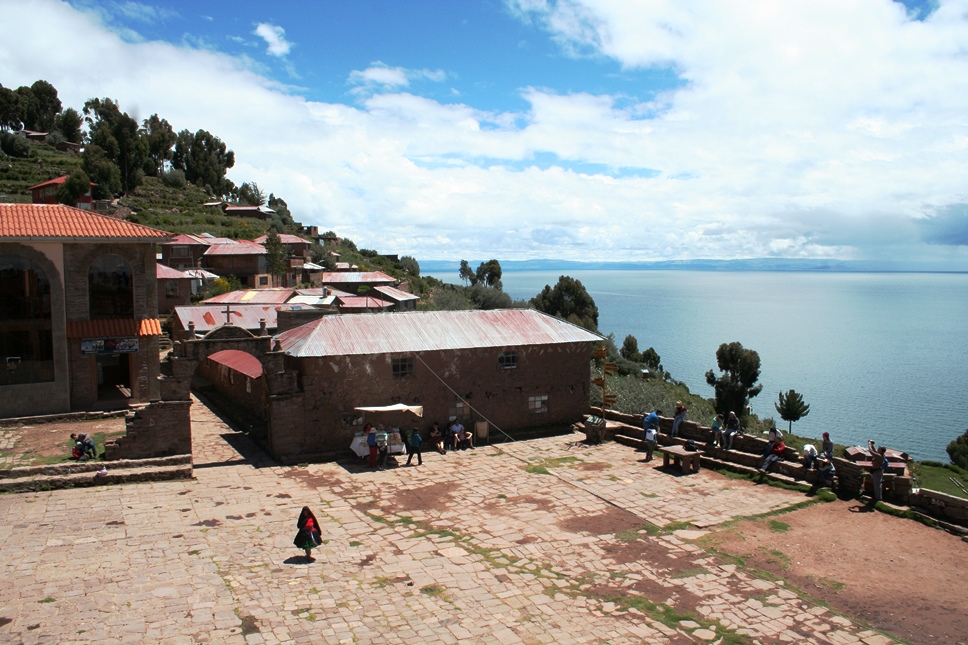
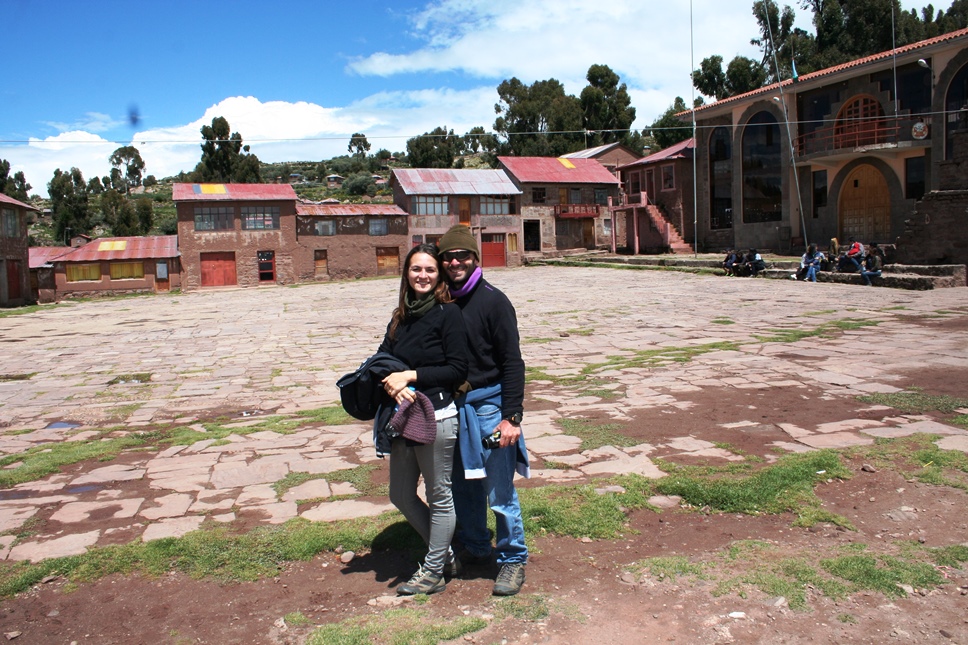
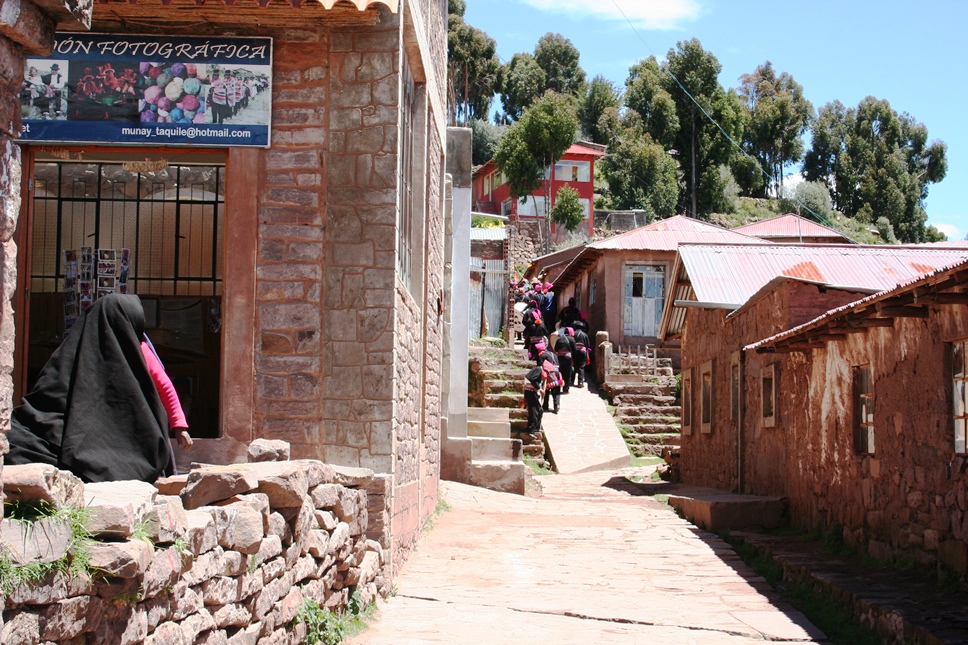
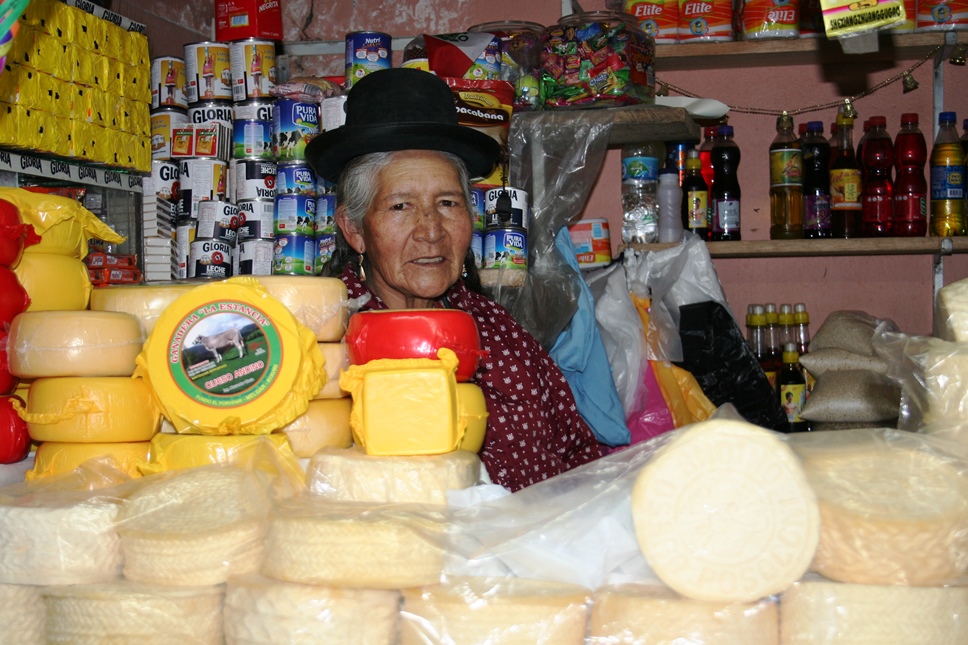
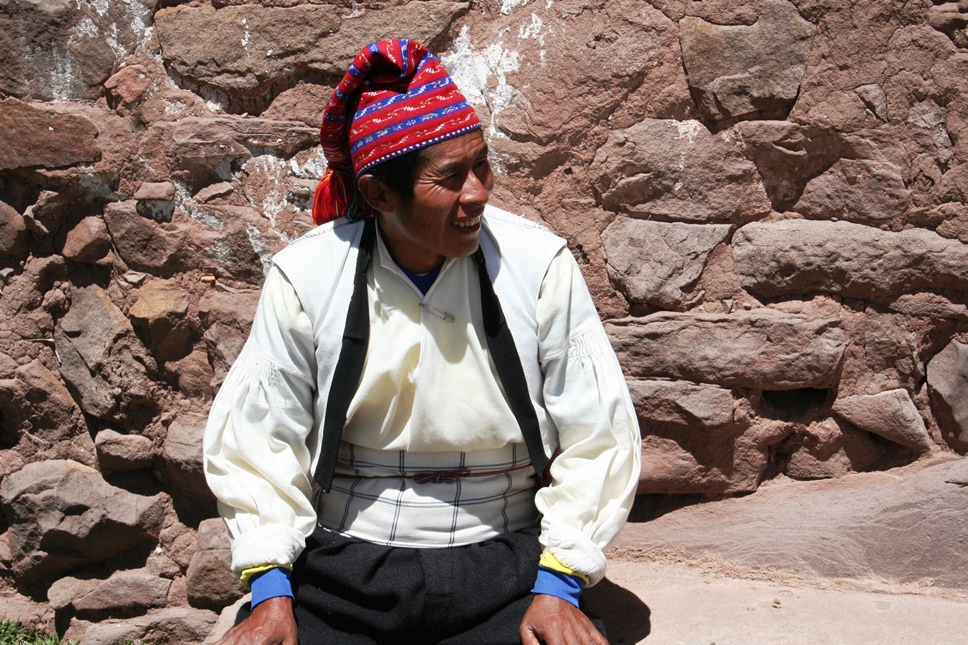
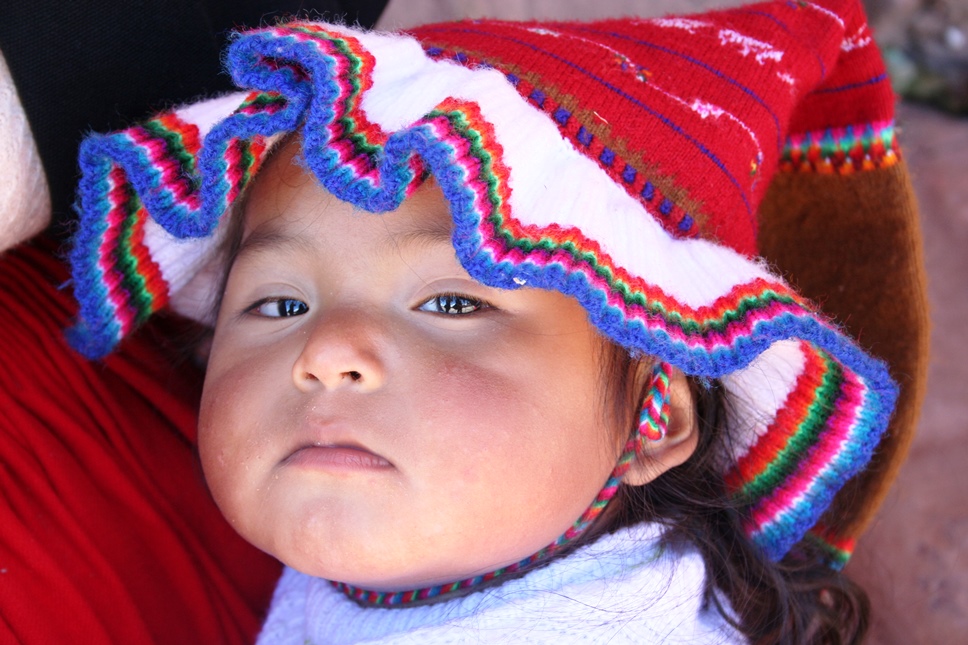
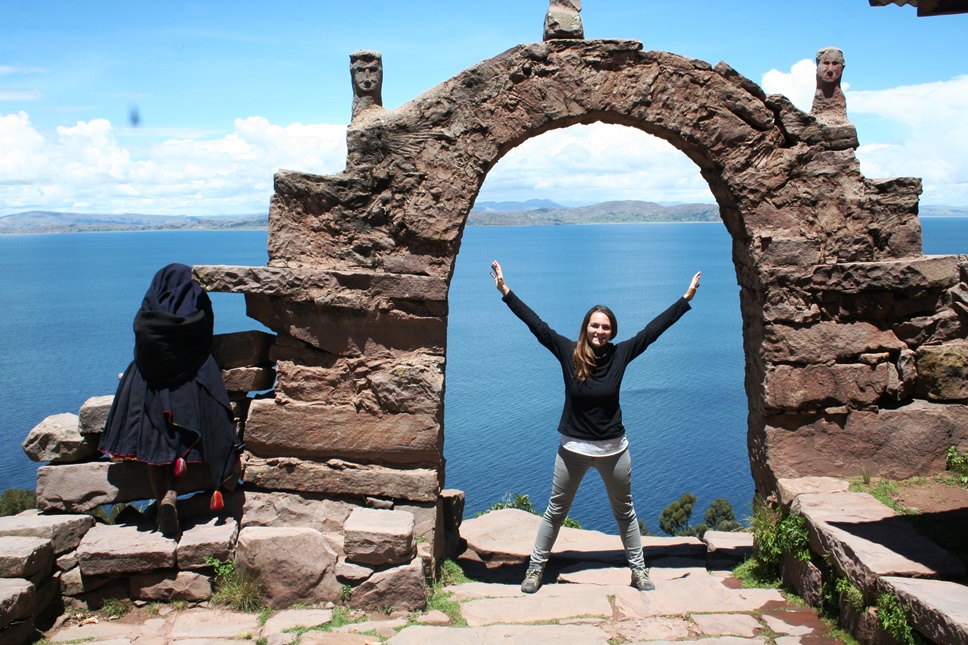
The day is still long, we head to Sillustani. Inca archaeological site that preserves many tombs of this ancient and mysterious civilization.
The graves are in stone, majestic and provided with a small door because, according to local beliefs: with the rising of the sun the soul was reborn!
We take the opportunity to enjoy this town without the carnival casino of the previous days!
The Cathedral is majestic and seems to watch strictly over the Plaza de Armas.
Puno by night looks like a big crib, a thousand small houses without plaster, clinging to various hills and dimly lit.
A good plate of roasted alpaca and two jumps at the "Positive bar" to conclude this latest day of travel!
The landscape that flows before our eyes, on the road to Cuzco, is impressive!
We are at 4300 meters above sea level.
A cow is chewing boringly near a small cemetery, an old woman with a bowler hat and a multicolored shawl returns home loading on her shoulders all the freshly washed clothes in the stream; the tuff walls of sparse houses invite "Victor" to be voted as "Alcalde" in the upcoming political elections; a herd of llama tastes the fresh grass still wet from the downpour of the night just passed; packs of stray dogs stroll about in a hurry ...
The Rio Urubamba, brown and impetuous, escort us along the way; majestic mountains of 6000 meters leave us lapping up their slopes; the landscape changes again, the clouds thin out, some timid rays of sunshine filter through, even the river seems to have calmed down a bit ... now they invite us to vote: "Cornejo"!
Pukara, a very delightful pueblo with an ancient square in front of the simple and austere cathedral.
At almost 4,400 meters above sea level, we stop at the "Raya", a natural mirador with a breathtaking view of this Andean landscape.
A girl in traditional dress approaches us carrying her blade.
Andhahuaylillas surprises us with its baroque church called the Peruvian Sistine Chapel.
It is fascinating the idea that in a remote village of Peru they built a church so rich in marvelous frescoes!
Huaro is a clear example of religious syncretism, a meeting of Catholic religion and popular pagan beliefs.
Finally we arrive in Cuzco!
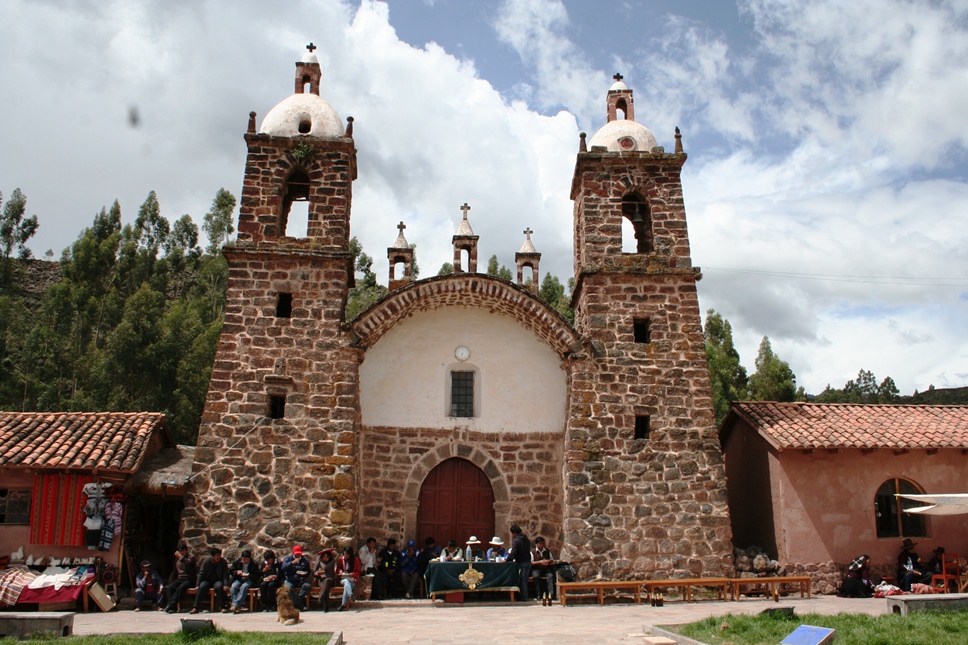
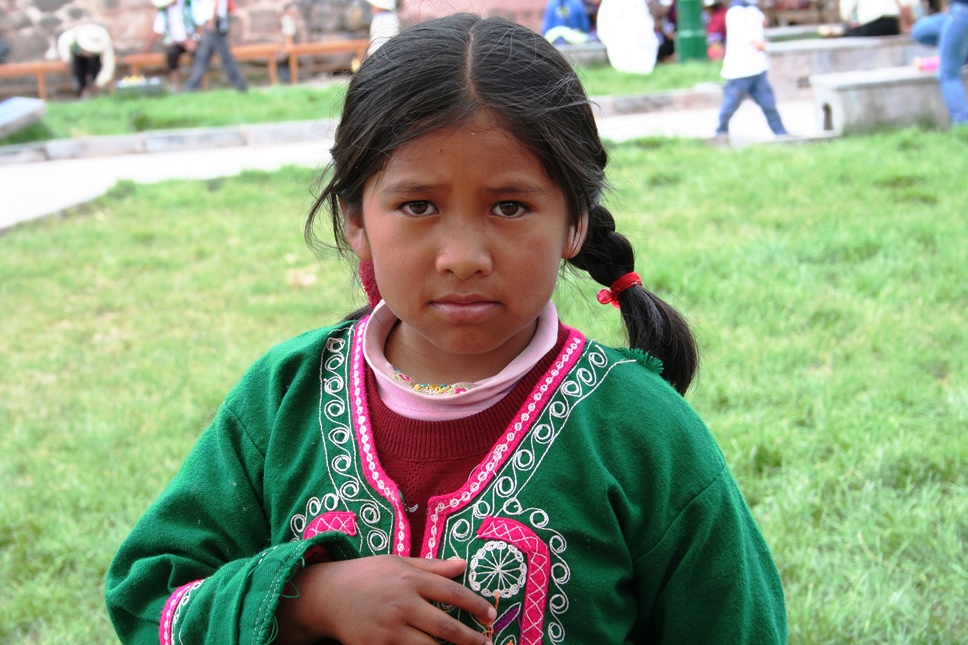
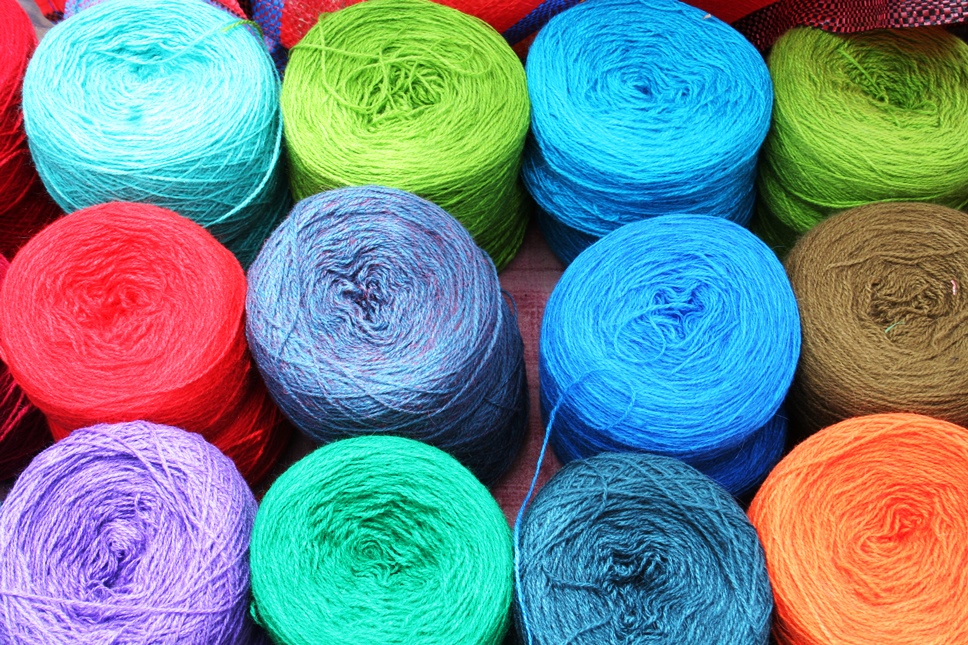
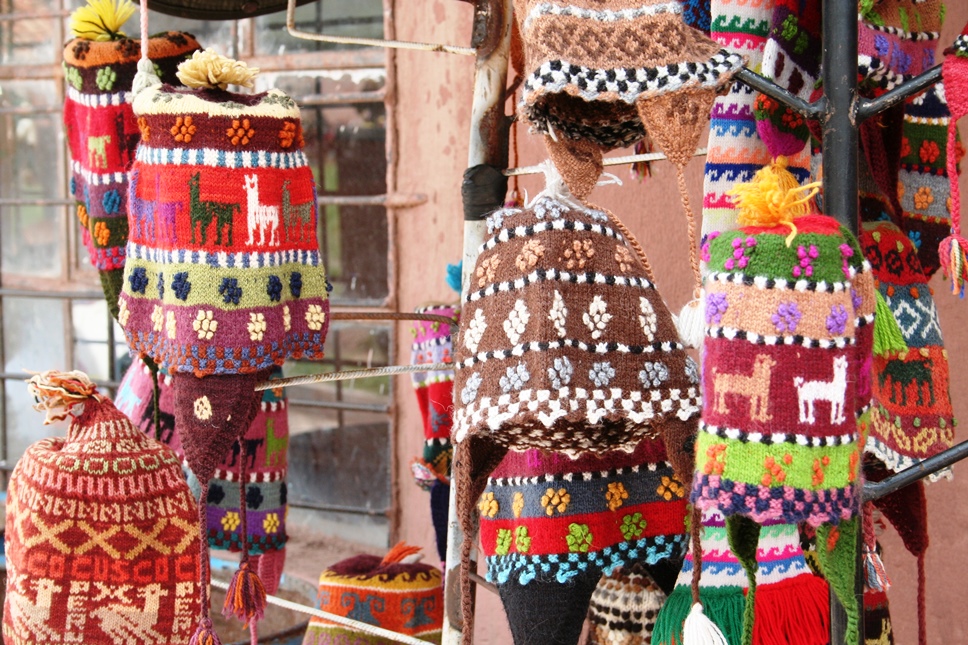
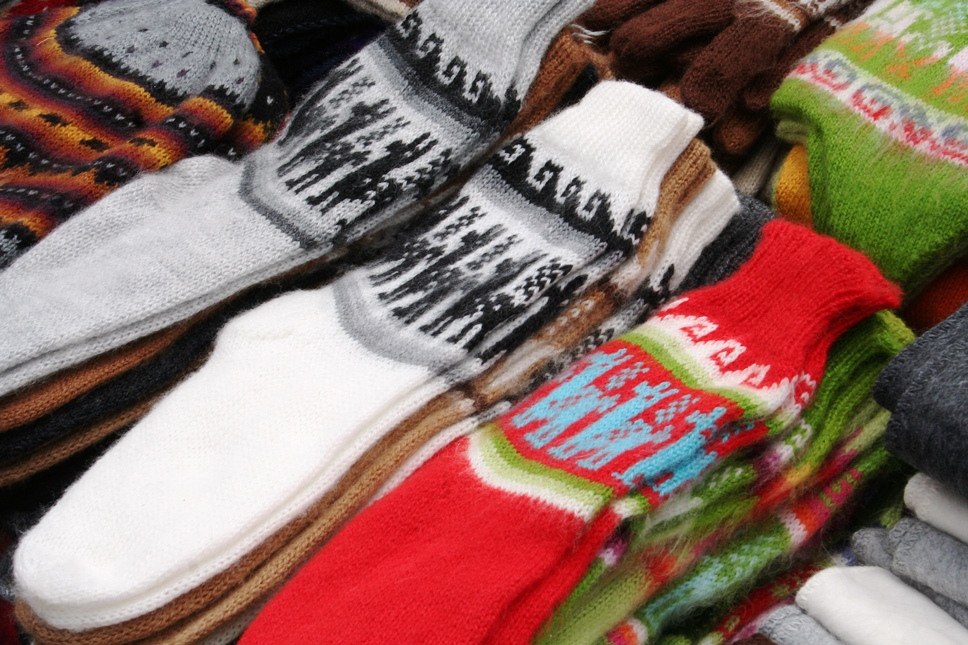
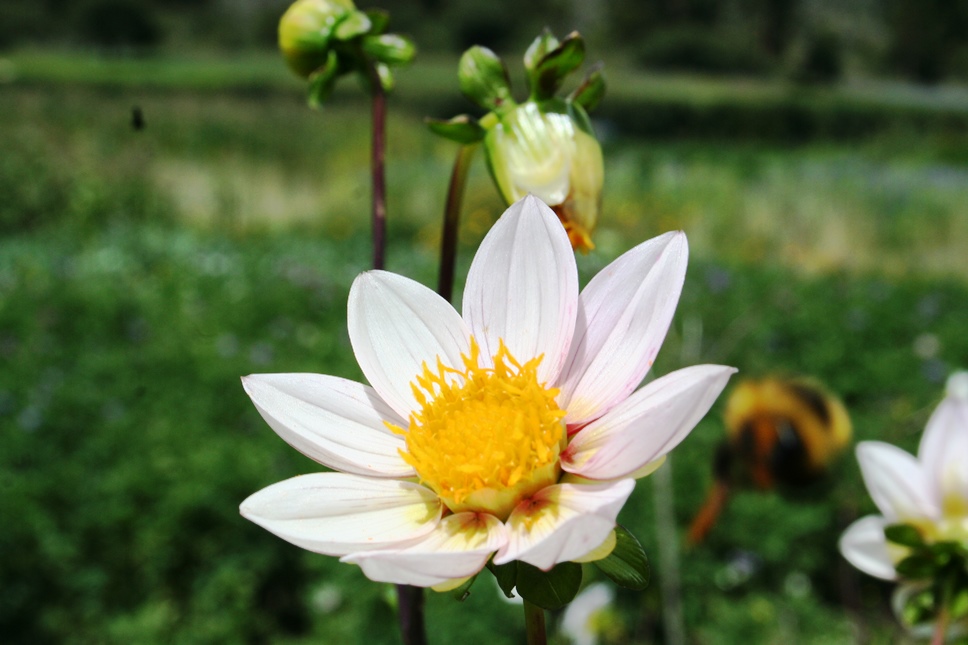
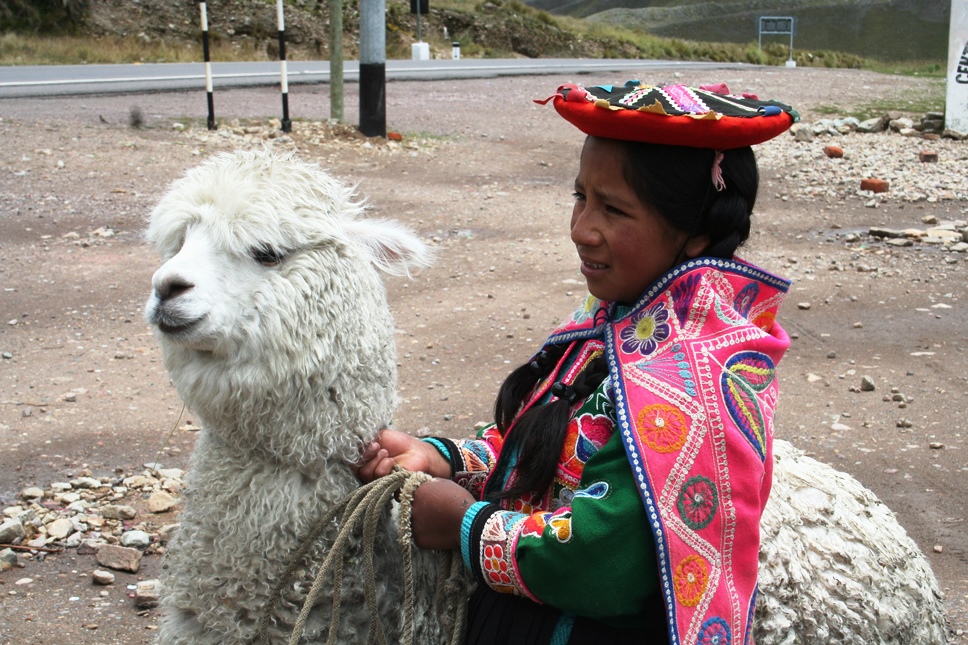
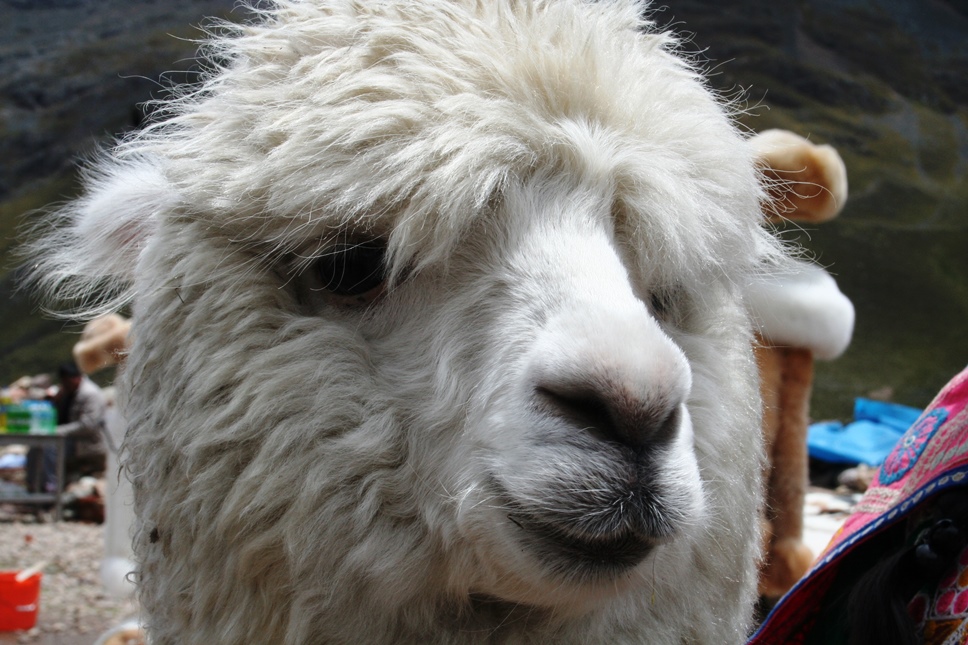
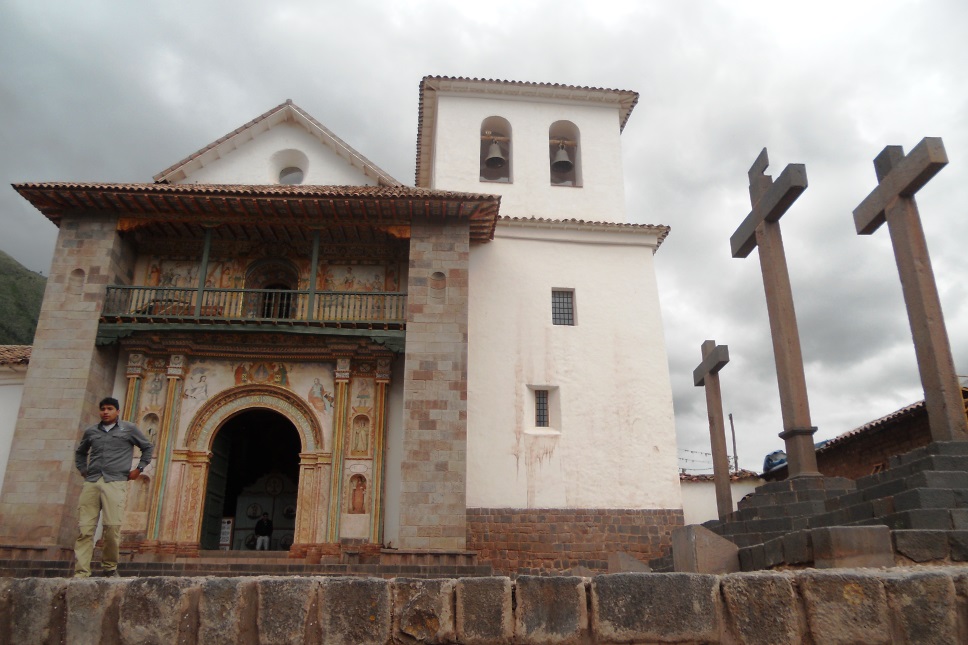
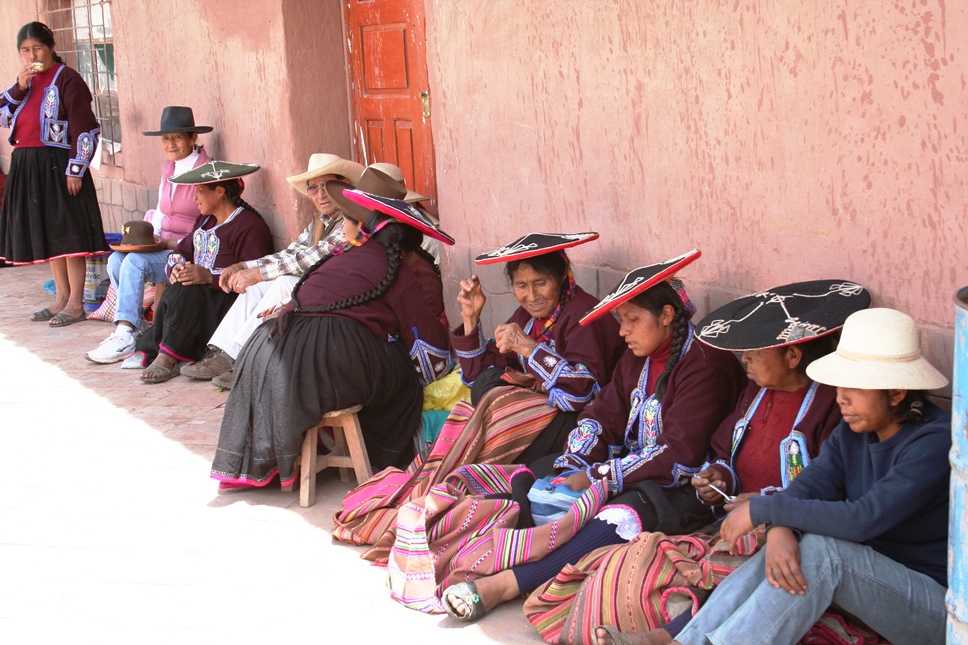
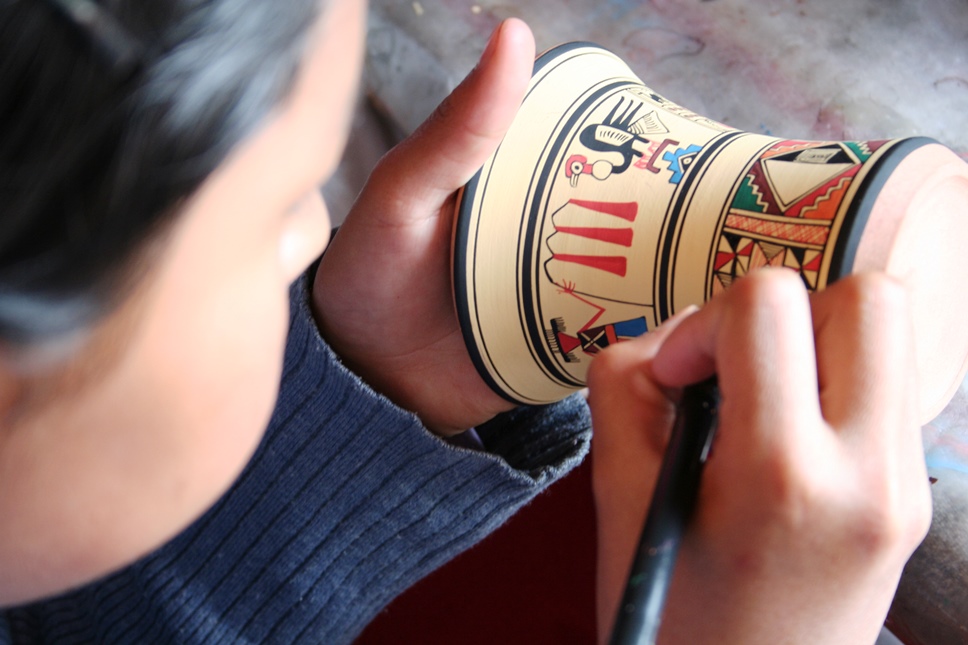
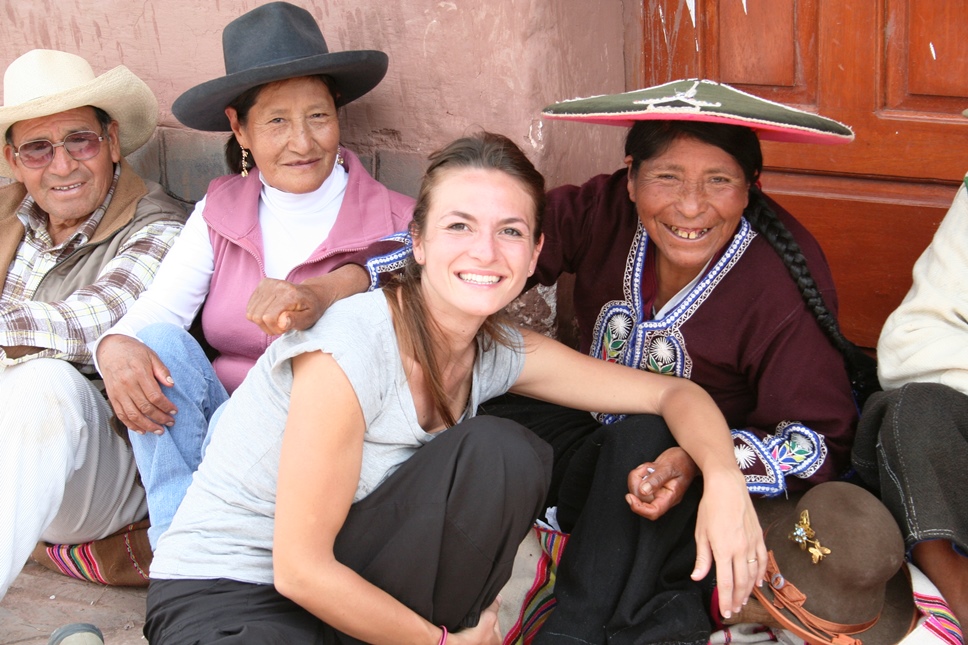
Chinchero. The work of archaeologists is bringing to light the ruins of a majestic Inca palace.
Moray. Strange circular terraces, very suggestive ... the mystery thickens!
The salt flats of Maras leave me speechless!
It is hard to follow the route that will lead us to the "salineras". Our bus often skims the edge of the ravine ... shiver ... from above the show is amazing, a sort of Fez Peruvian in which, instead of tanneries of skins, there are multicolored puddles of salt!
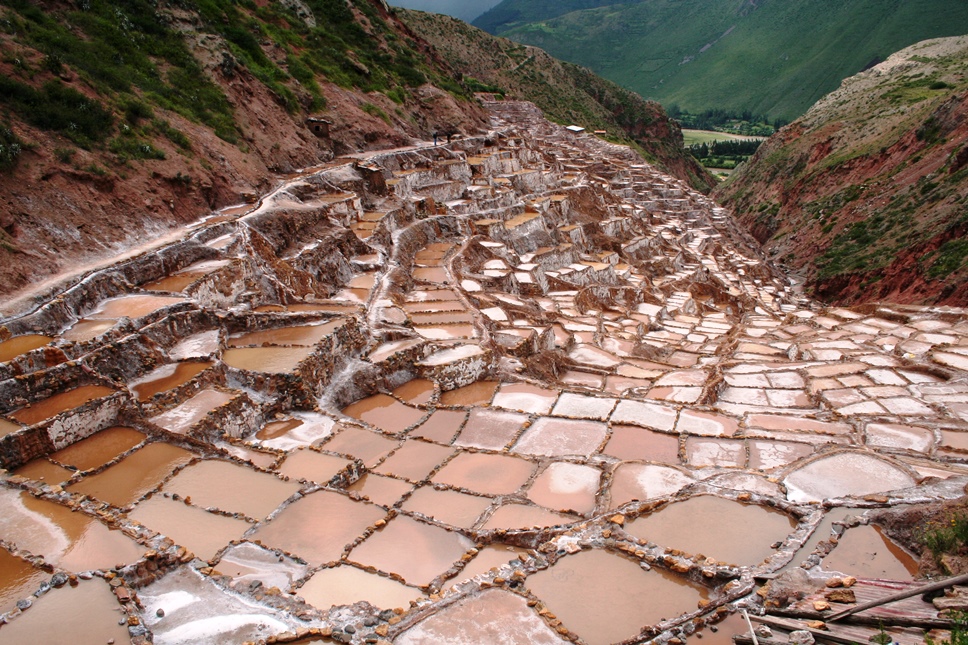
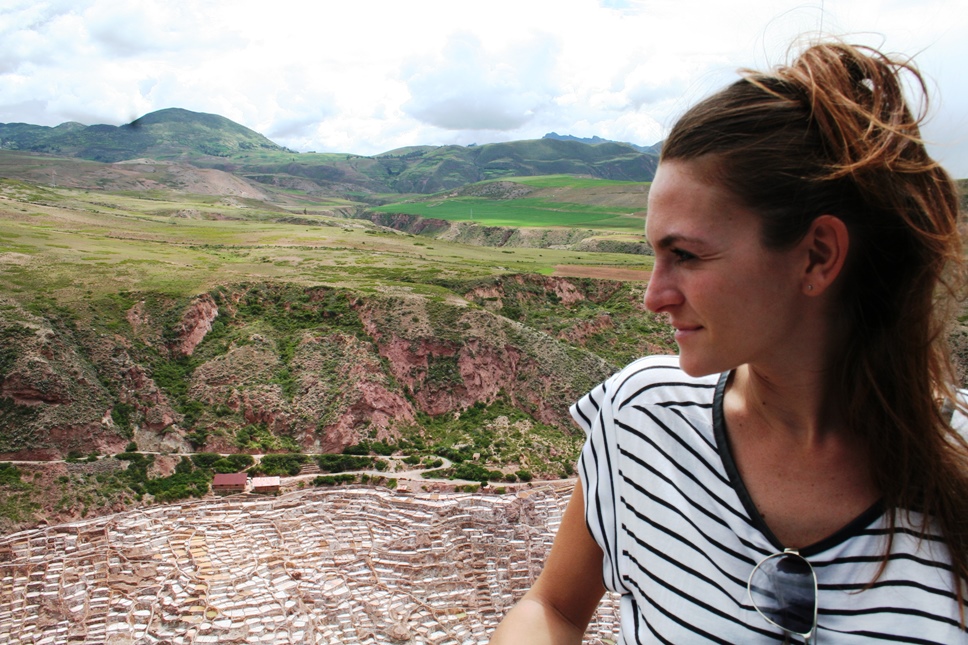
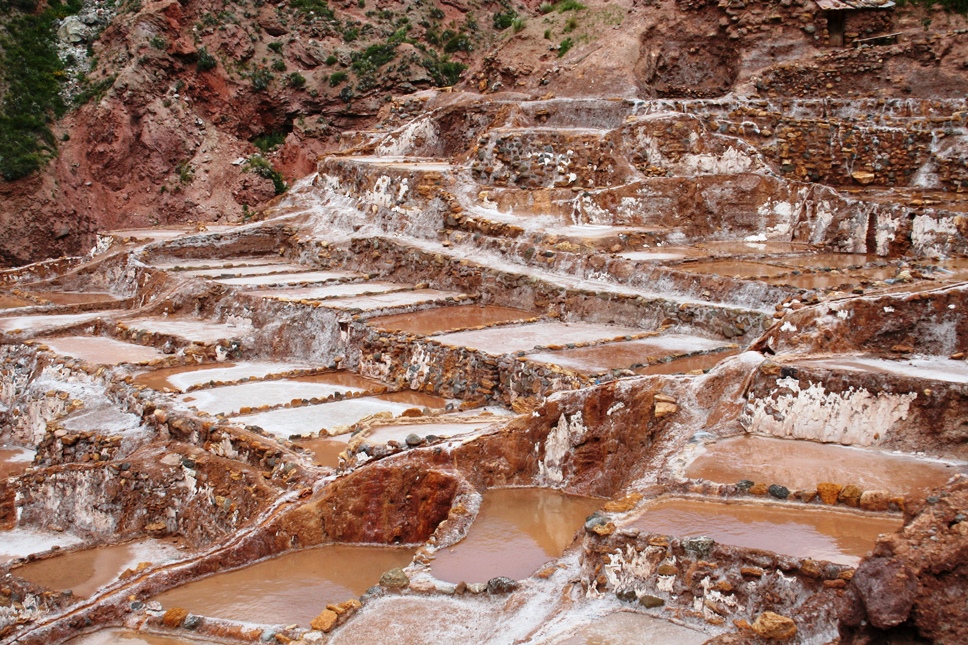
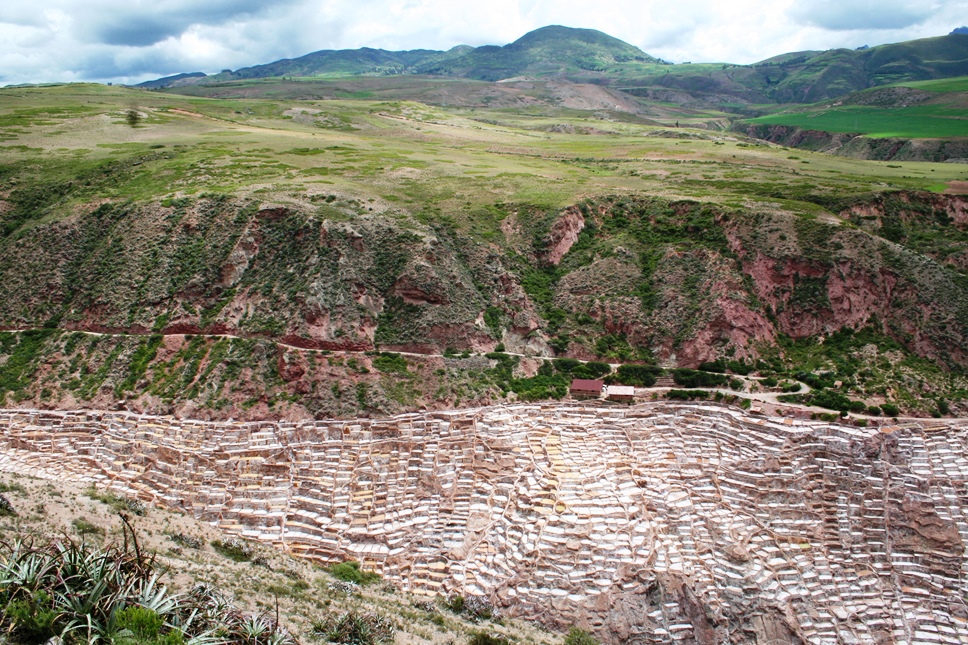
At 16.00 we are already in Ollantaytambo from where we start, on the "Peru Rail" train, to the slopes of Machu Picchu. We are very excited and already from our windows we admire a landscape that inspires fear ... the Rio Urubamba flows violently alongside the tracks. The rapids are threatening and "guarded" by these majestic mountains!
The vegetation is so dense and impenetrable that it almost does not distinguish the soil. A pinch of Amazonia reminds us where in the world we are! Our blue train continues its journey and every curve is a new discovery for our enchanted eyes.
Who knows what this place was during the Incas time...
It's 04 am in the morning. Outside it's still dark. It's cool, there's a lot of fog and you can't see anything! We are hopeful and entrust our prayers to the Inca God.
By bus we reach the entrance to the site of Machu Picchu and climb up to a mirador while it continues to rain ...
Suddenly a shy sun begins to emerge that will accompany us throughout the day!
It does not seem true to be here and to have this beauty before you only seen in documentaries and postcards.
Our guide tells us about the "House of the Guardian", we see the ancient houses, the sacred altars ...
Our gaze is turned to the top of Machu Picchu ... let's start the climb ... much more tiring than expected ... infinite steps of stone, irregular and of different sizes ... my lungs asked for mercy ... my legs too ... they seemed to never end! The higher you climbed the more suggestive the views became! Last effort, last breath and here we are at the top to admire one of the wonders of the modern world! The satisfaction you have when you manage to conquer the top is priceless!
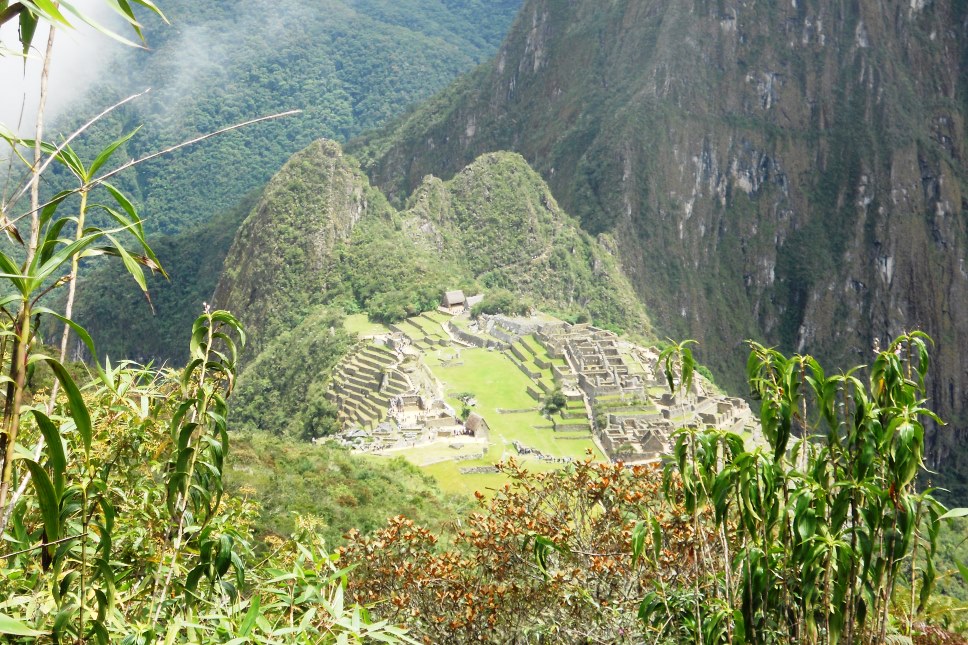
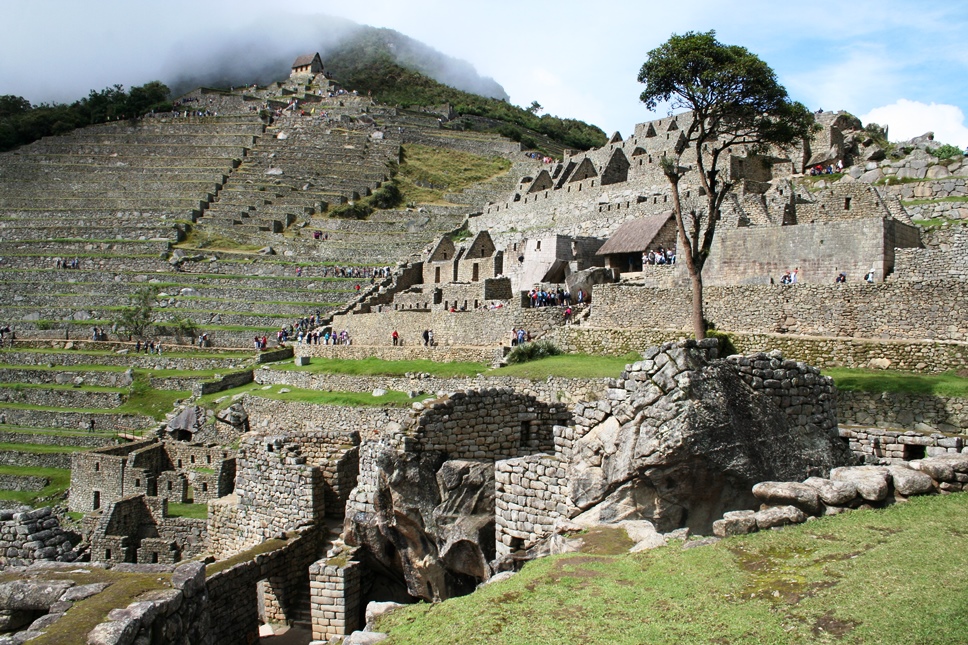
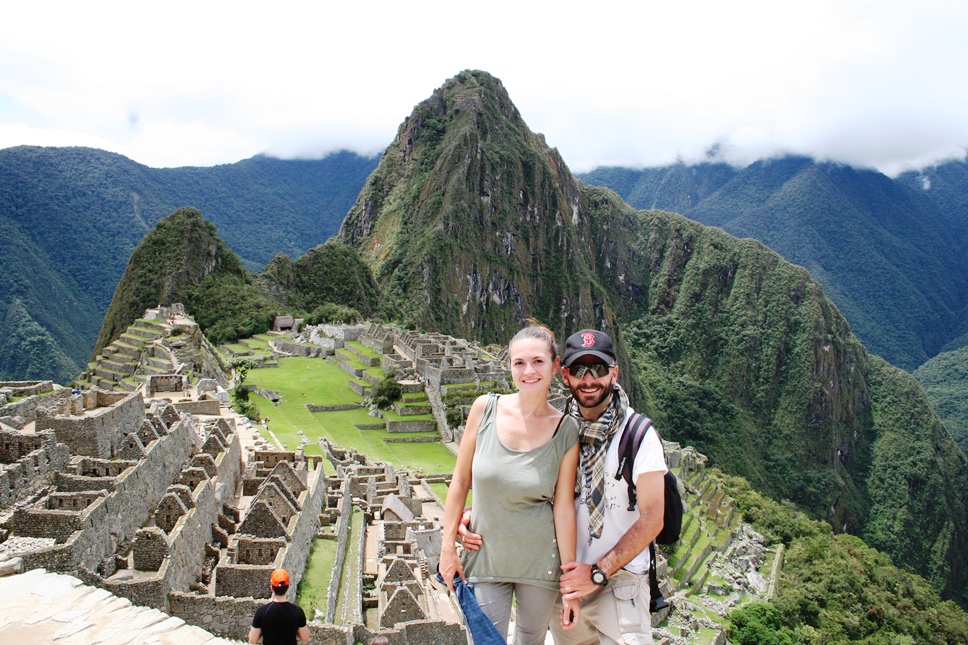

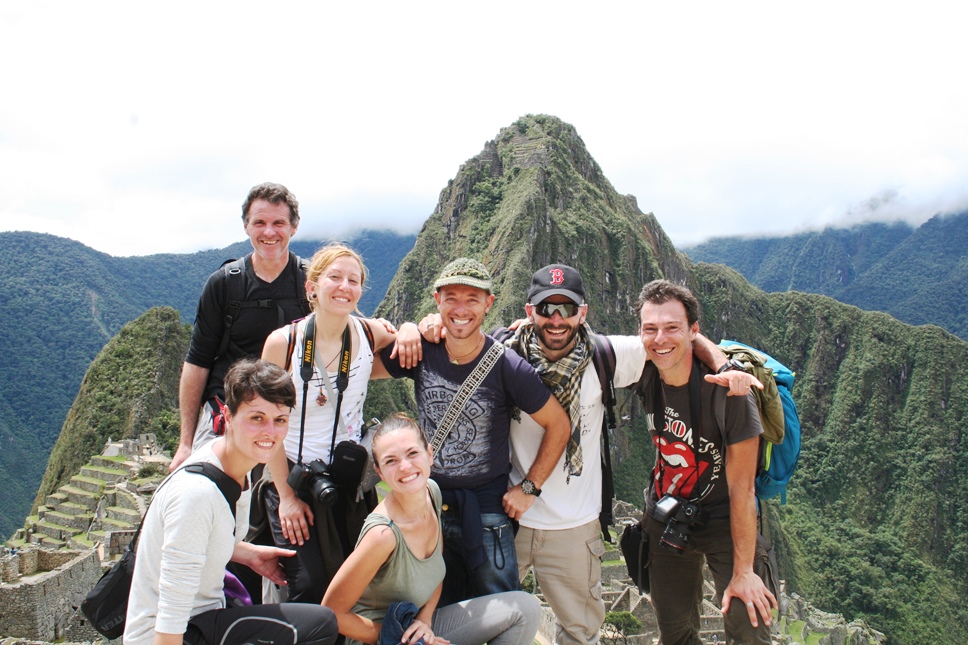
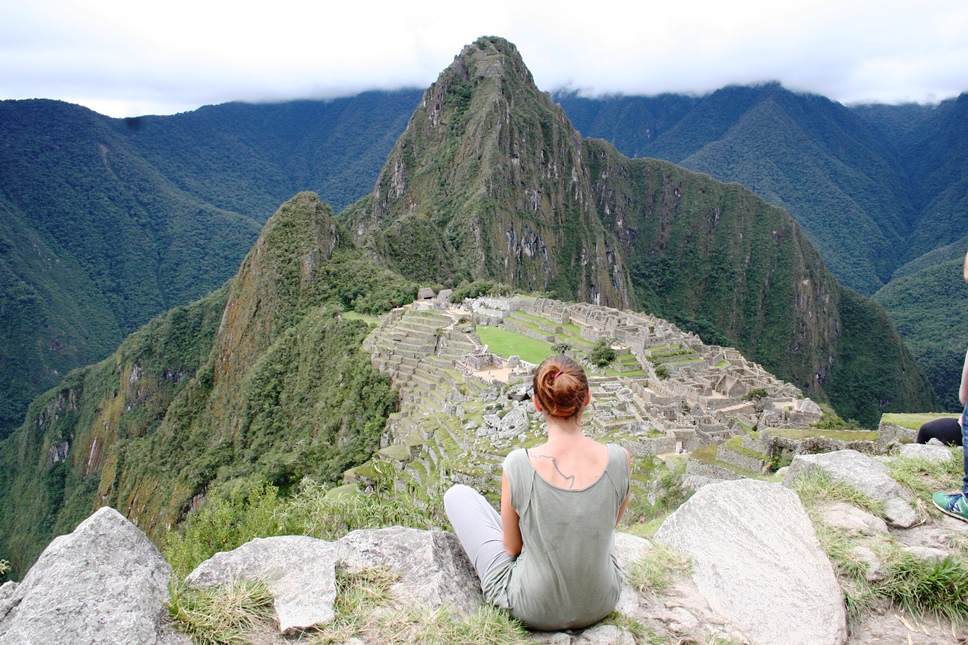
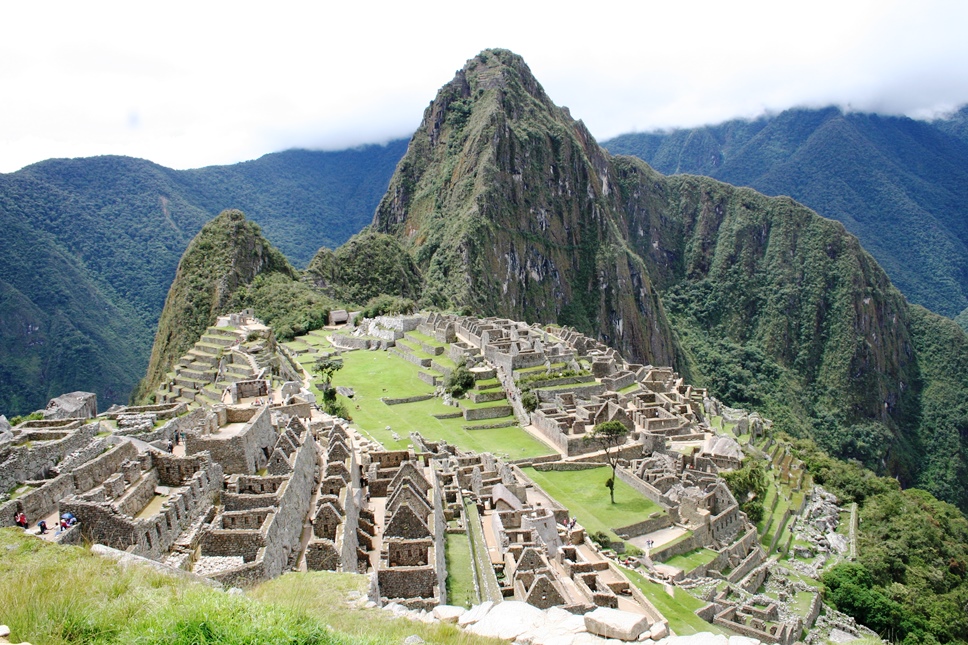
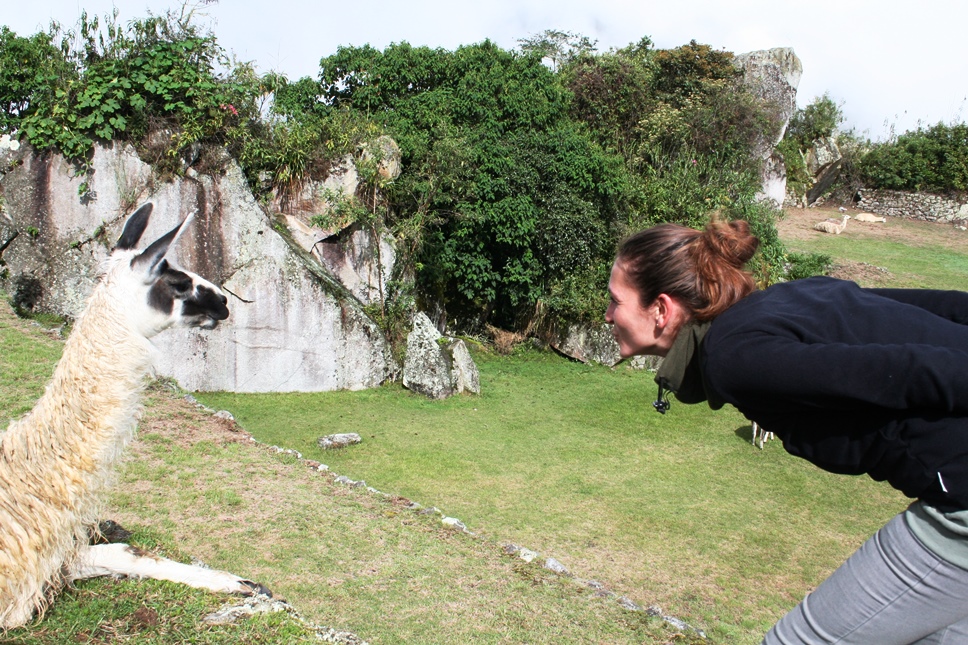
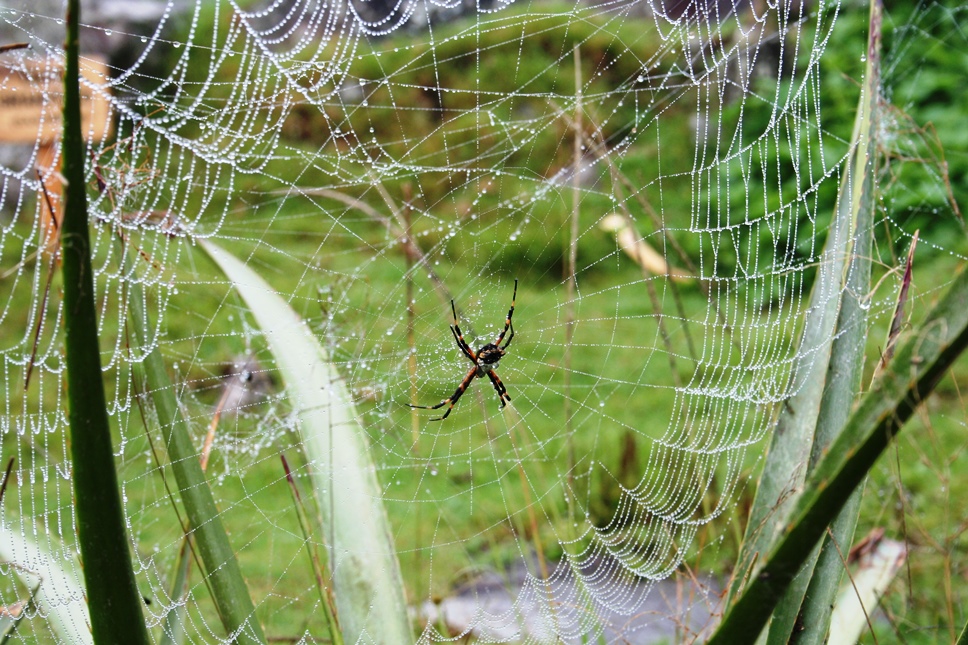
We enjoy our goal ... but not for long! We are soaked and a strong wind is blowing ... the descent begins! The legs tremble from the continuous tension; let's go down without stopping, everyone with their own breath, each with different images in the heart and in the eyes.
It does not end here! We decide to follow the path up to the "Inca Bridge" ... not very exciting after the trekking just lived and we finally collapse on a meadow to recover the last strengths for the last walk to the village of Aguas Caliente!
We retrace the journey back two days ago on the same train ...
We are still thinking about what we have just experienced and soon after we relax a little in the central plaza of the small Andean village of Ollataytambo... their daily life passes before our eyes ...
Three children approach us and ask us if we want to listen to a Quechua song, in exchange for a propina ... small women with imposing skirts, knee-length alpaca stockings and long black braids connected to each other behind their backs carrying heavy loads on the shoulders…
They go to the small "Mercado Municipal", perhaps they come from the surrounding villages to sell, for a few soles, some vegetables or fruit ... we follow them, we dive for a moment in their world.
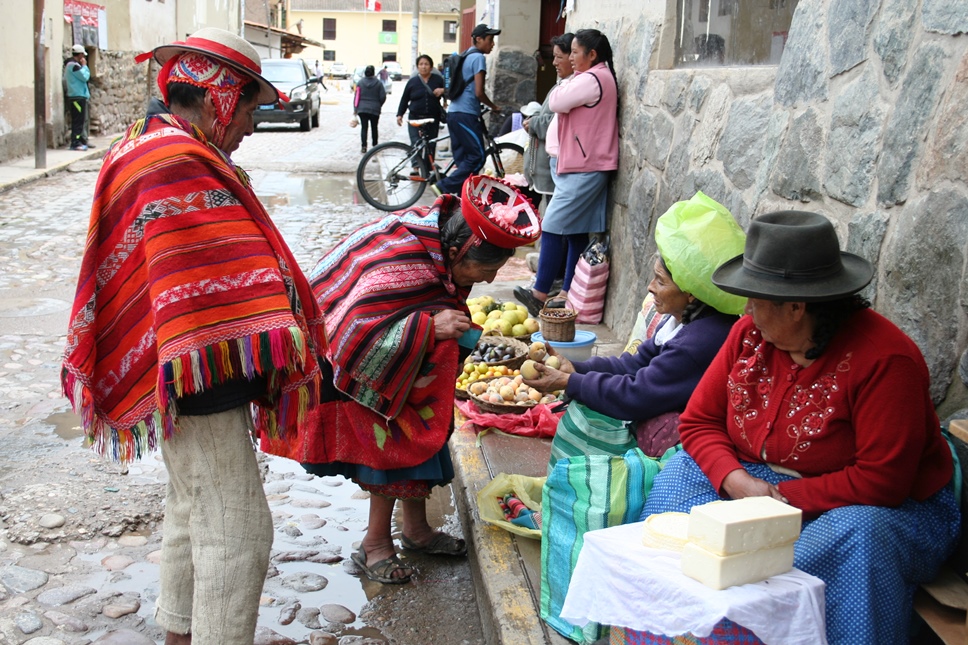
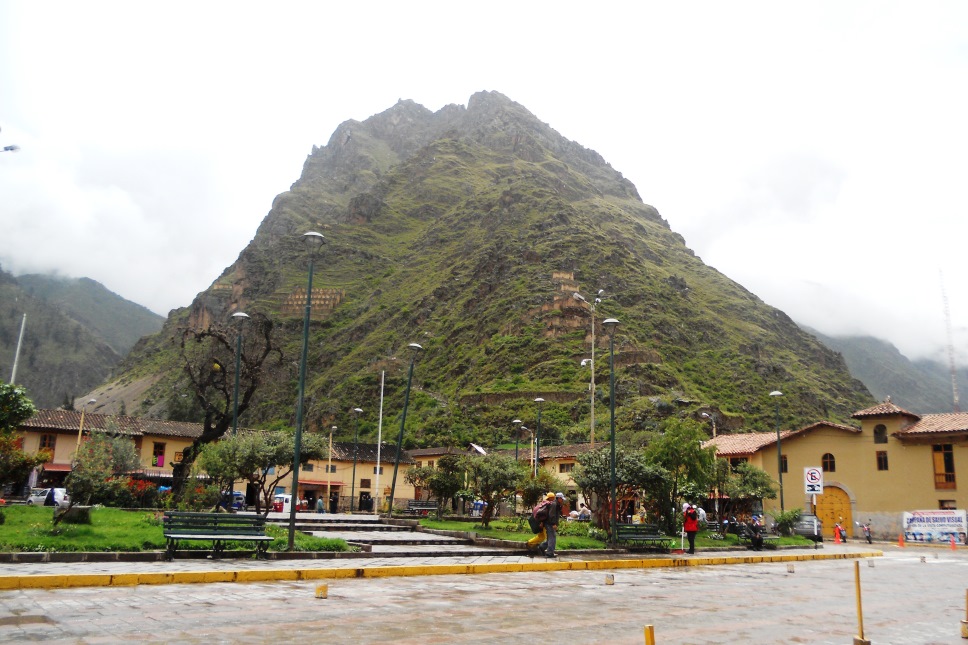
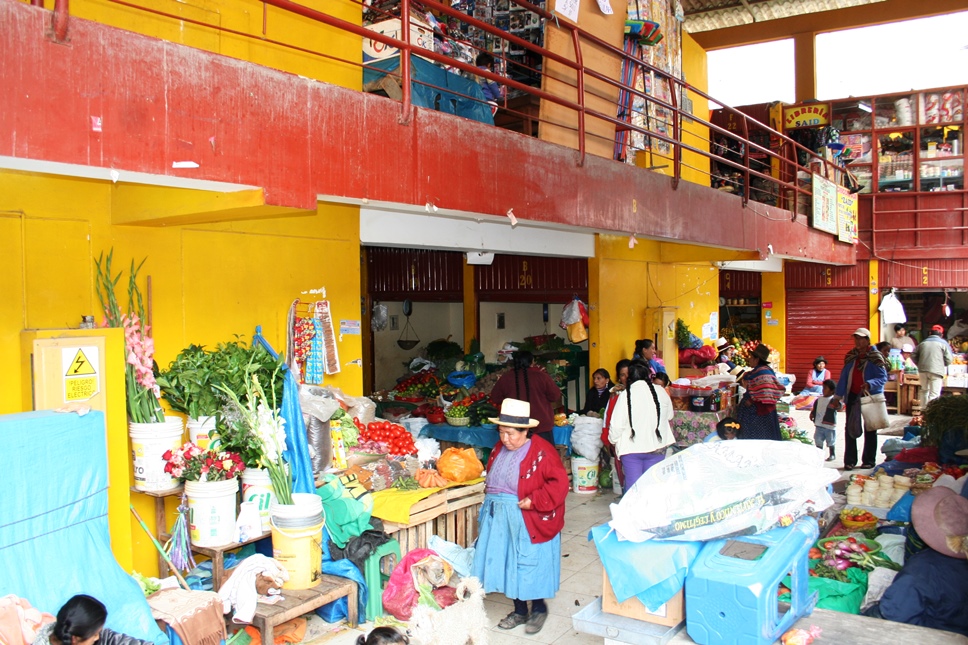
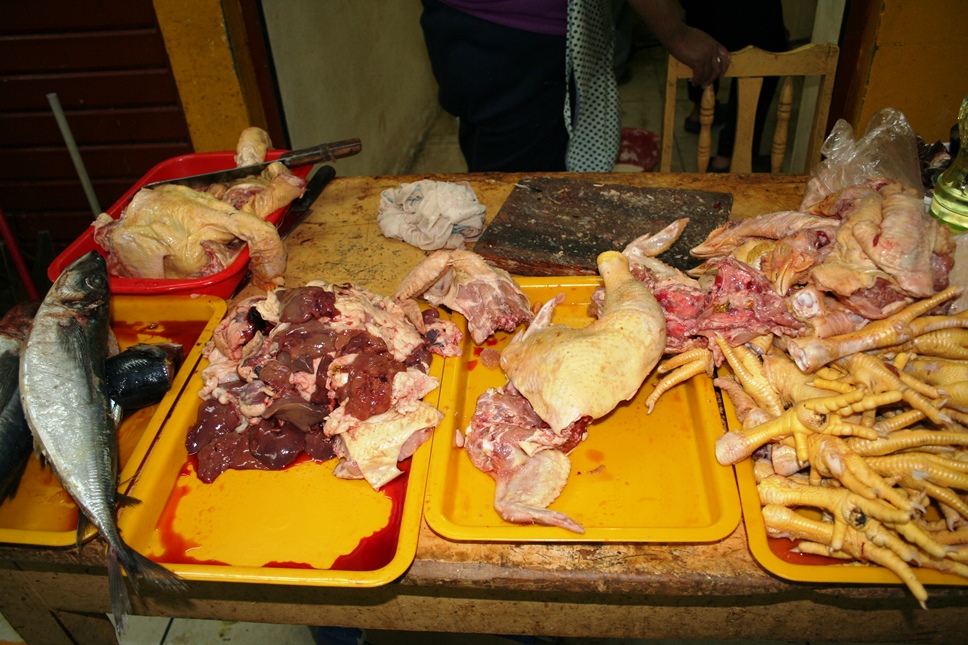

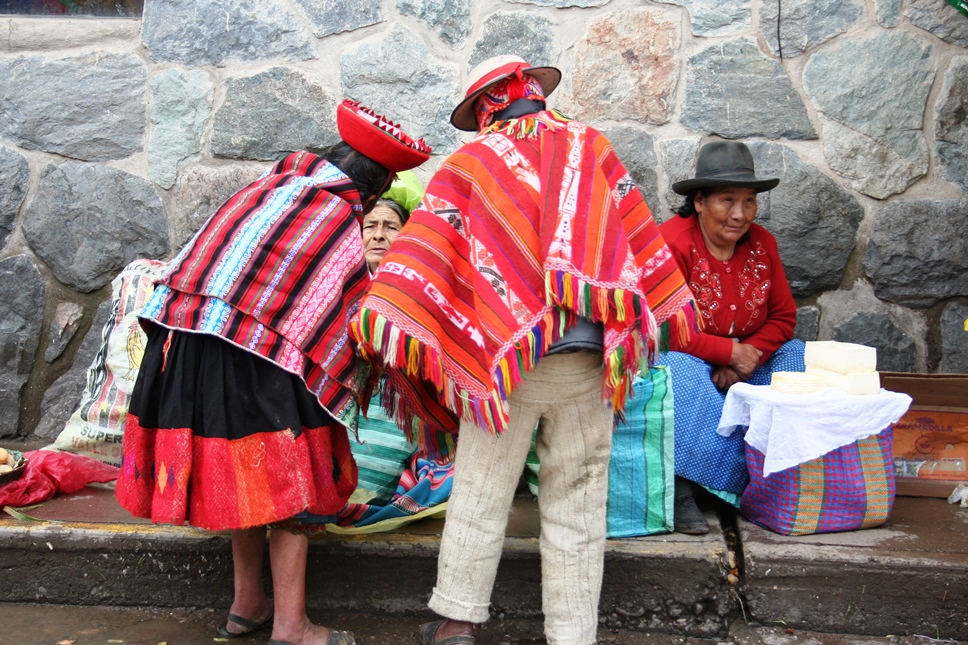
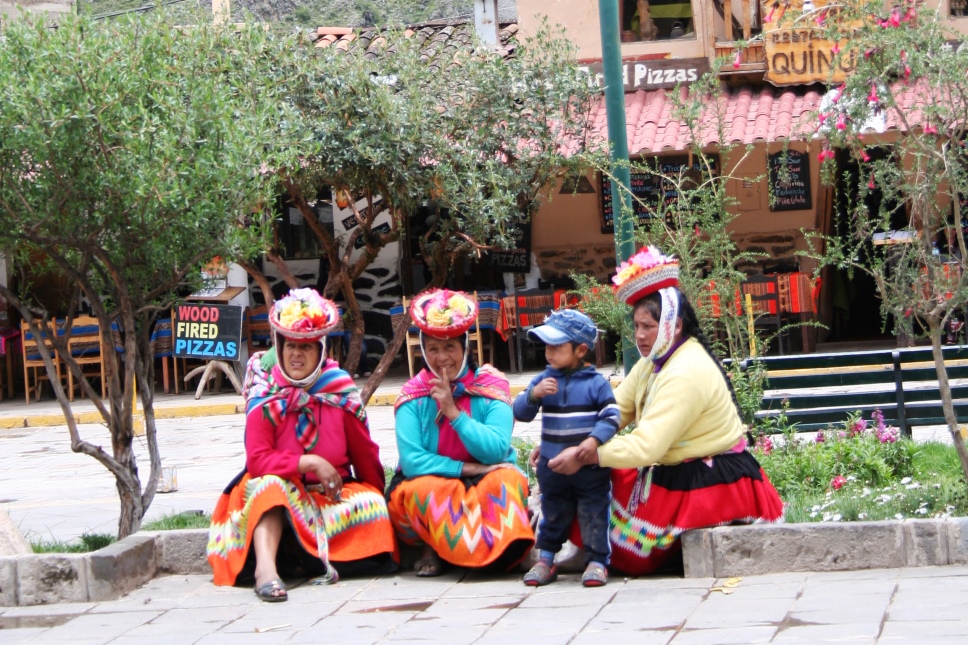
In the afternoon we visit Pisac ... it is amazing how this ancient civilization built such impressive works in such inaccessible places. We climb and let ourselves be conquered by this umpteenth mysterious place ...
Today we visit the ancient town of Cuzco admiring its beauties: the Cathedral, the "Monasterio de Santa Catalina", the Convento de Santo Domingo, the "Qorikancha" but, perhaps, I am tired of museums and churches ... I want to enjoy the city differently ...
We go to the San Blas neighborhood, just behind the Cathedral; very narrow cobblestone alleys, white walls and cobalt blue doors and windows.
Many characteristic views that make us appreciate this ancient town even more.
We go through the narrow streets of the "Mercado San Pedro", we get lost in the bright colors of their fabrics, intoxicated by the scents of a thousand spices but the time comes to close the backpacks and, untangling ourselves in the chaotic traffic of a Saturday afternoon market, in taxi, in twenty minutes we reach the airport ... two flights are waiting for us to reach Quito!
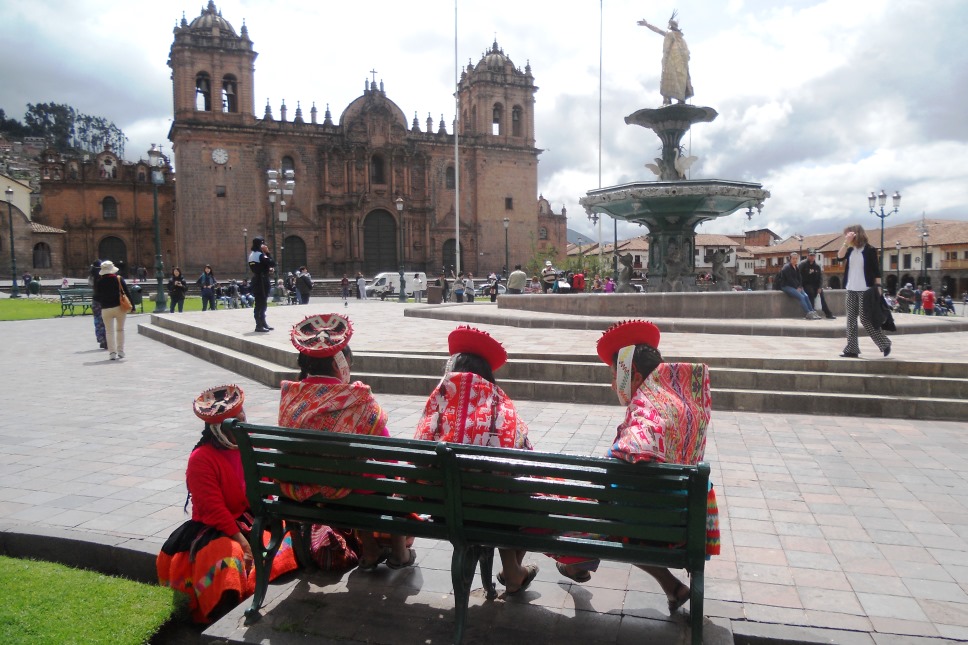
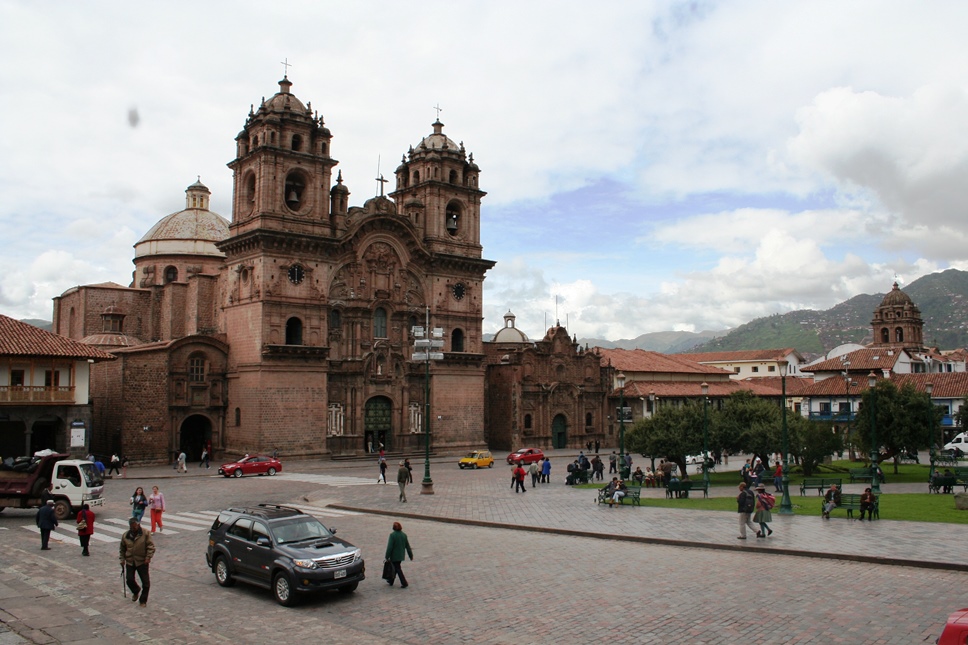
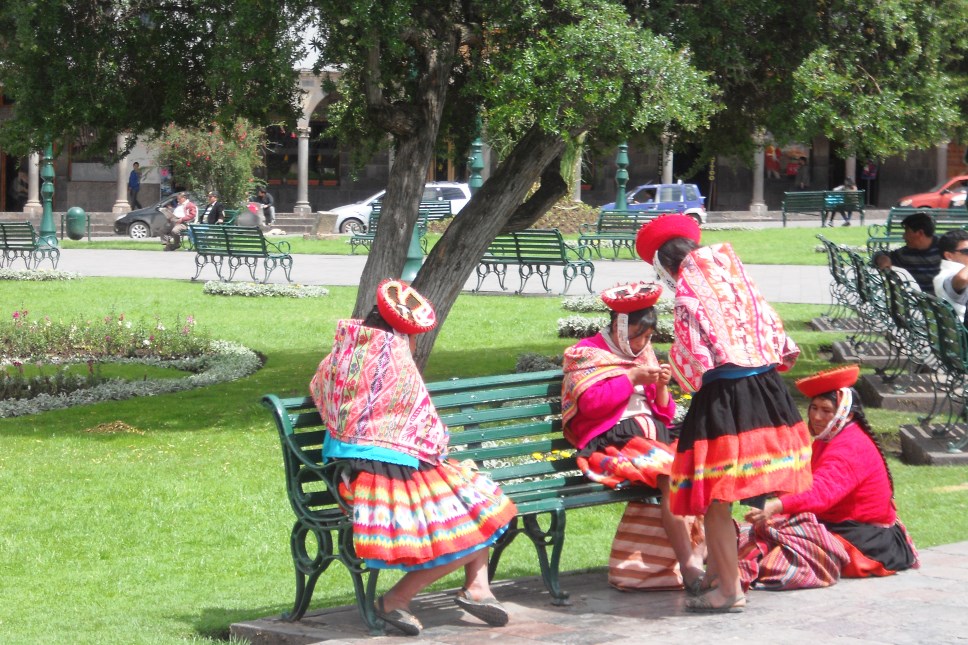


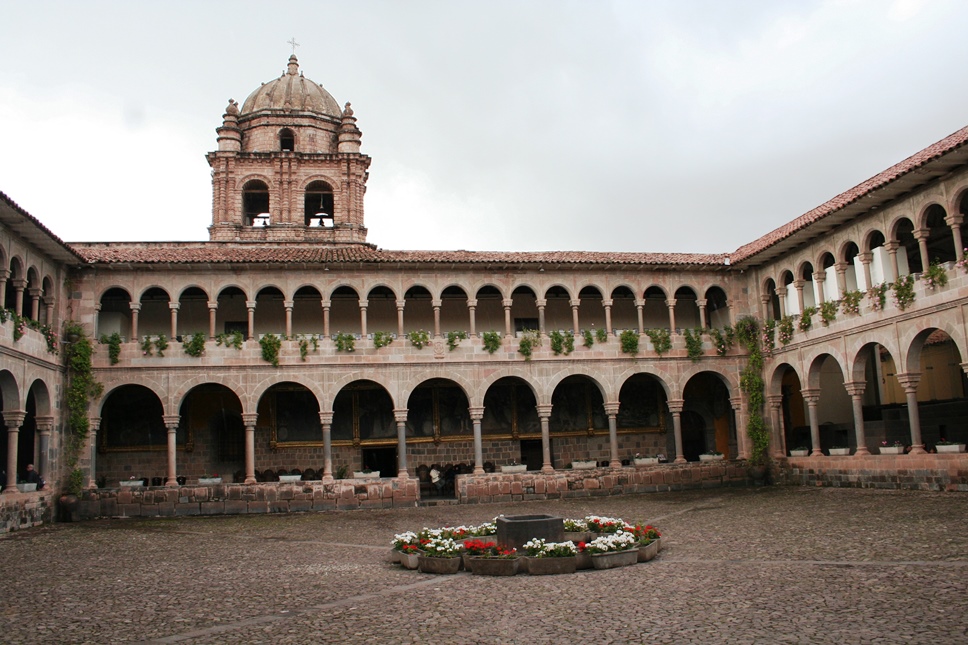

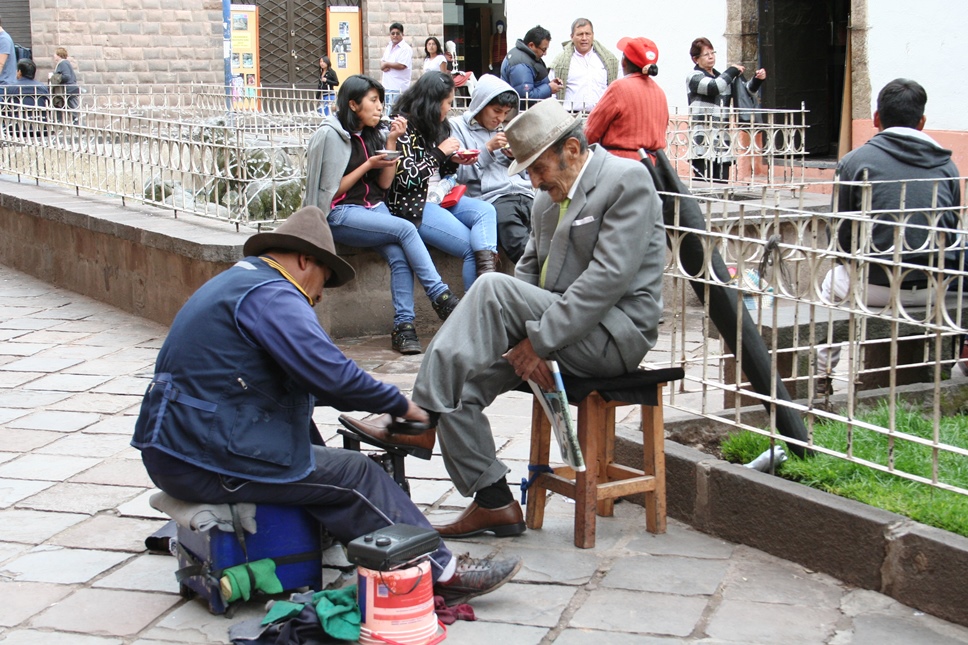
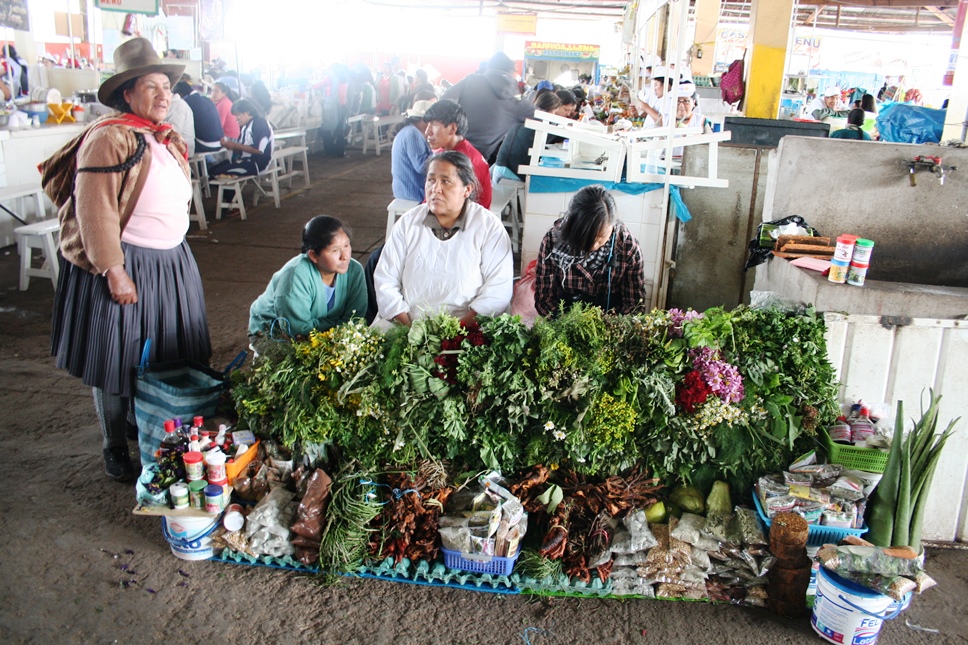
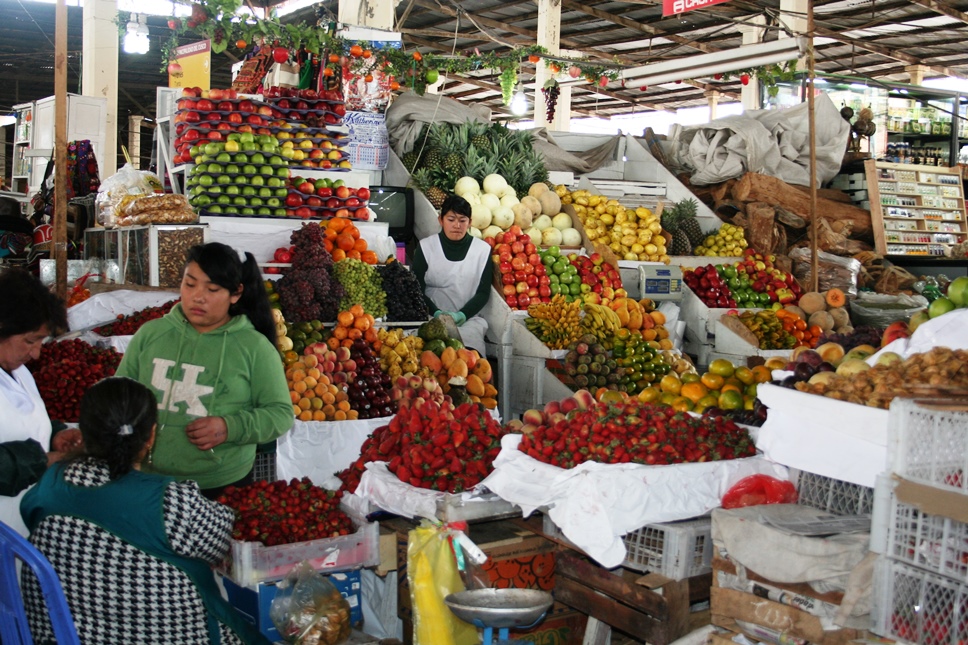
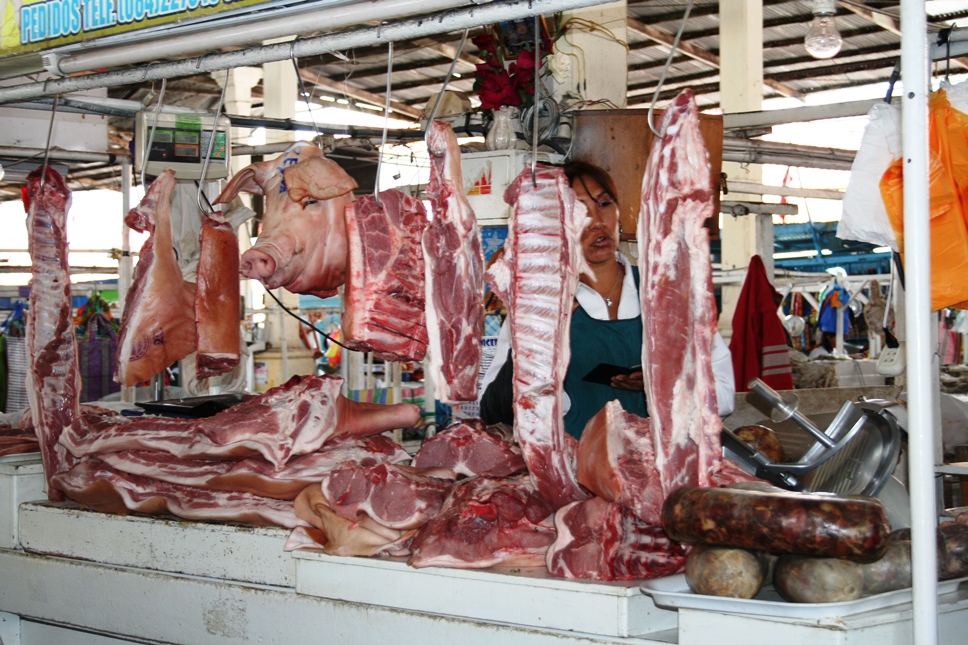
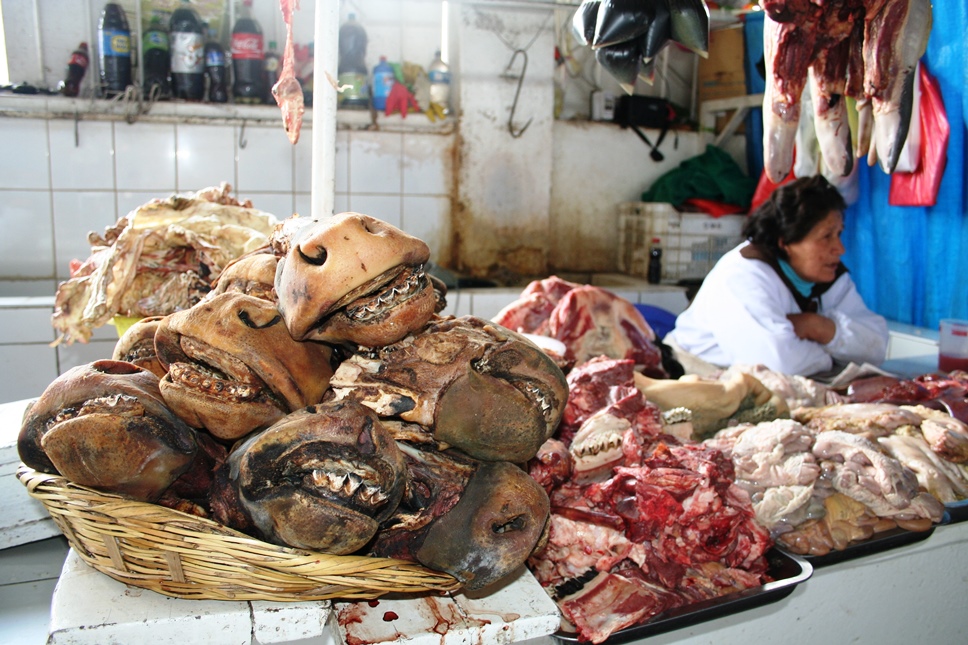
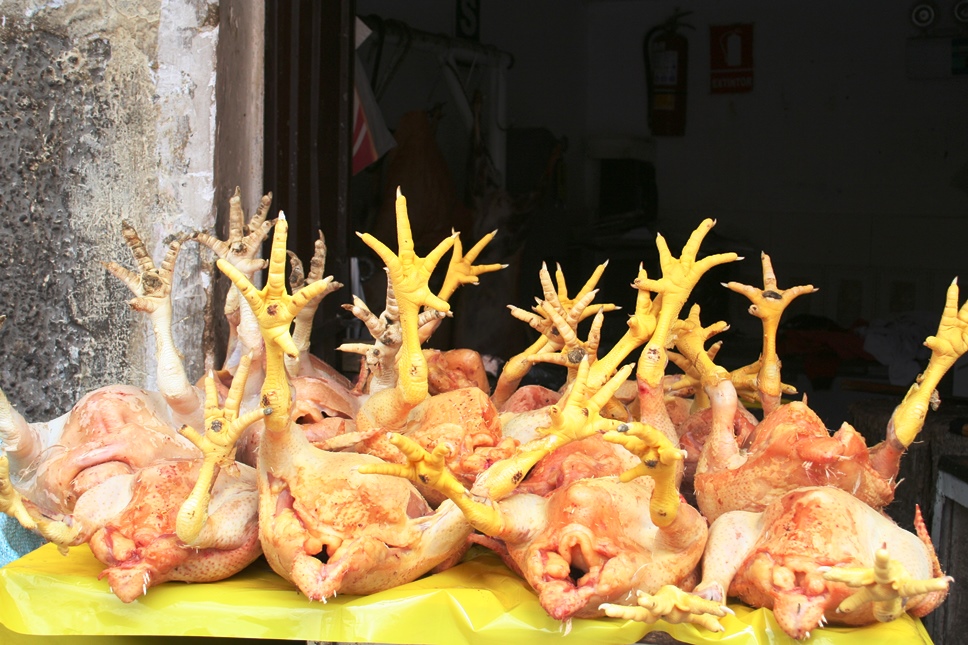
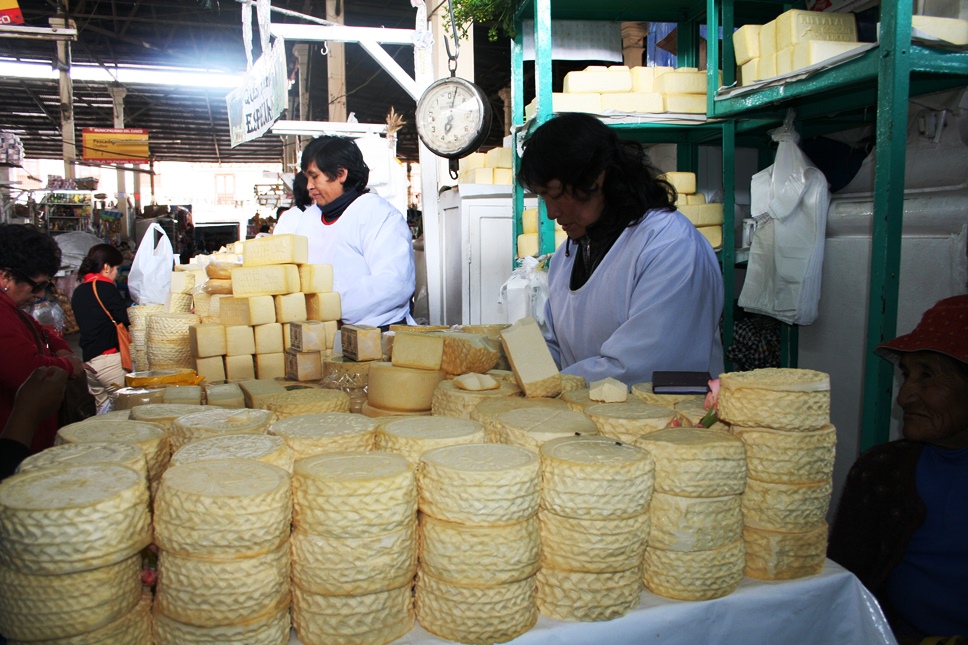
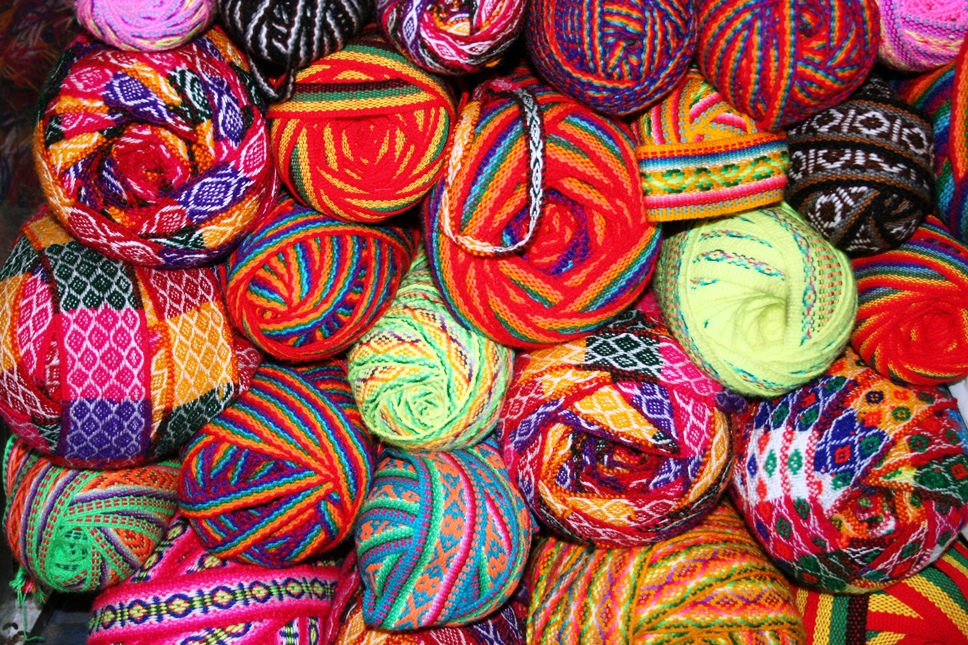
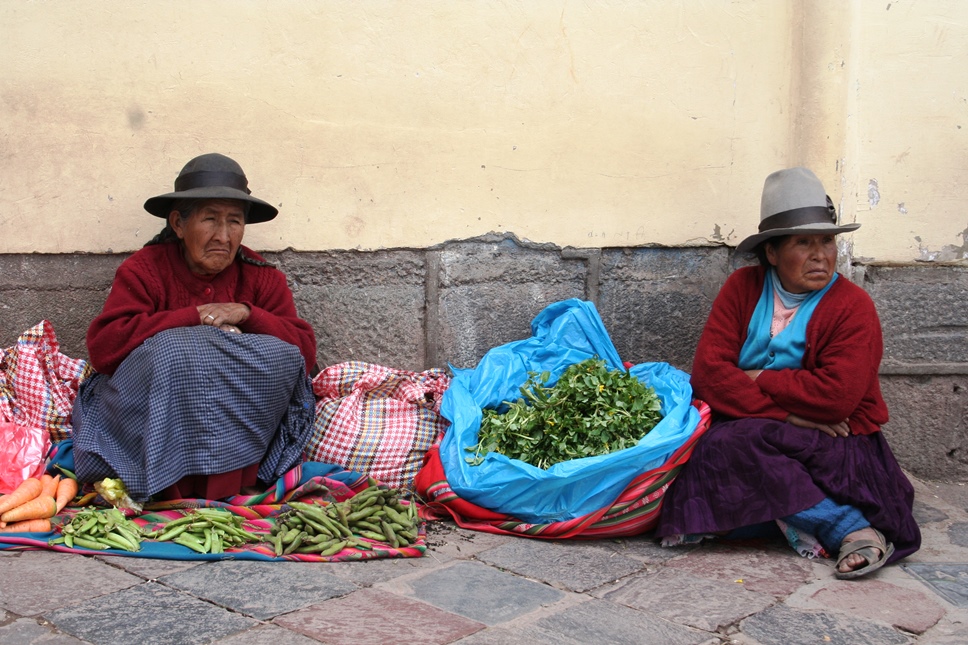
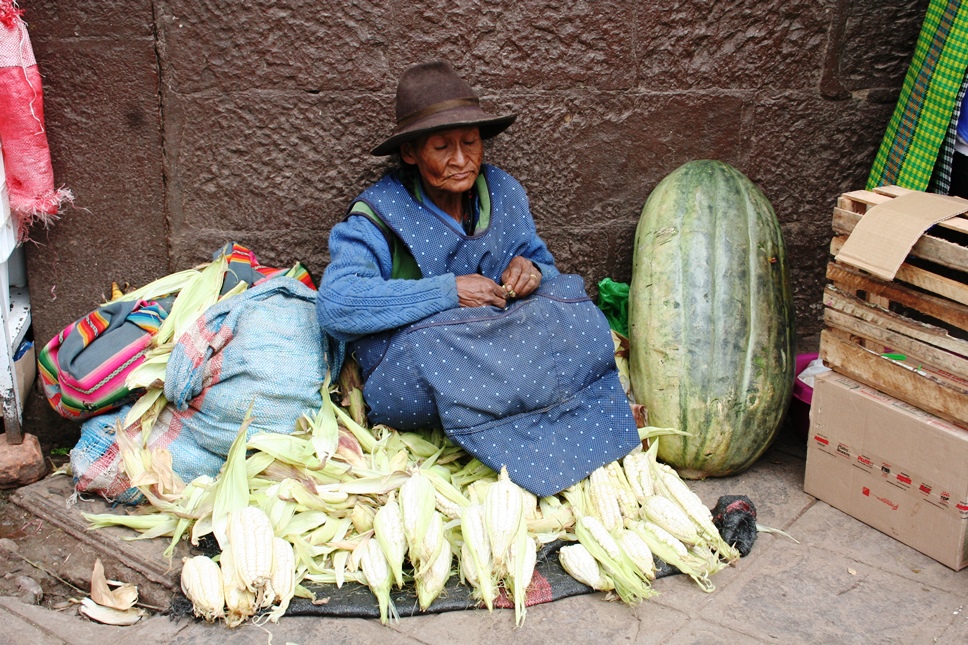
Error: No feed found.
Please go to the Instagram Feed settings page to create a feed.
4 Responses
Come sempre mi fatte sognare. Voi il modo di viaggiare lo avete nel sangue. Nn c’è nulla da fare. Esperienza che rimangono a vita. Bravi! Bravi!
Cara Vessy, i tuoi commenti, come al solito, ci inorgogliscono… aspetta di leggere la seconda parte del viaggio, quella relativa alla Bolivia allora… è stata ancora più entusiasmante!!!!
Hola! Soy Rocio del Perù…
que maravilla volver a vivir la emociòn de mi hermoso y maravilloso Perù…
Muchas gracias!!!
Muchissimas gracias a ti… we have loved Peru so much and we cant wait to go back there again soon!